Learning in L.O.T.E.
Miss Breadon

Learning in L.O.T.E.
Miss Breadon
Konnichiwa friends!
Our Junior School students have been enjoying a range of different activities to practise their Japanese skills this semester. Please have a read below.
PREP
Prep students have started to learn traditional Japanese greetings and made some cute elephant puppets to say “konnichiwa” and “sayounara”. They also began using classroom words, such as sensei (teacher), enpitsu (pencil), hon (book) and isu (chair). Students tentatively tried wasabi peas and more enthusiastically enjoyed some sweet Pocky treats. They played games to identify the Japanese flag and were introduced to a range of basic colour words. Students regularly practised recognising, saying and matching the colour words through visual tasks. Some of these activities involved colouring rainbows and dragonfly wings to match the words, whereas others were interactive games where students excitedly moved around the classroom and listened for the right colour word to see if they would be “out”.
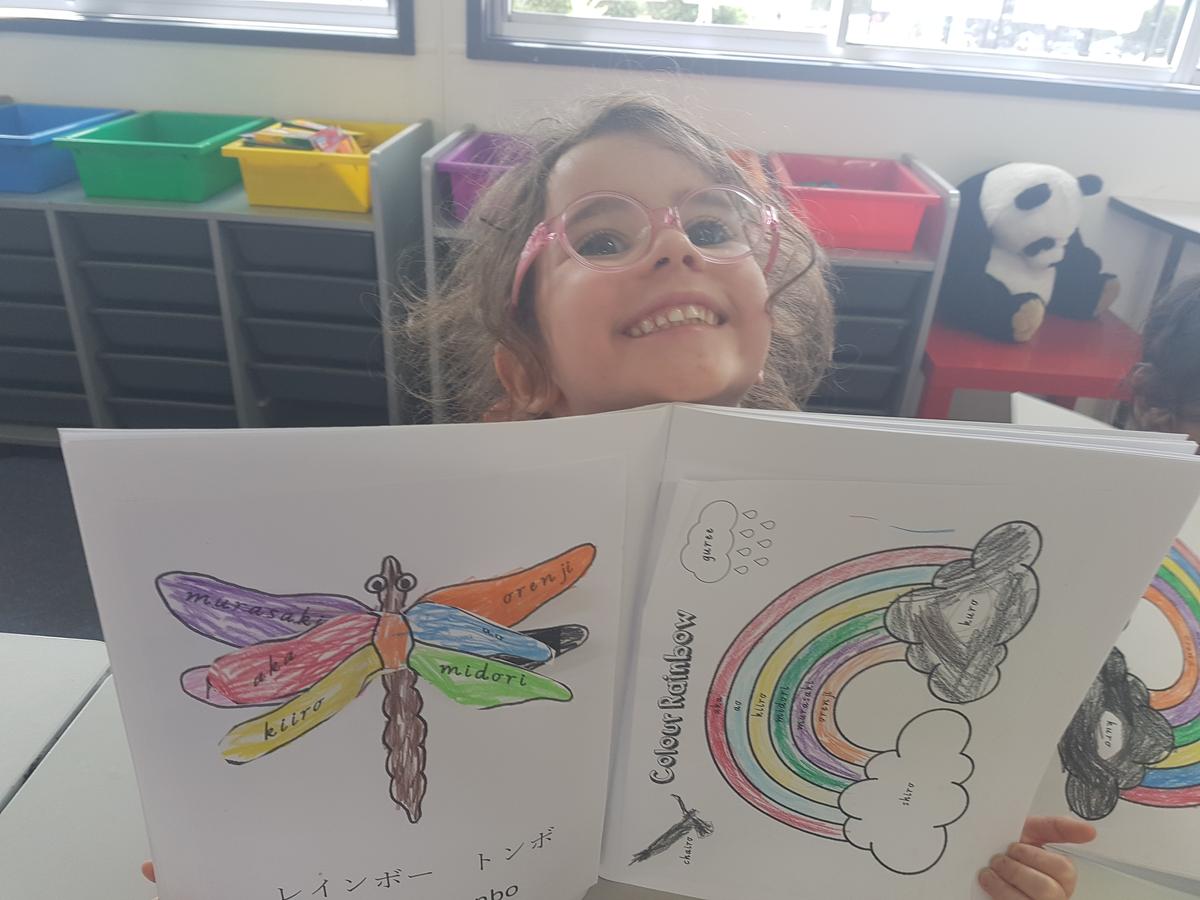
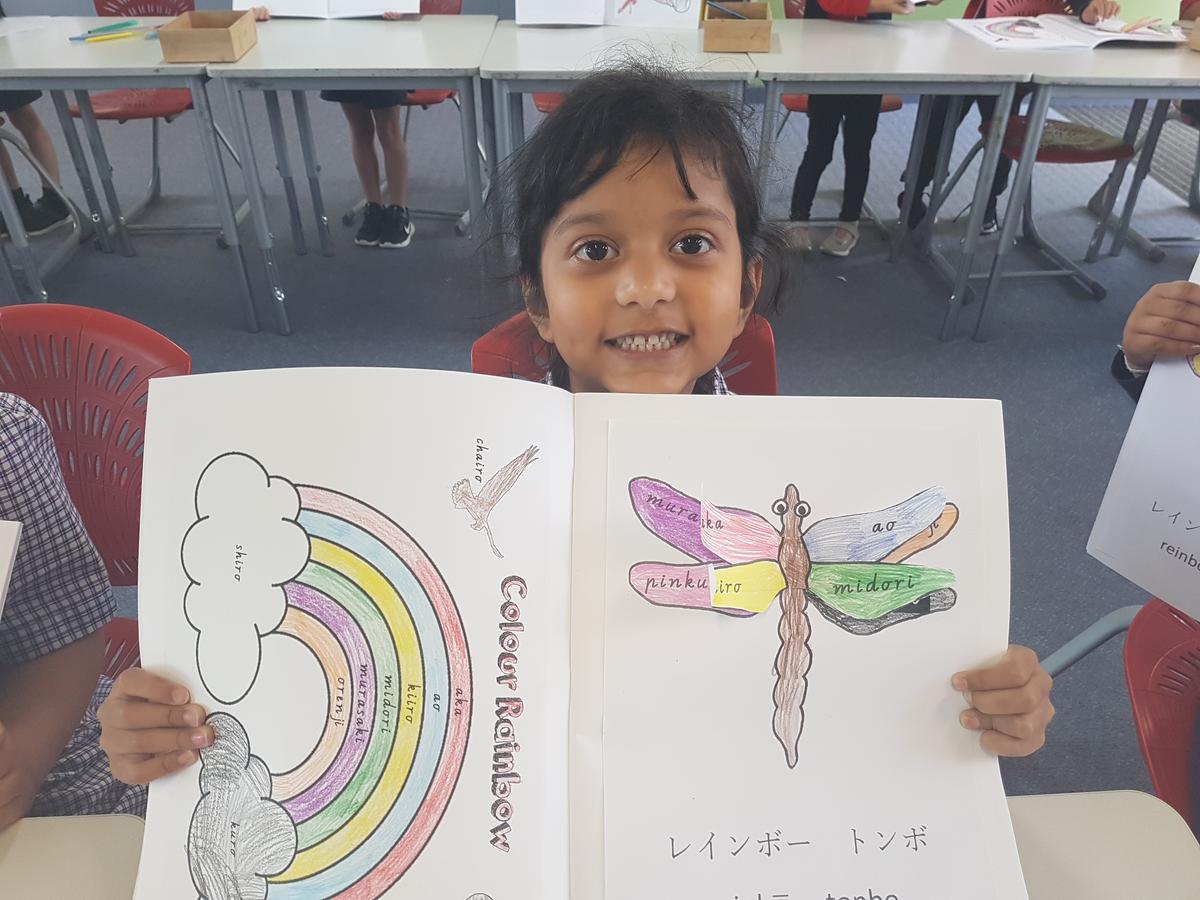
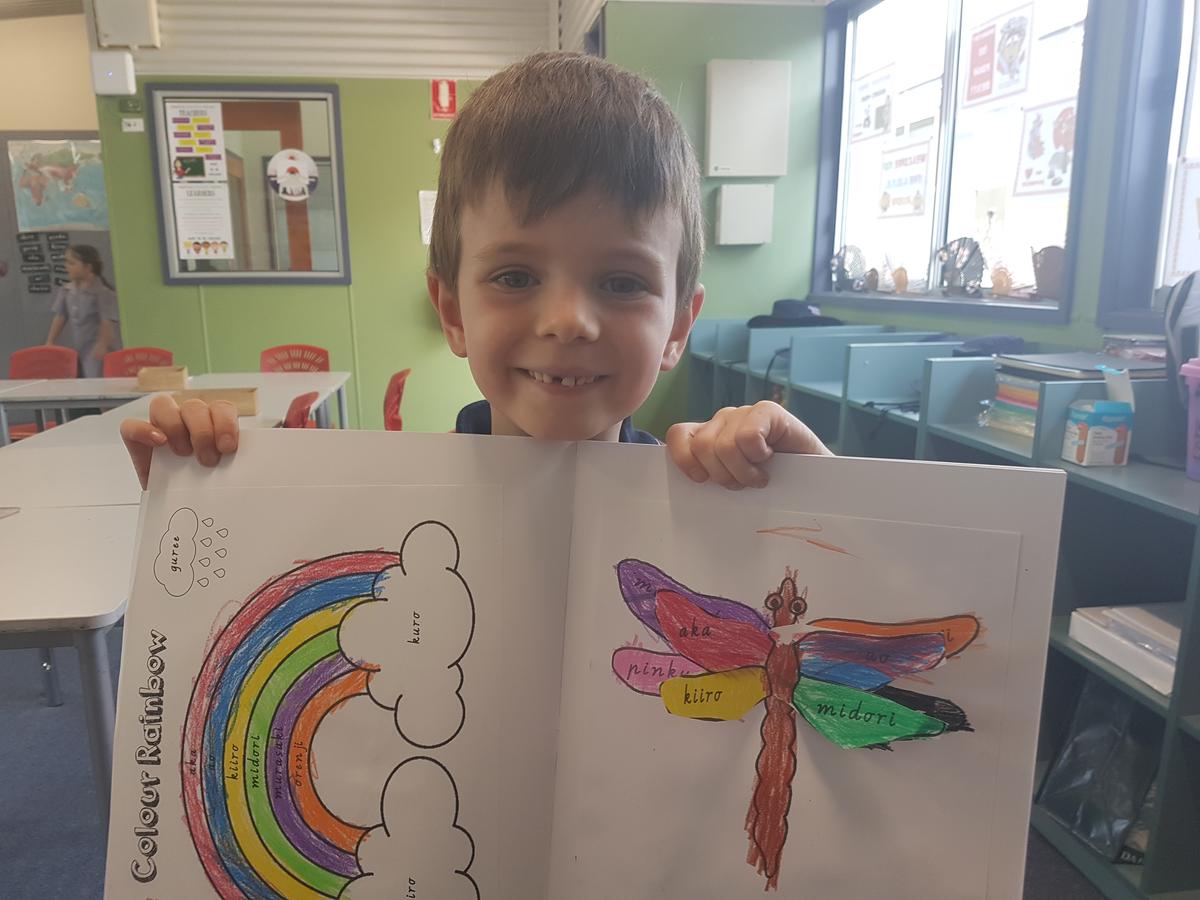
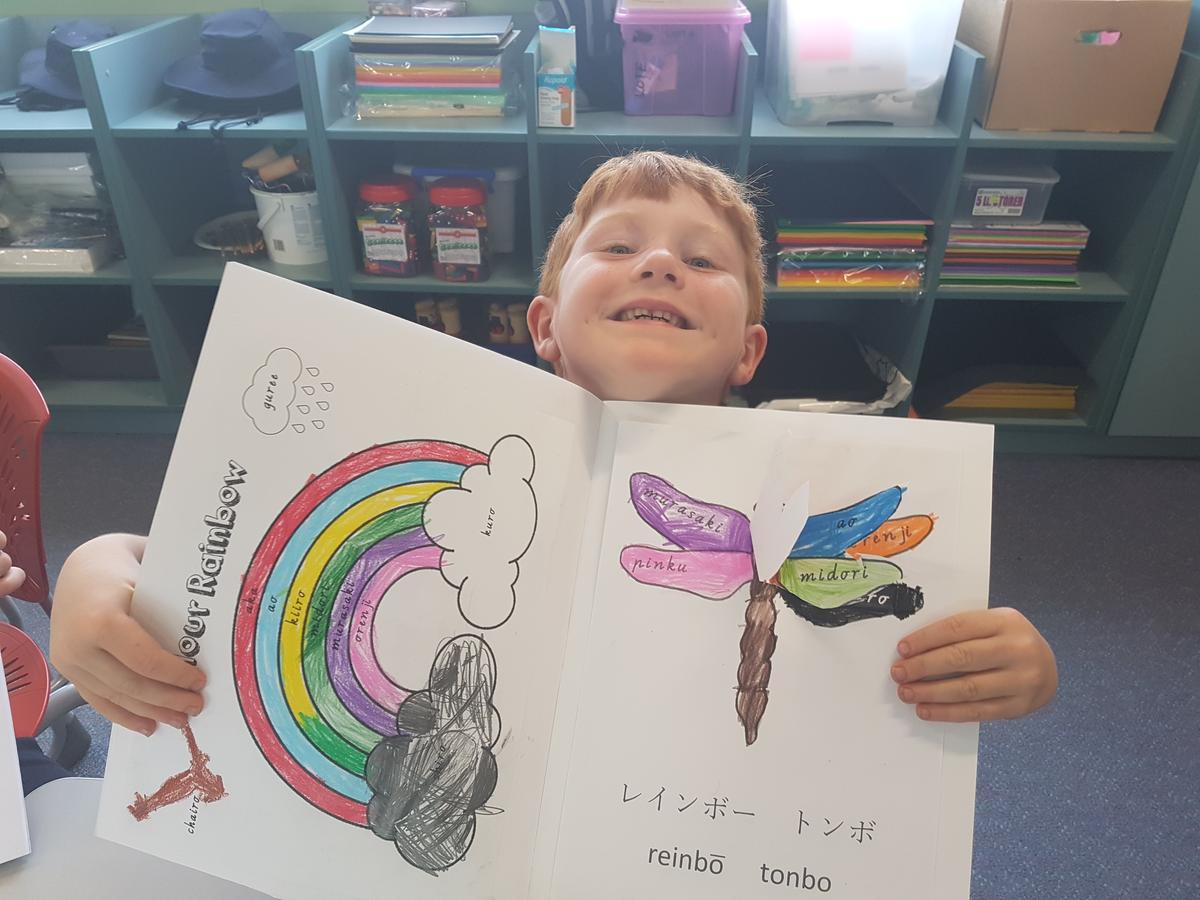
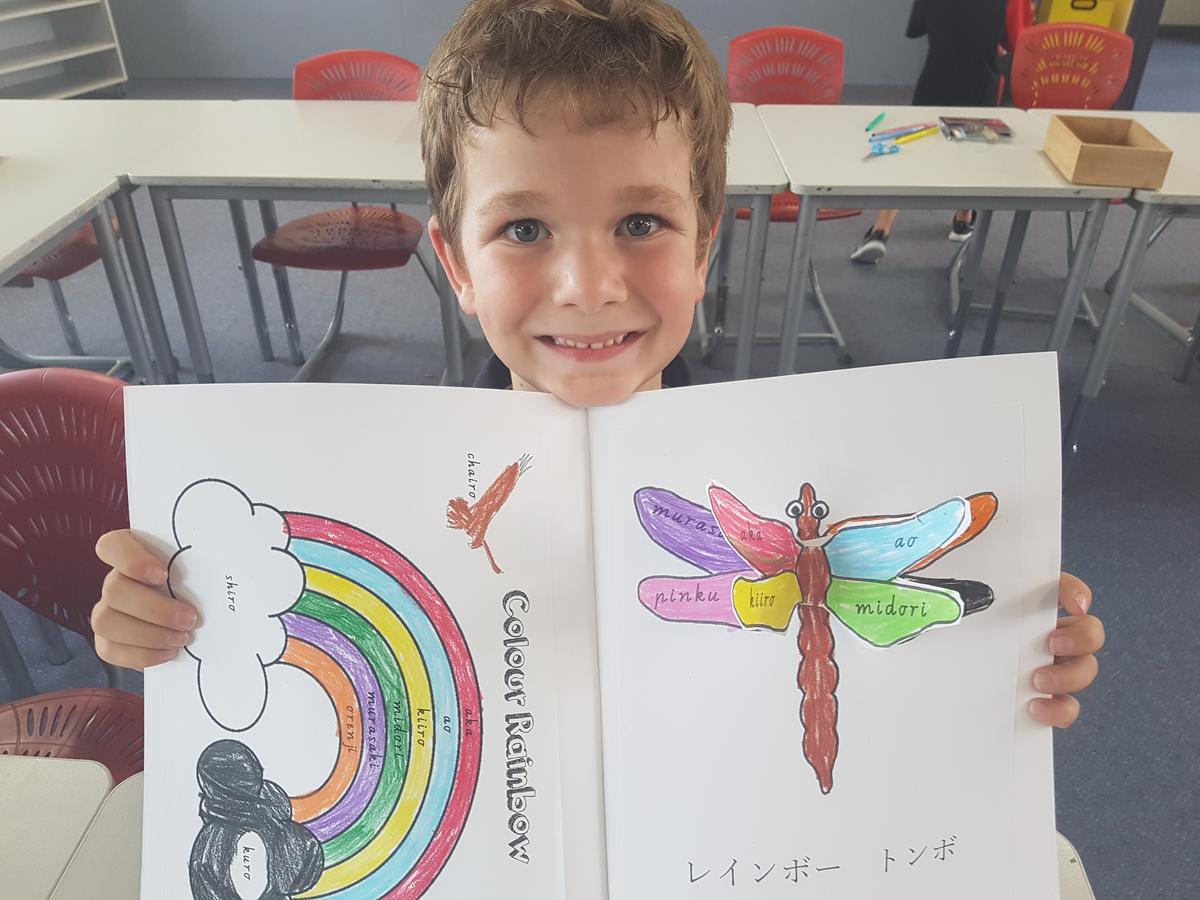
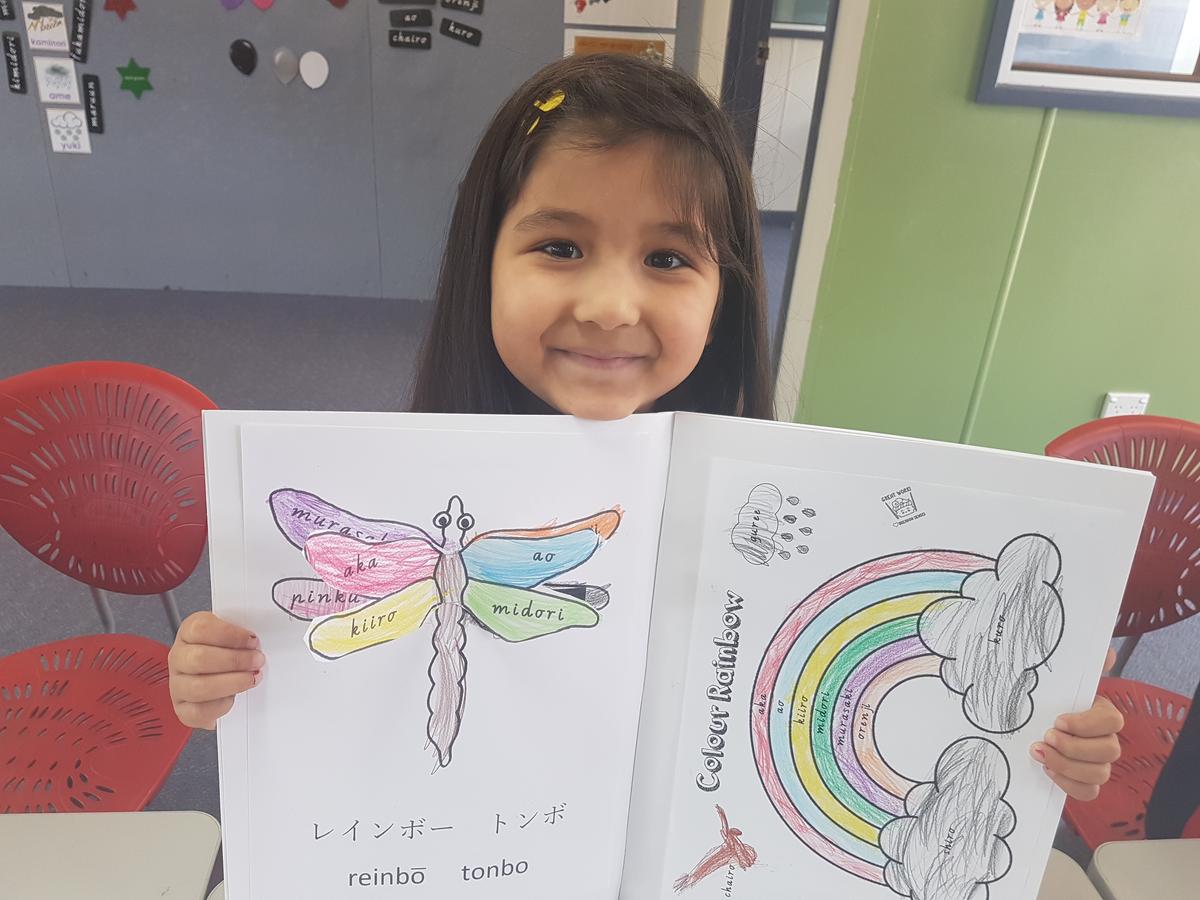






In addition to seasonal crafts, students also celebrated Panda’s birthday by singing “Otanjoubi Omedetou” (Happy Birthday) and clapping out her age number in Kanji. The Jingle Jeff song was also a great help in learning how to count sequentially to juu (10) and, by keeping track with fingers, counters, toys and tens frames, Preps were encouraged to stick to 1 to 1 correspondence when counting objects. Several engaging picture books have supported the learning this semester, such as Ten Oni Drummers, Three Ninja Pigs and A Carp for Kimiko, and cultural tales like Kintaro and My Neighbor Totoro have intrigued our younger students. Certainly a colourful highlight of this term was celebrating Children’s Day when our Preps made beautiful koi nobori (carp streamers) to fly in the wind.
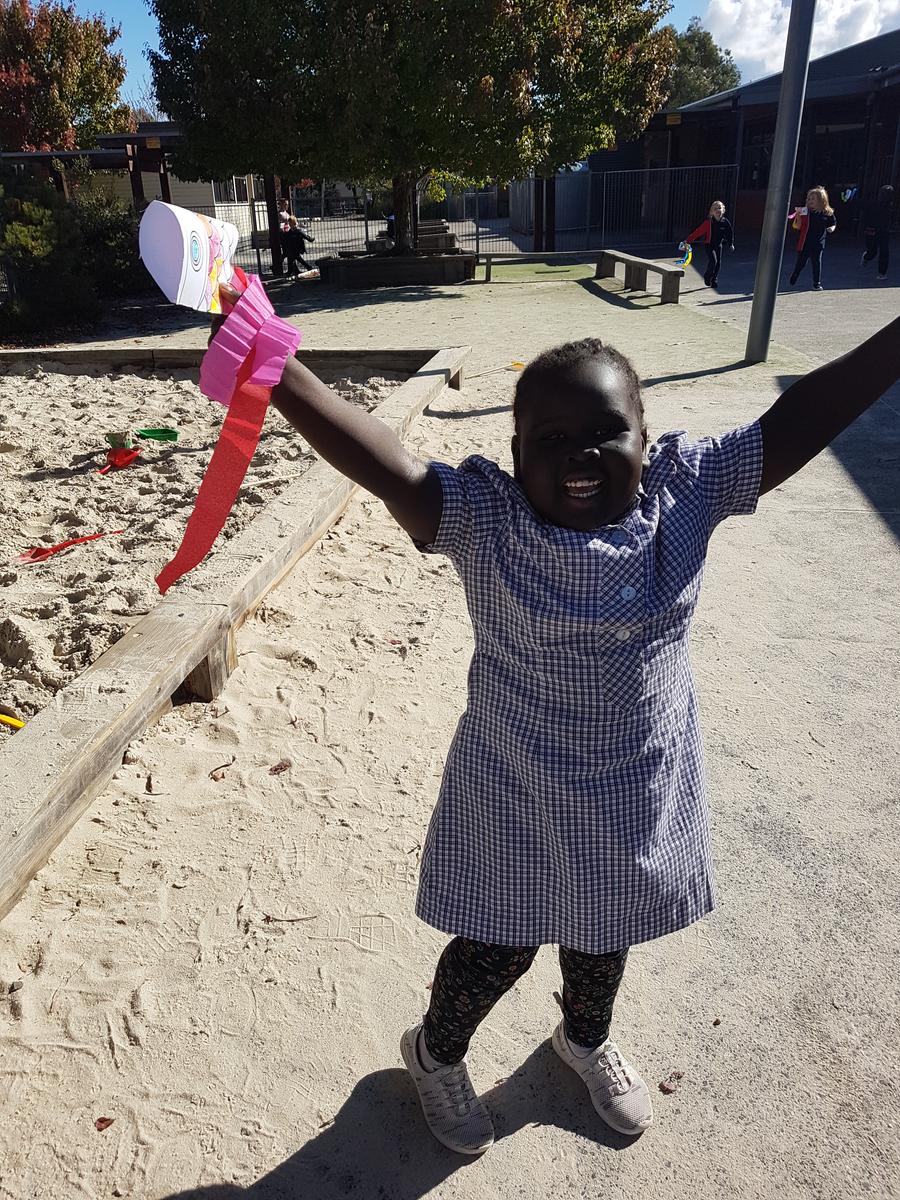
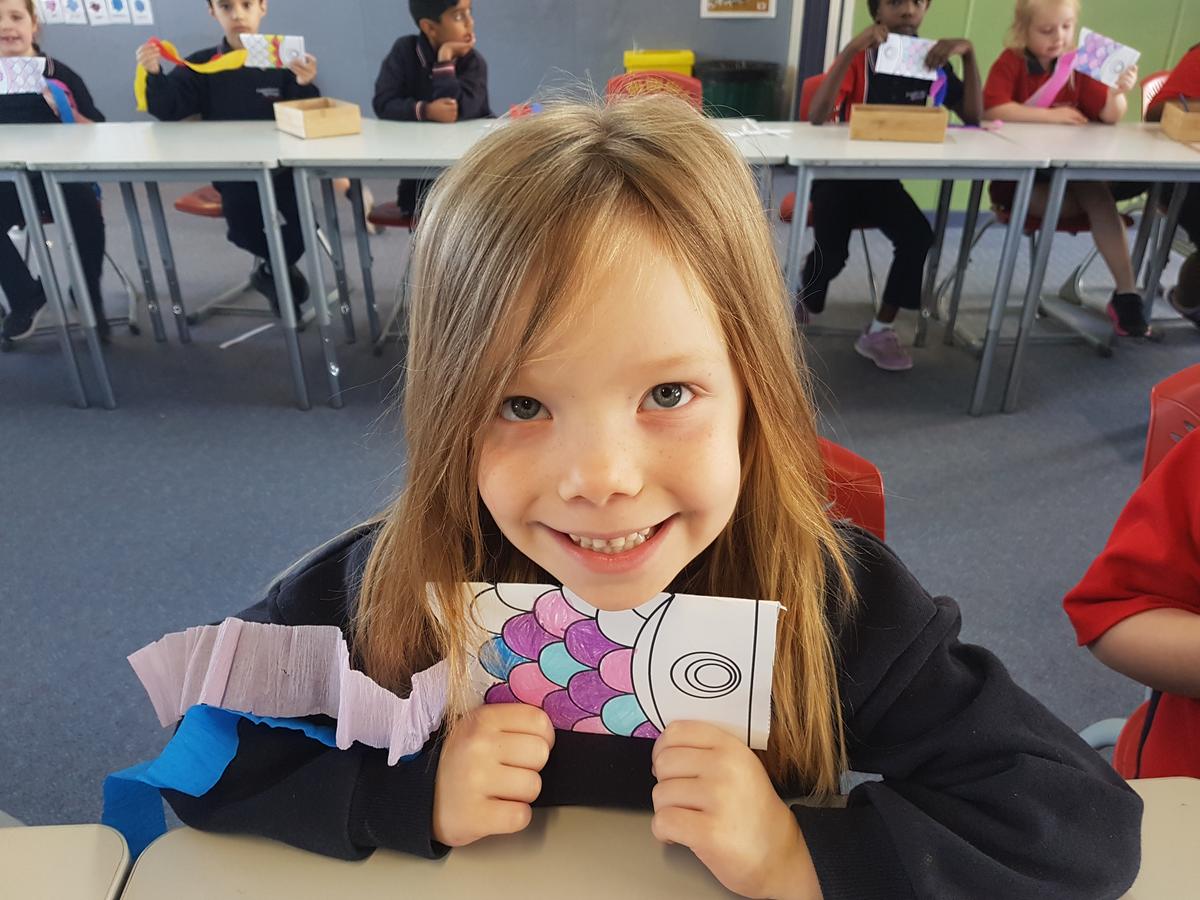
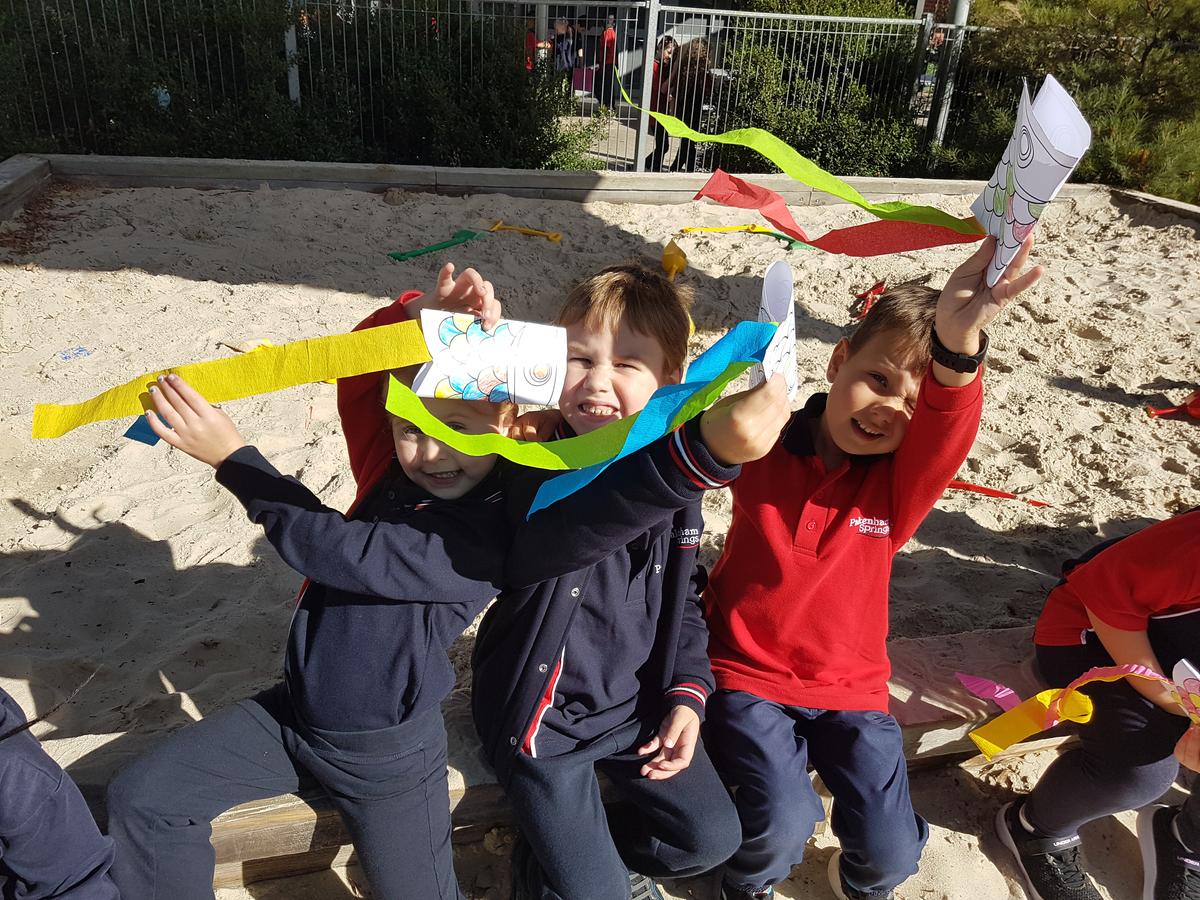
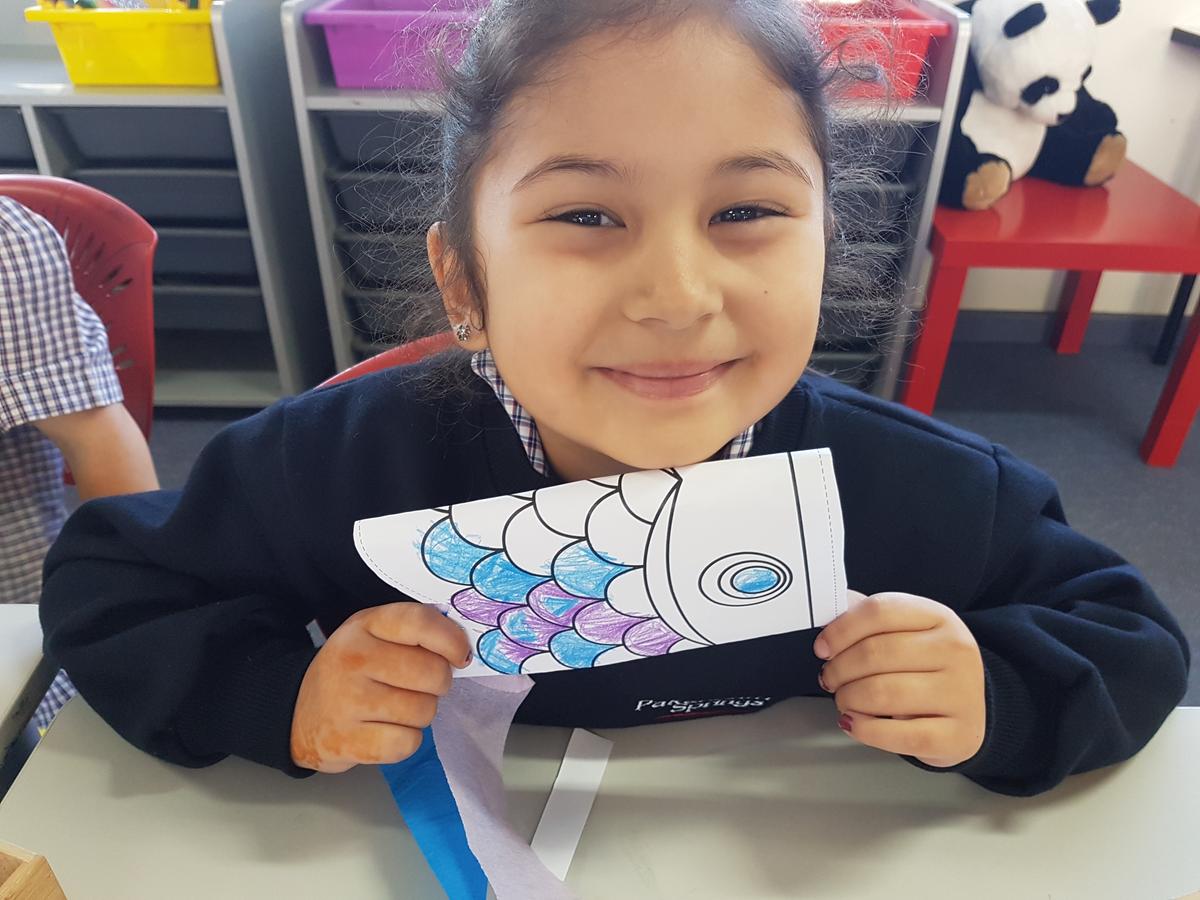
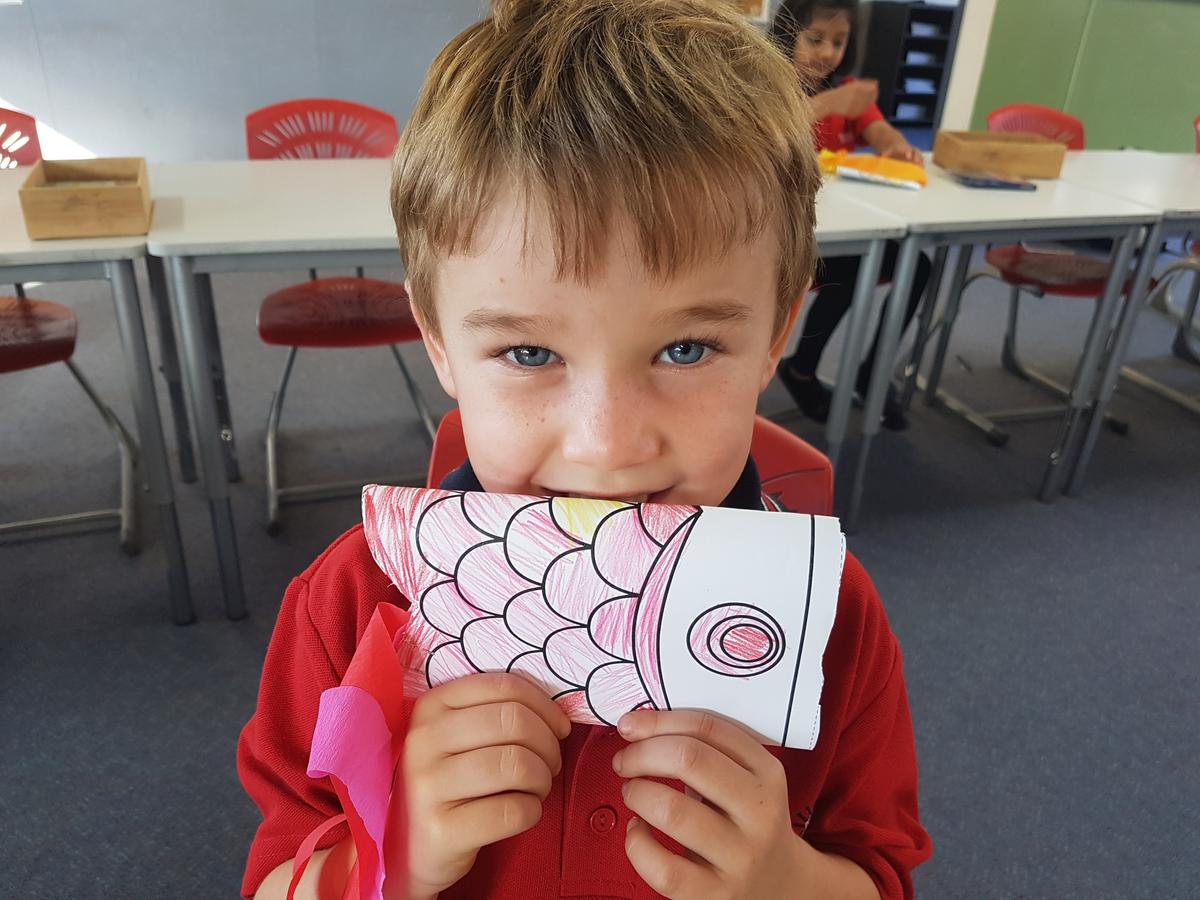
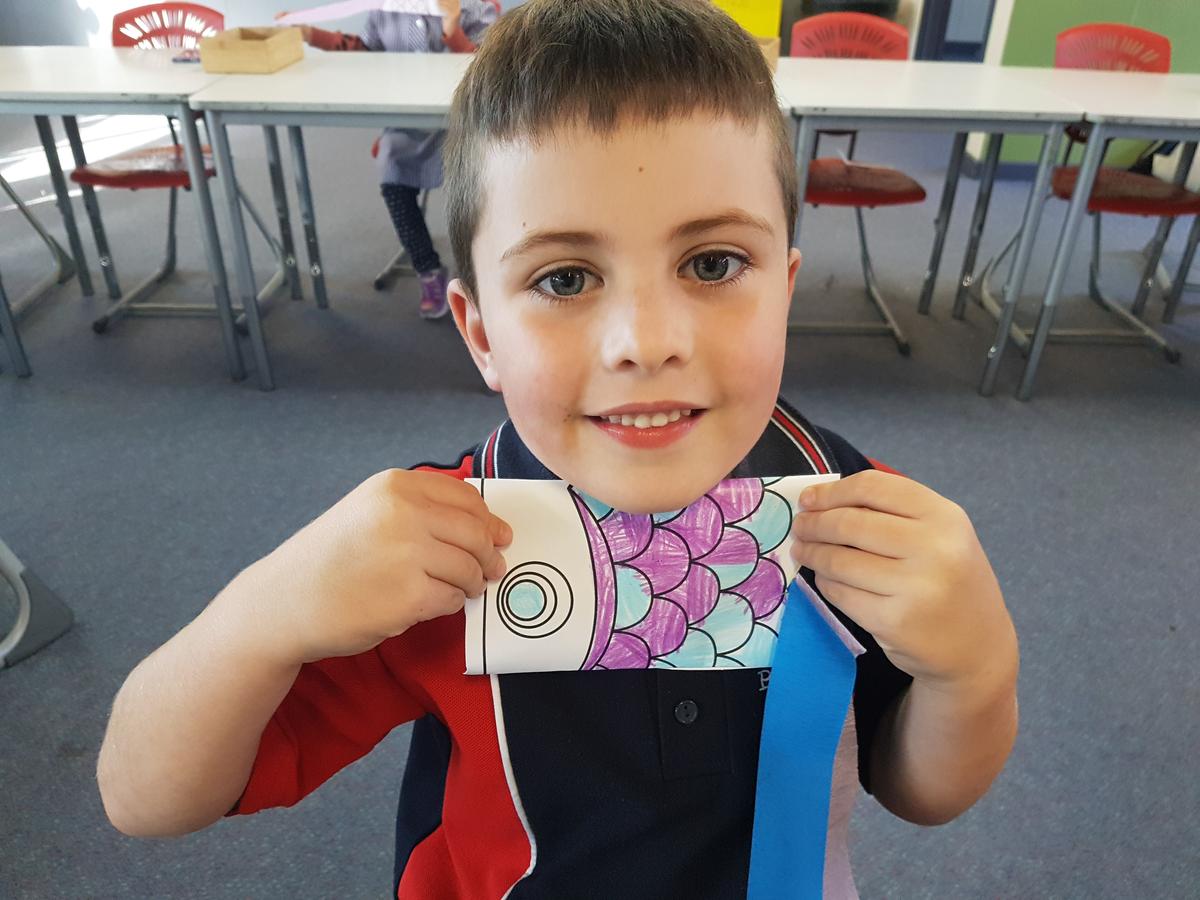
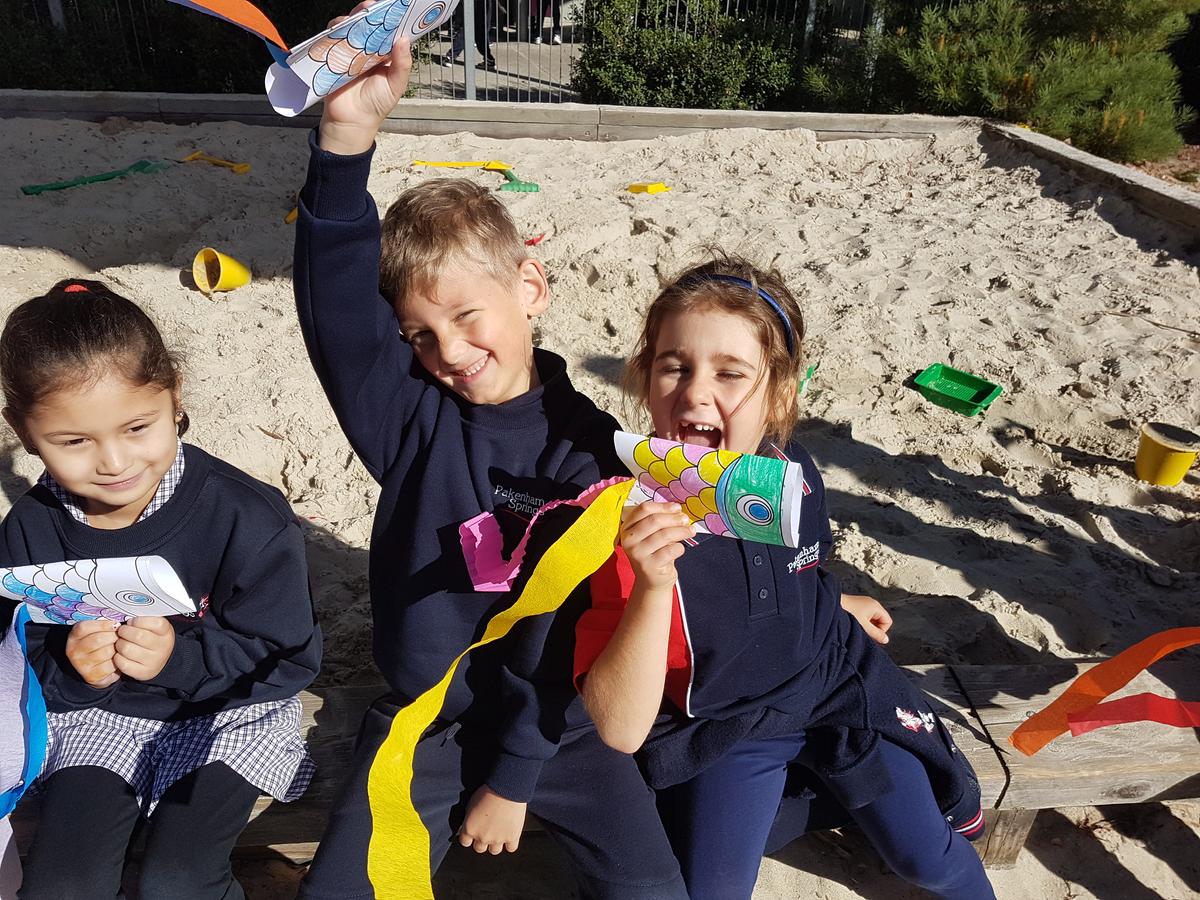
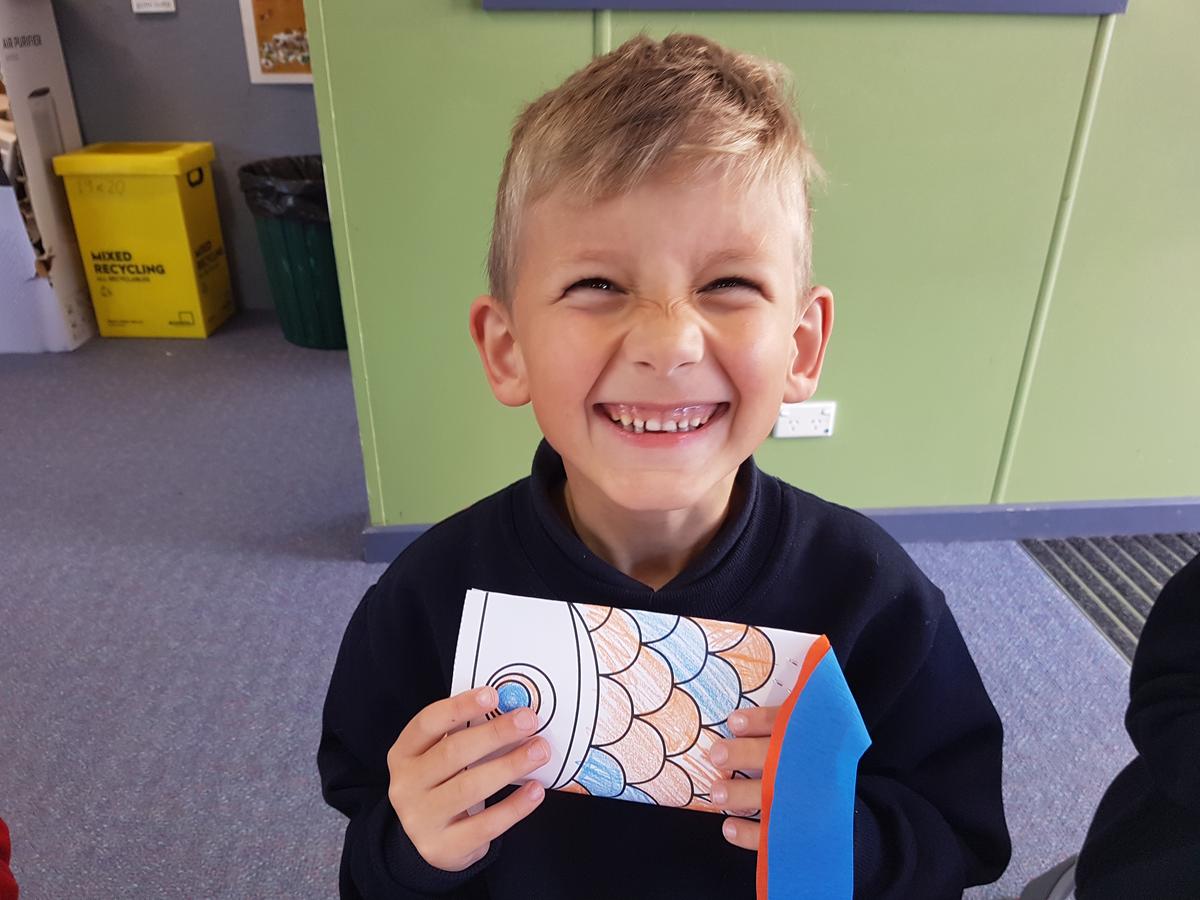

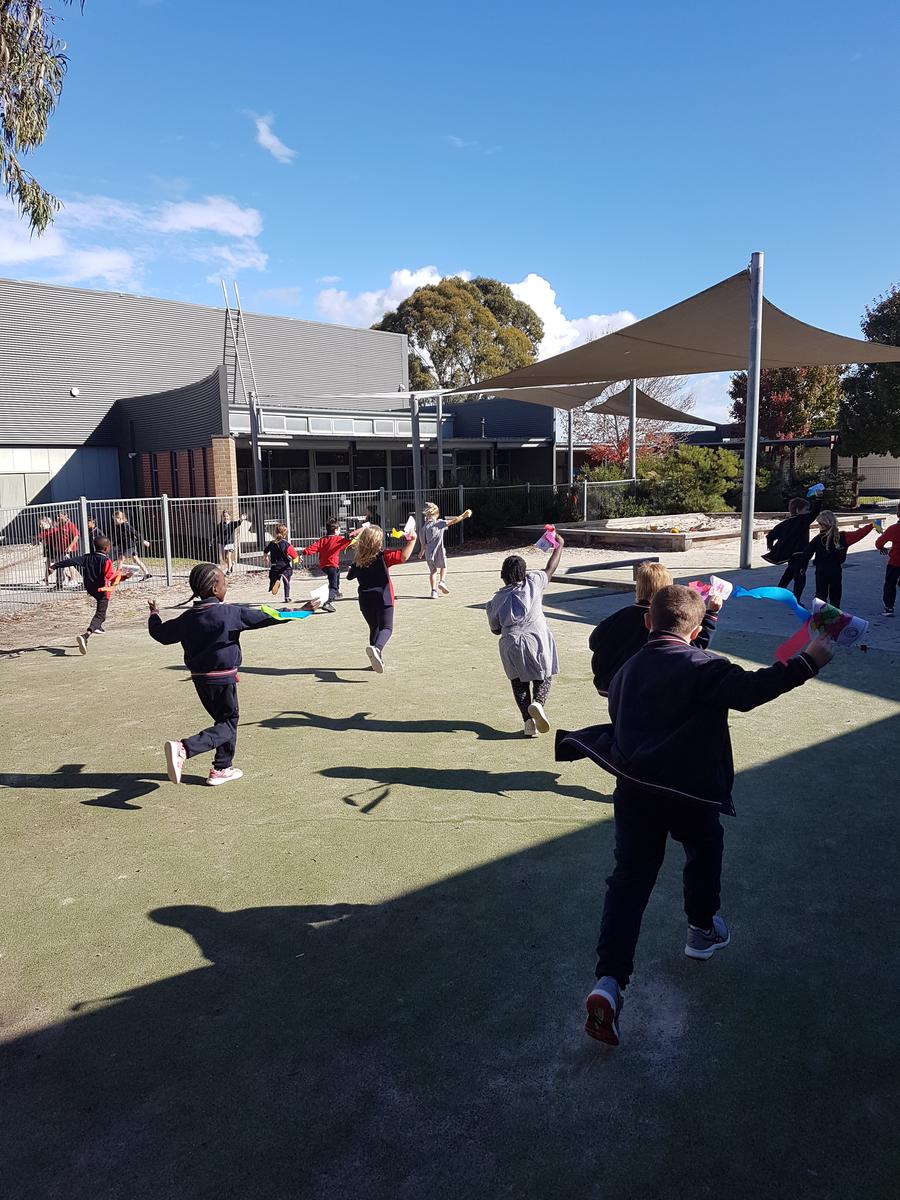
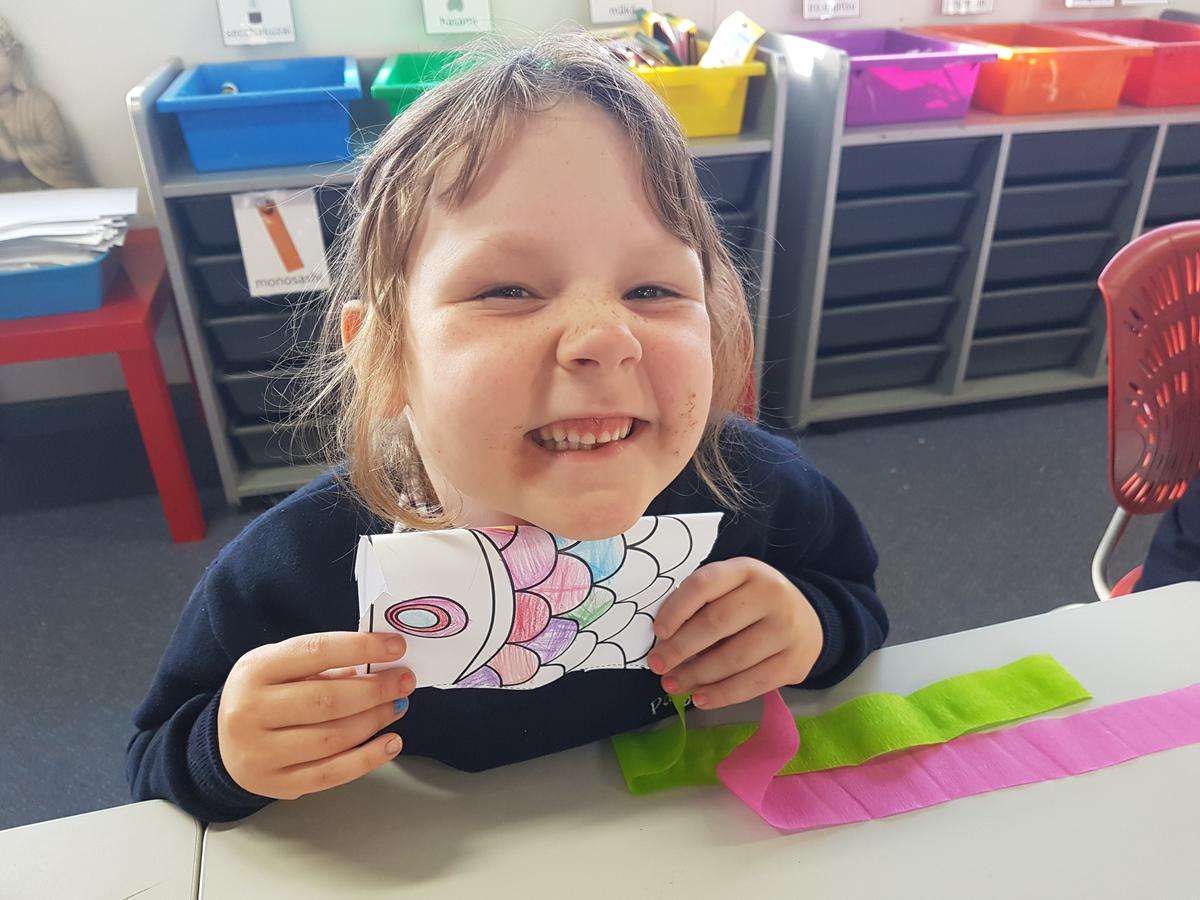
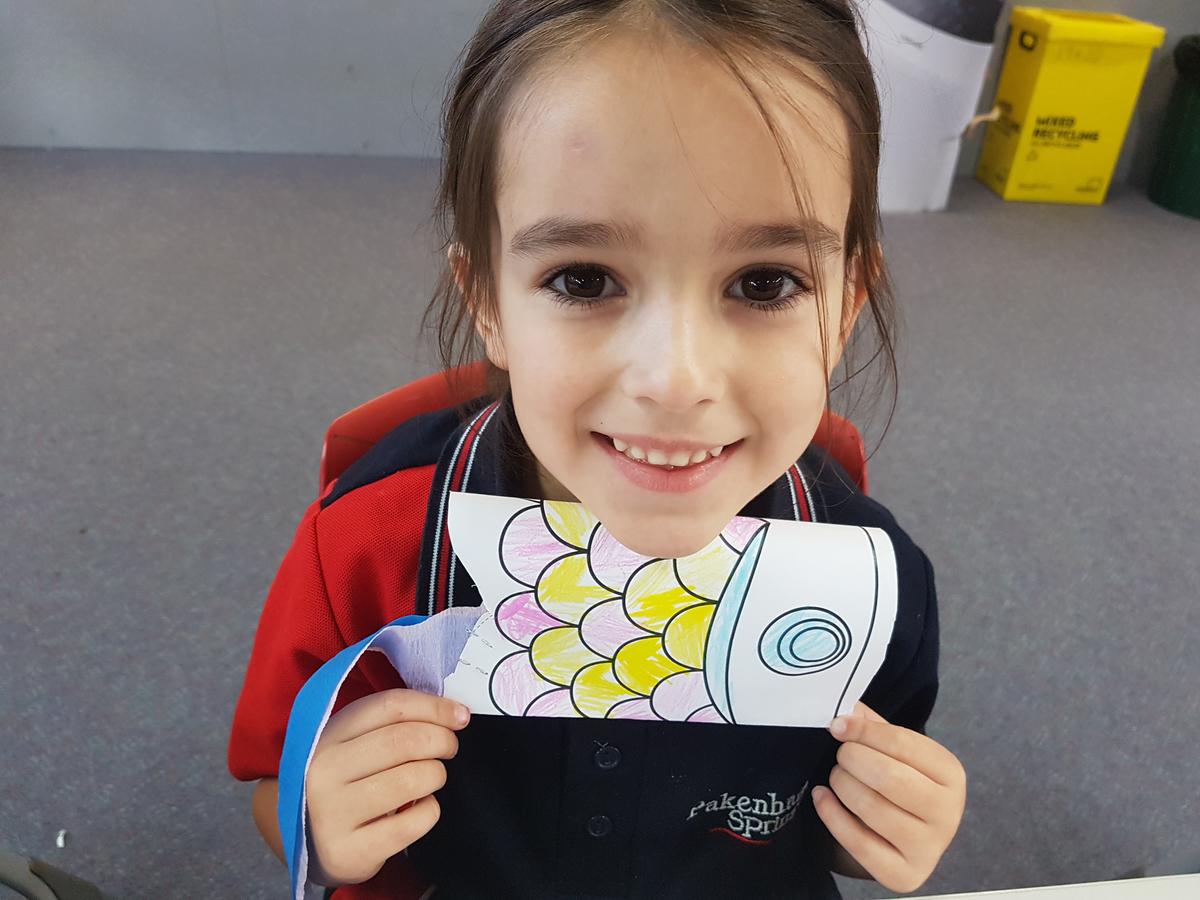
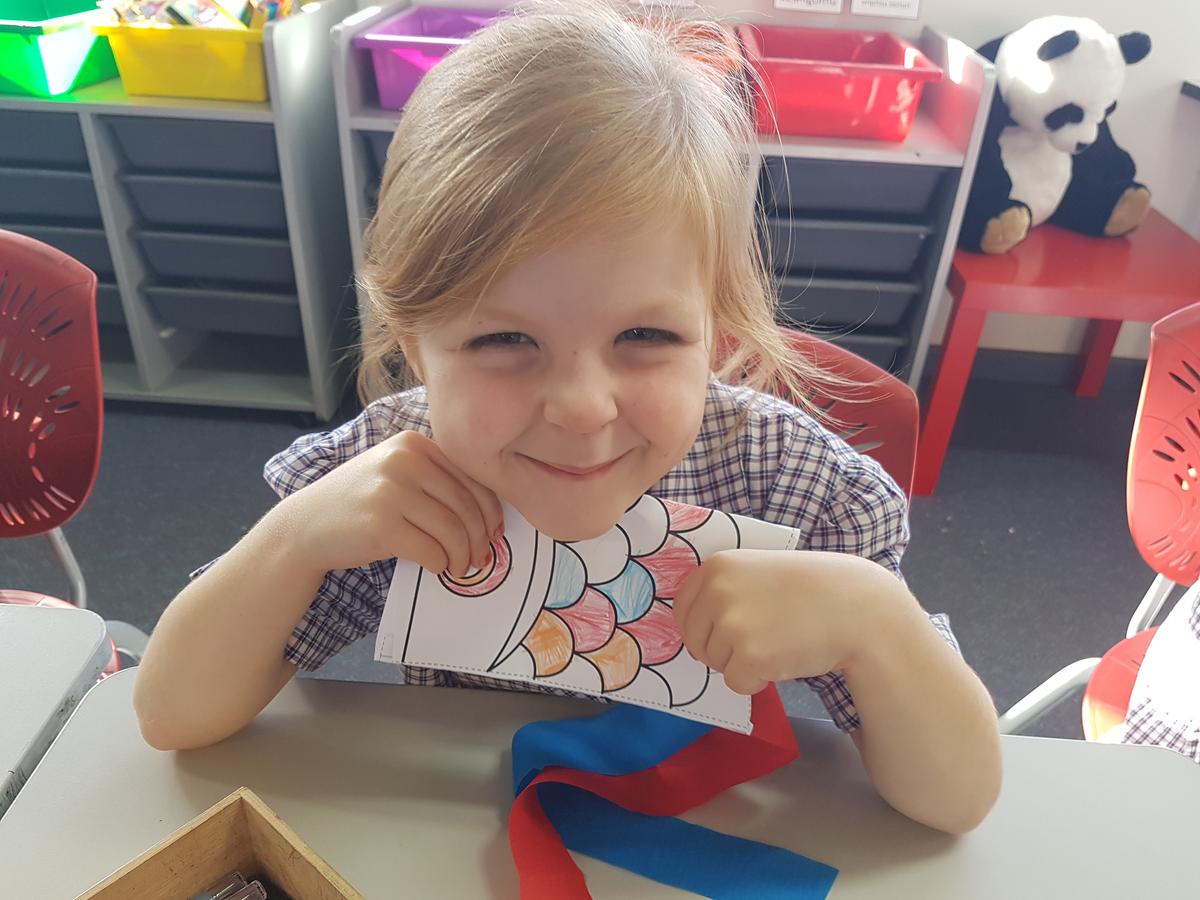
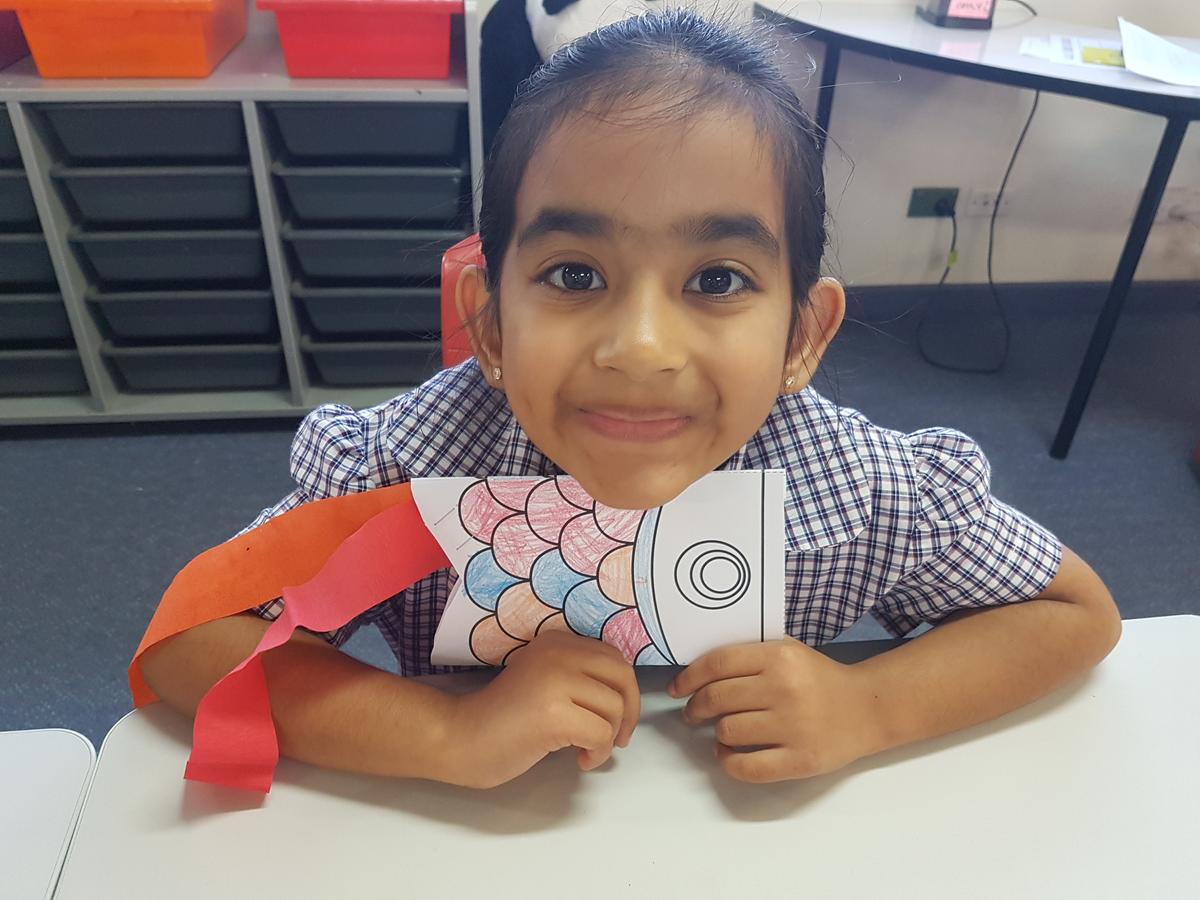

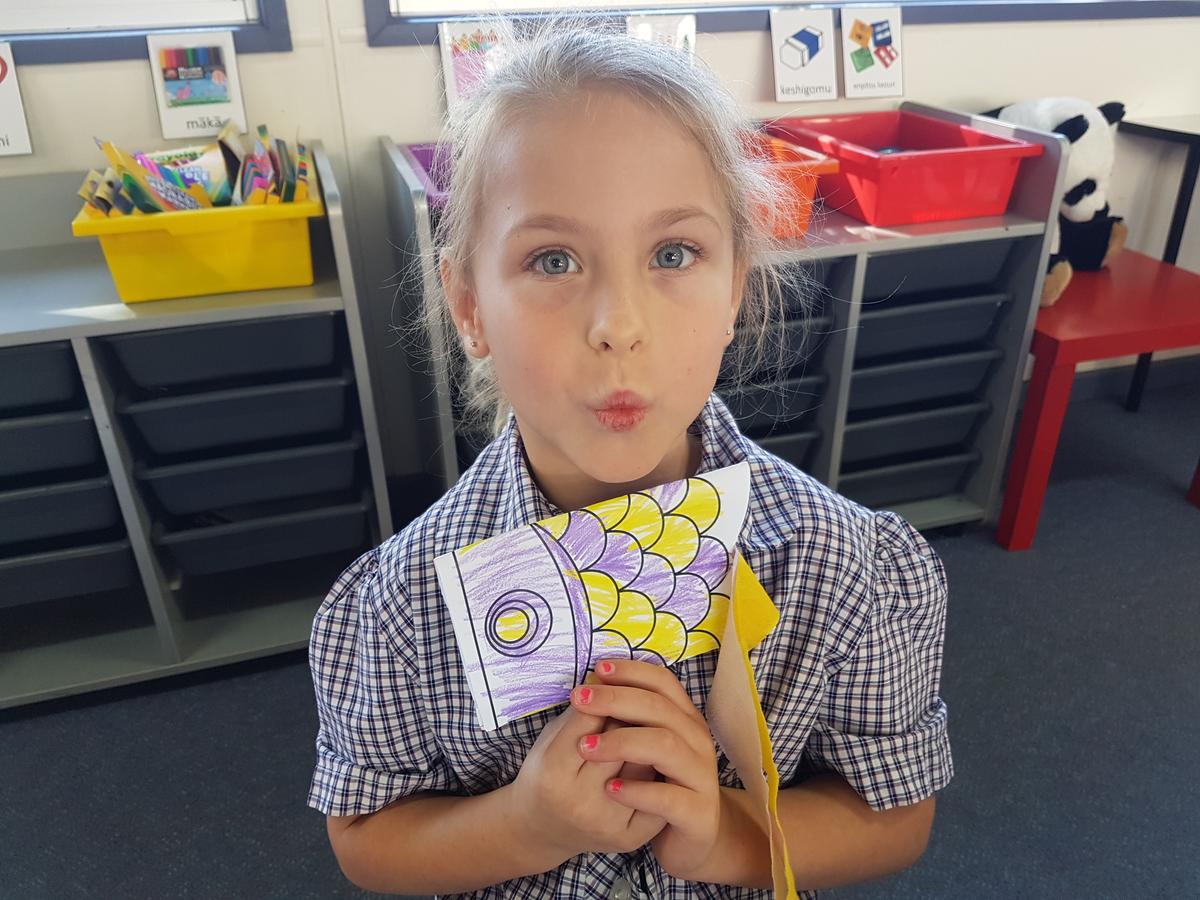


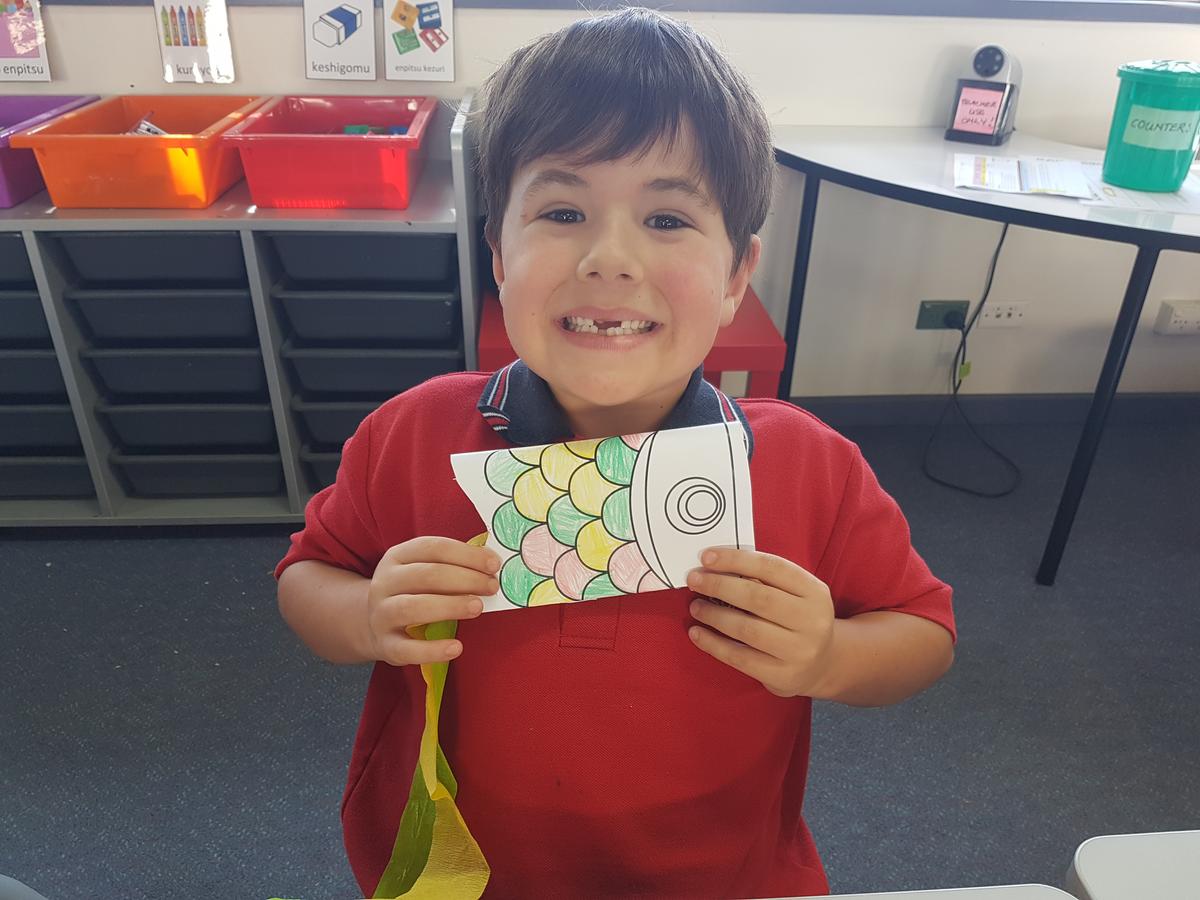
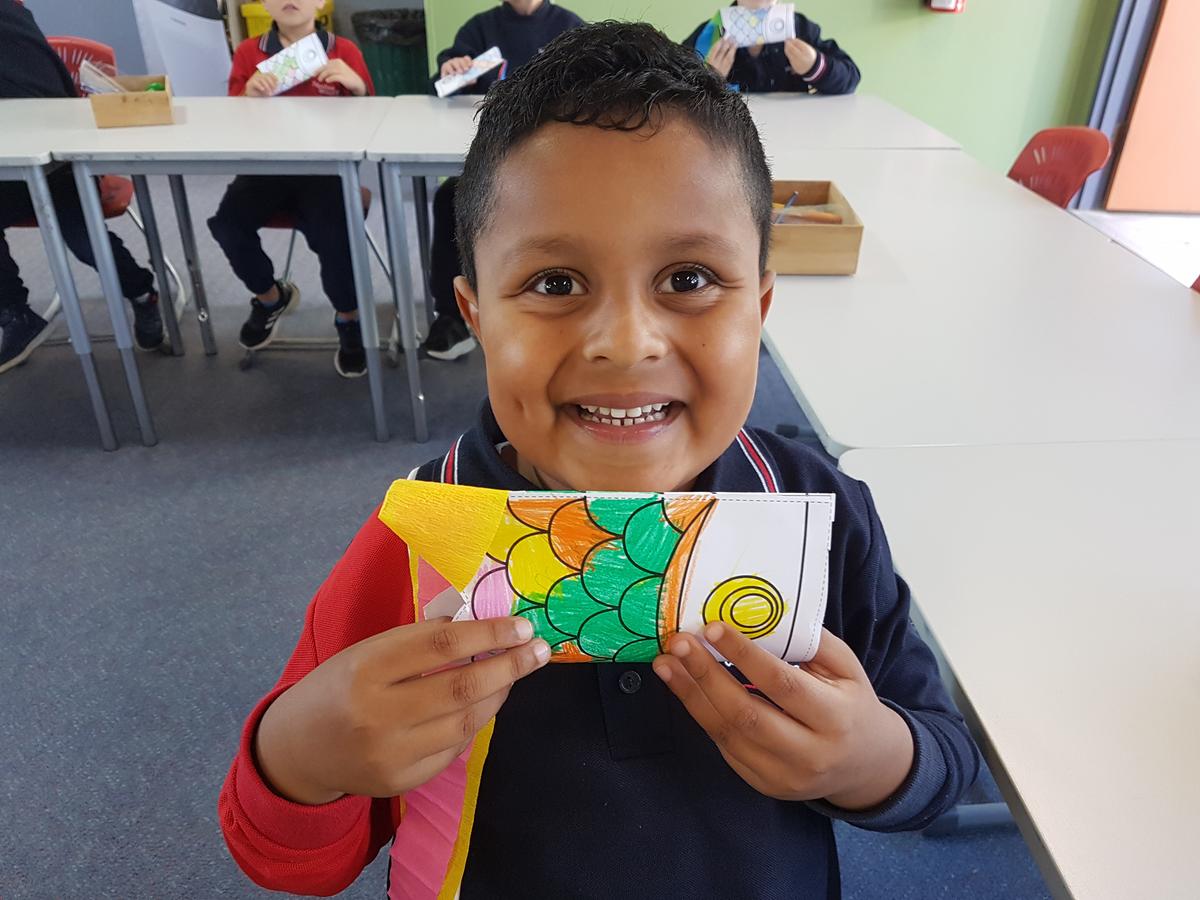
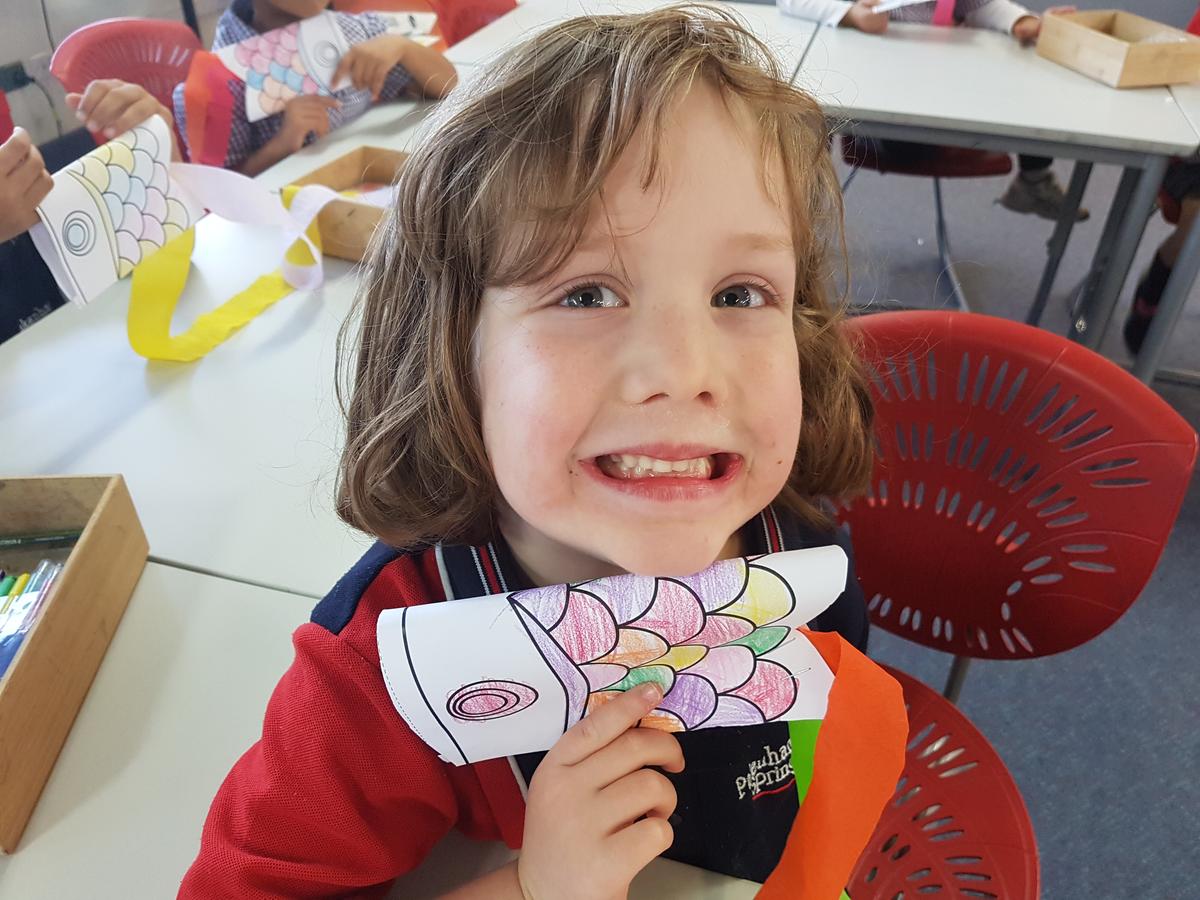
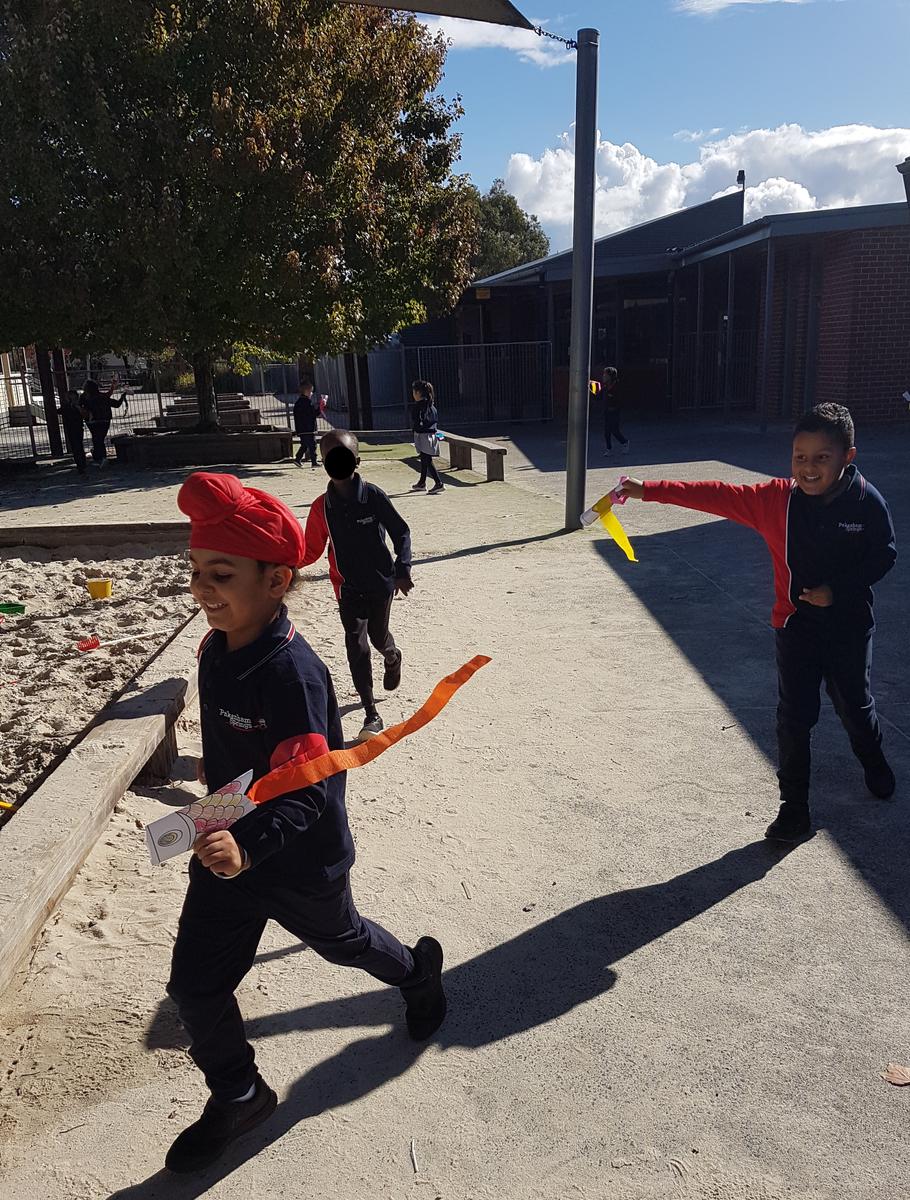
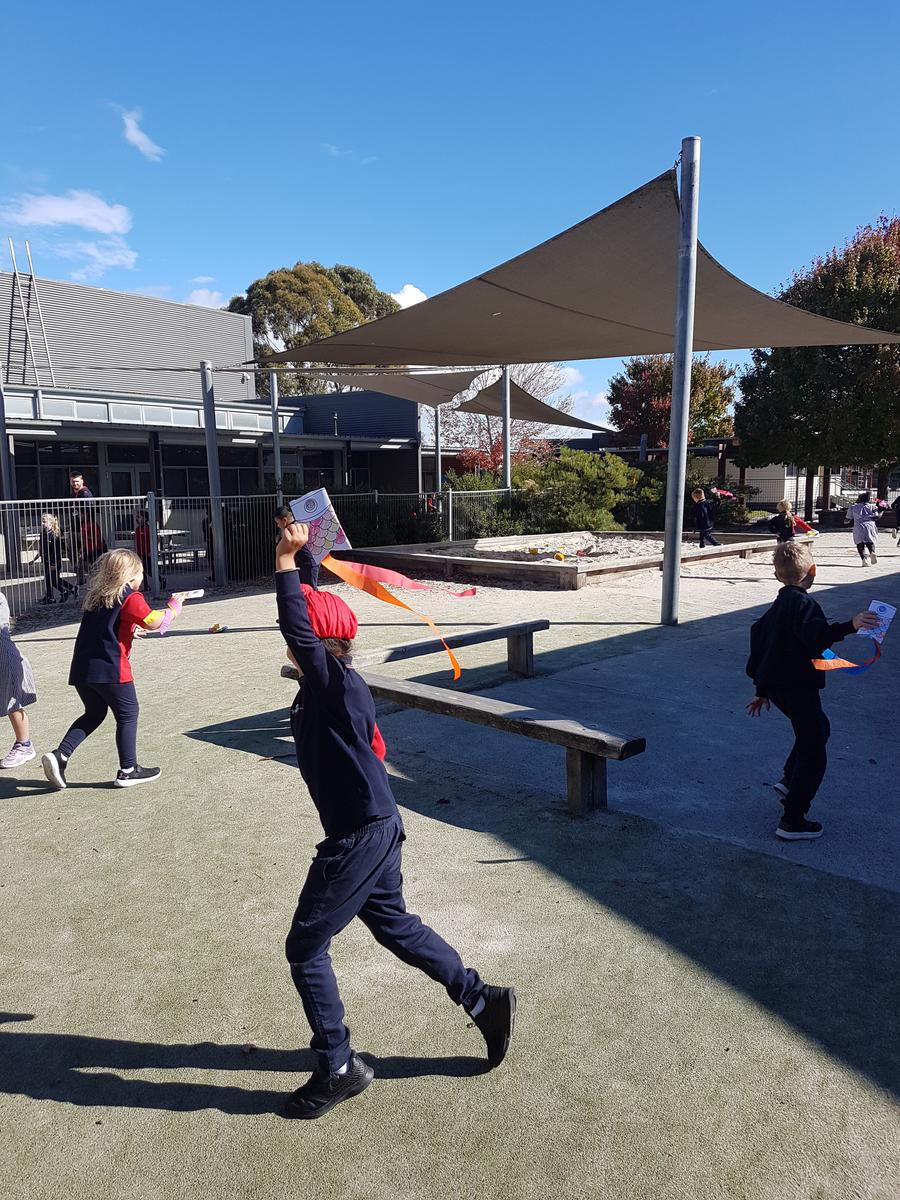























YEAR ONE
Year One students welcomed the semester by learning about Maneki Neko (the waving cat) and how this tradition started. They expanded their vocabulary by practising some new greetings for different times of the day, such as “konbanwa” (good evening) and “oyasumi nasai” (goodnight), and also continued to broaden their use of classroom words, like hasami (scissors). Students explored the four main islands of Japan and created a colour-coded map to label them Honshu, Hokkaido, Kyushu and Shikoku. The Shinkansen (bullet train) is a main mode of transport in Japan and students enjoyed seeing how fast they go and making an origami version of the train. Similarly, the Japanese Macaque (Snow Monkey) fascinated students when playing in the onsen (hot springs) and throwing snowballs. Year Ones also revised the basic colour words and started to add some new vocabulary to their repertoire, such as koniro (dark blue) and kimidori (light green). Students practised their skills during group games, which required them to match the words with the correct colours, and likewise when describing things by following the “i” and “no” colour rules.
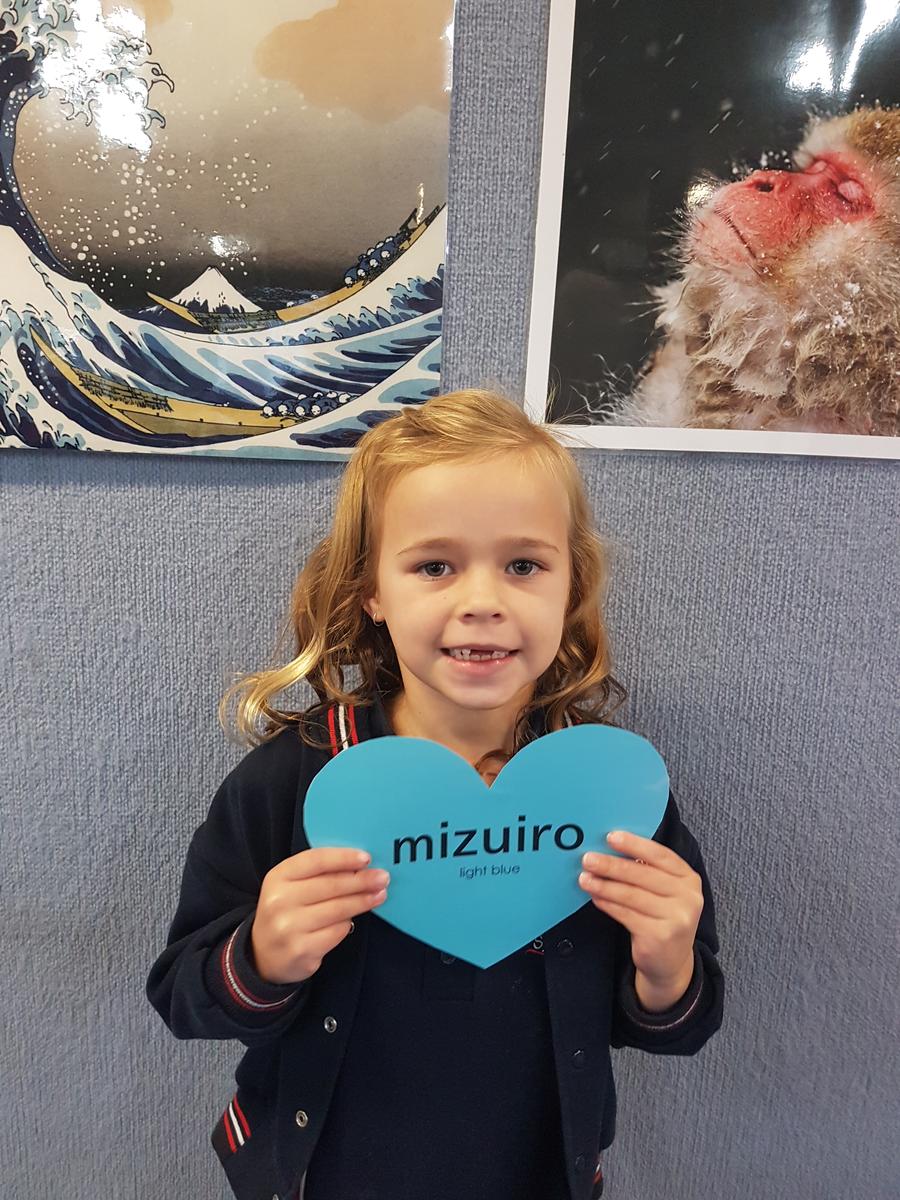
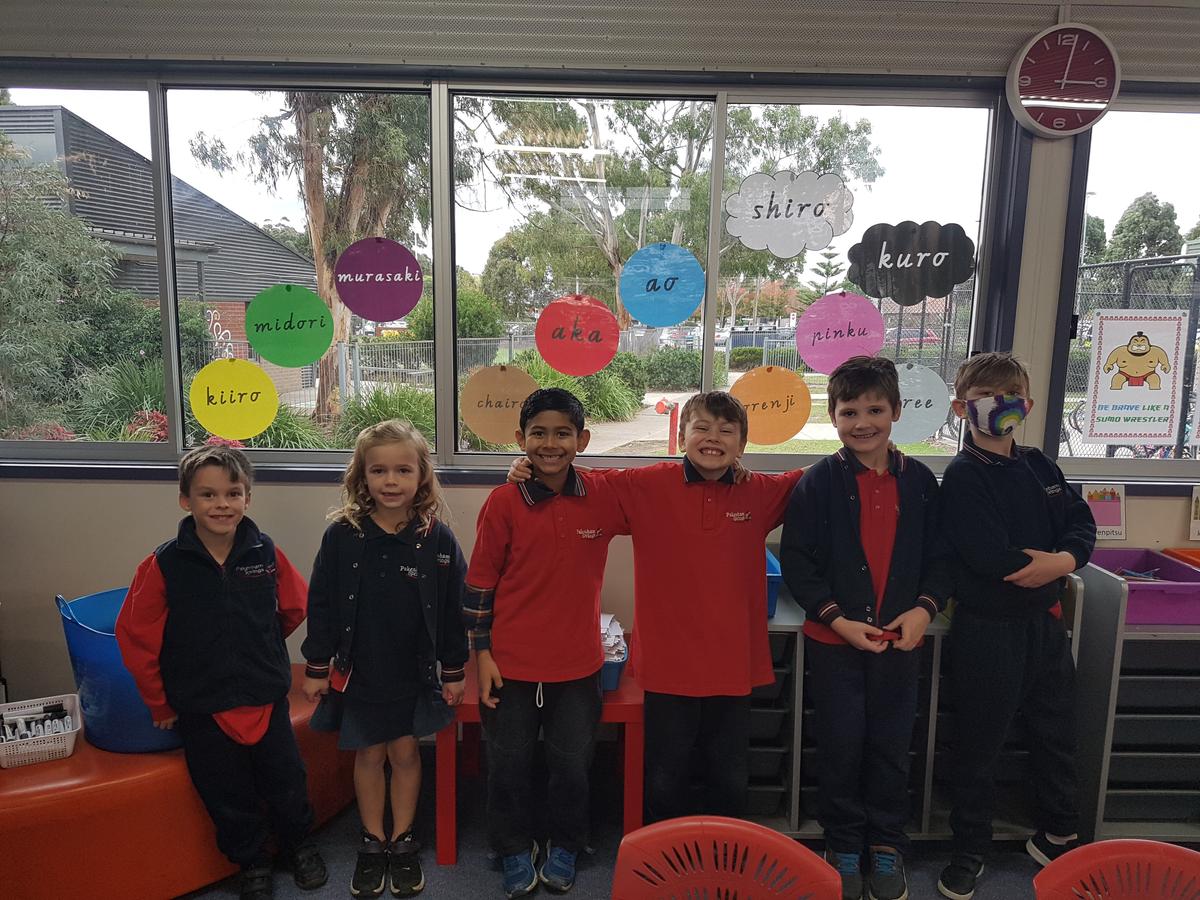
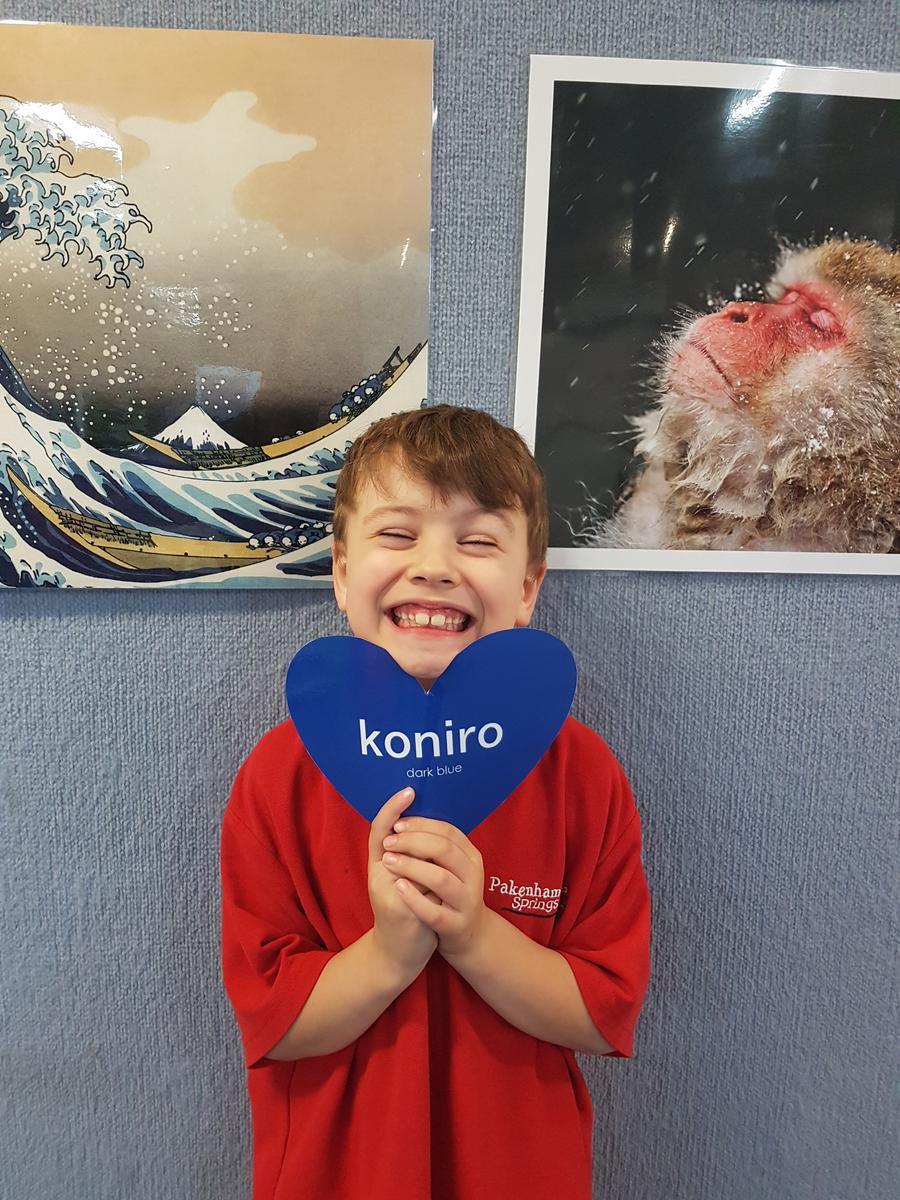
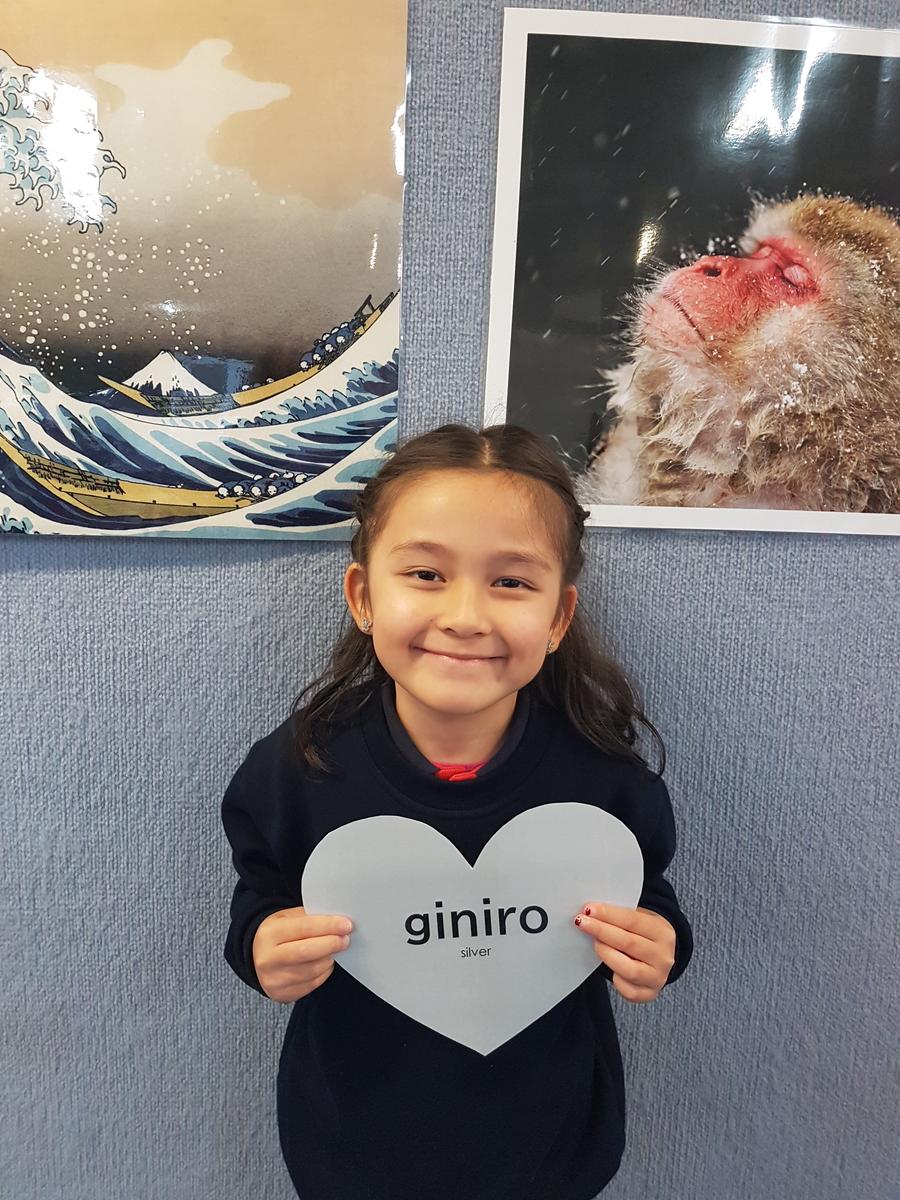

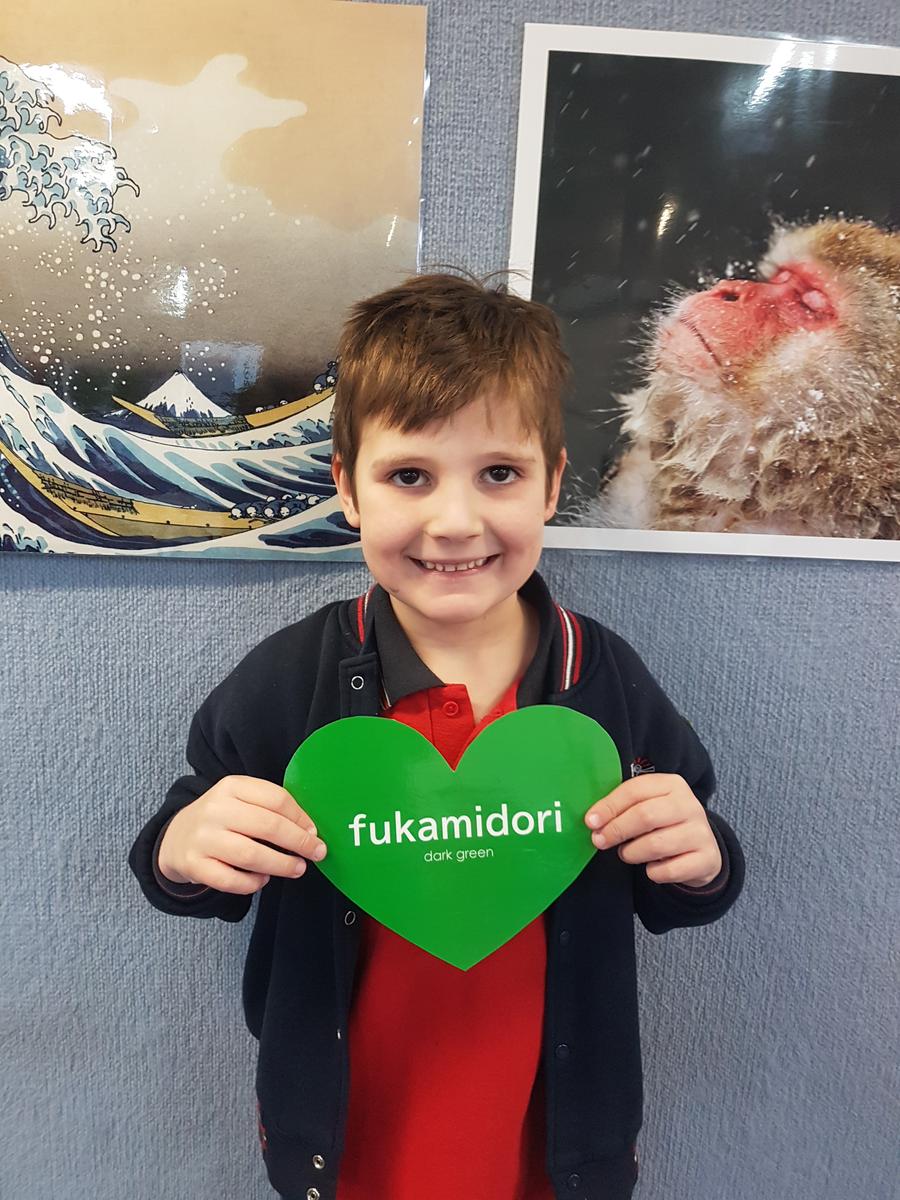
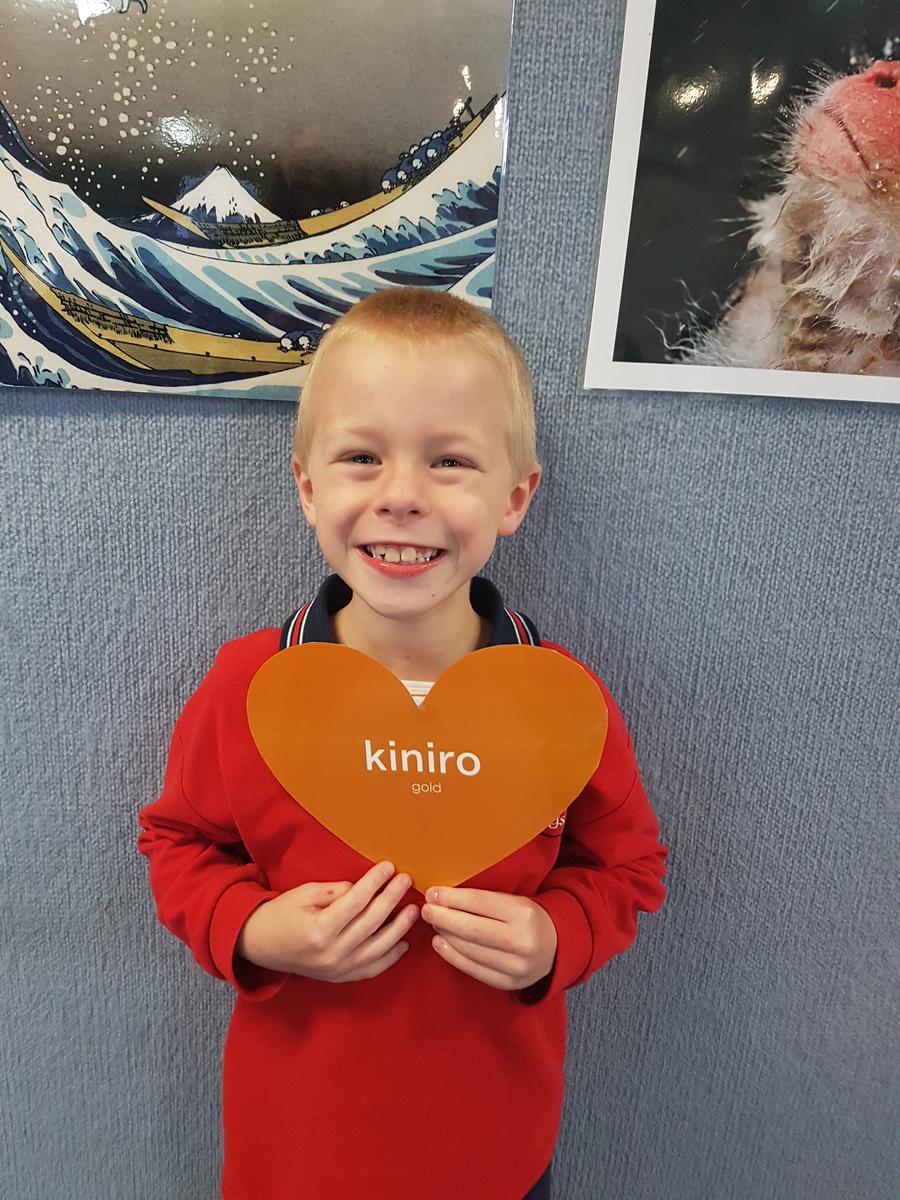
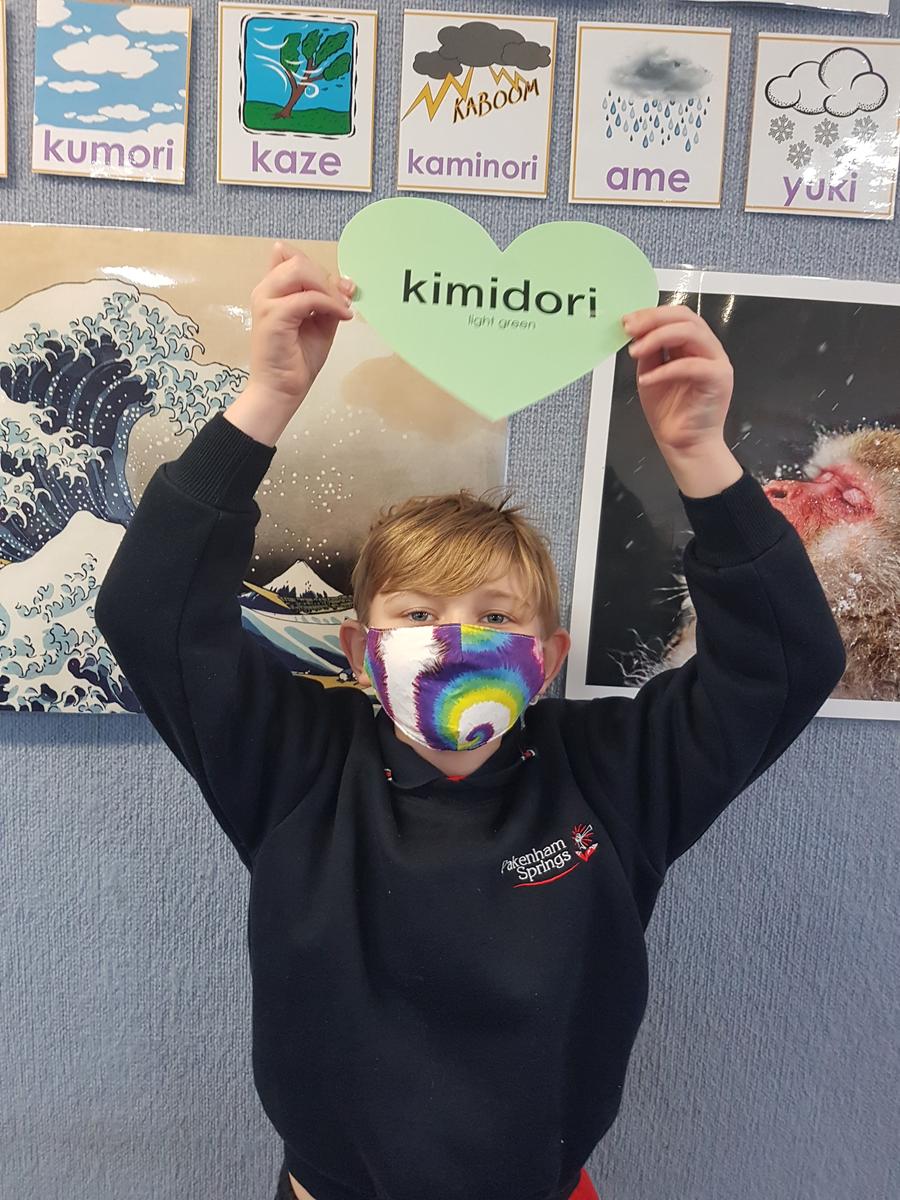
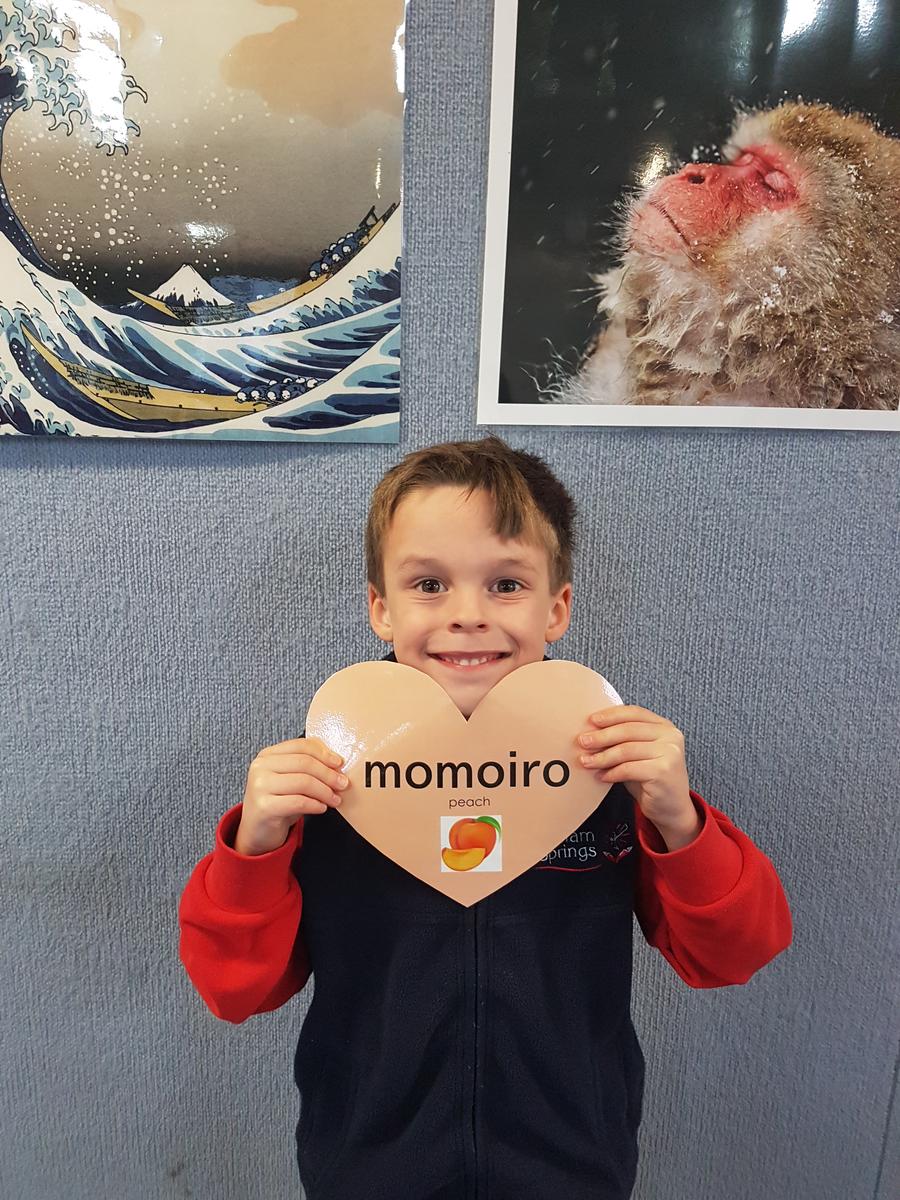









Learning how to write the Kanji numbers to 12, using the correct stroke order and direction, was a challenging task for many students. They saw how the numbers had a practical application when saying and writing o’clock times and months of year. For example, we write 1 o’clock as 一じ (ichi ji) and January as 一月 (ichi gatsu). Students were playfully extended when reading and writing the numbers to 20 in small group quiz games, where accuracy was an important factor. Year Ones were able to role play and participate in partner testing this year, which allowed them to practise their skills in a less formal way and to highlight areas for improvement with their peers. They started to use phrases and sentences when introducing themselves or describing something as “theirs”.
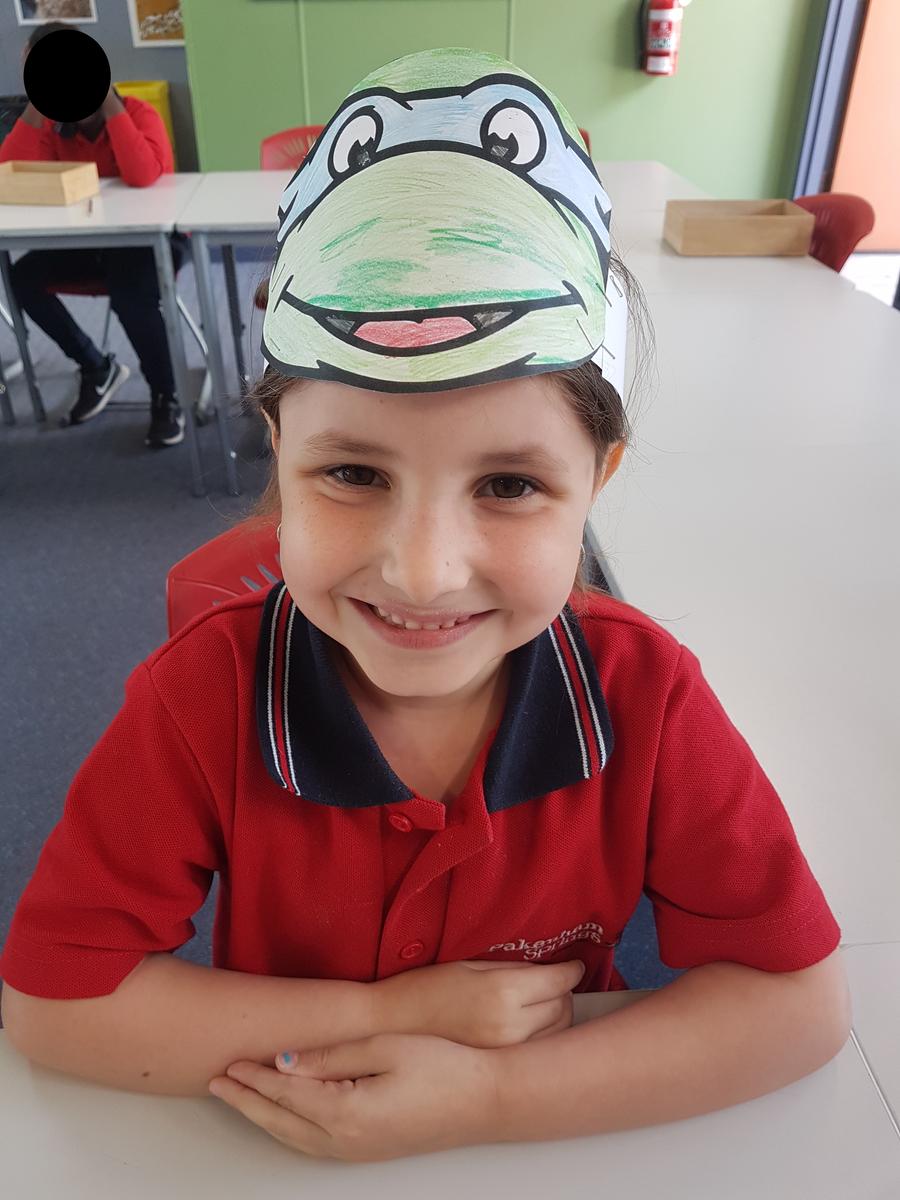

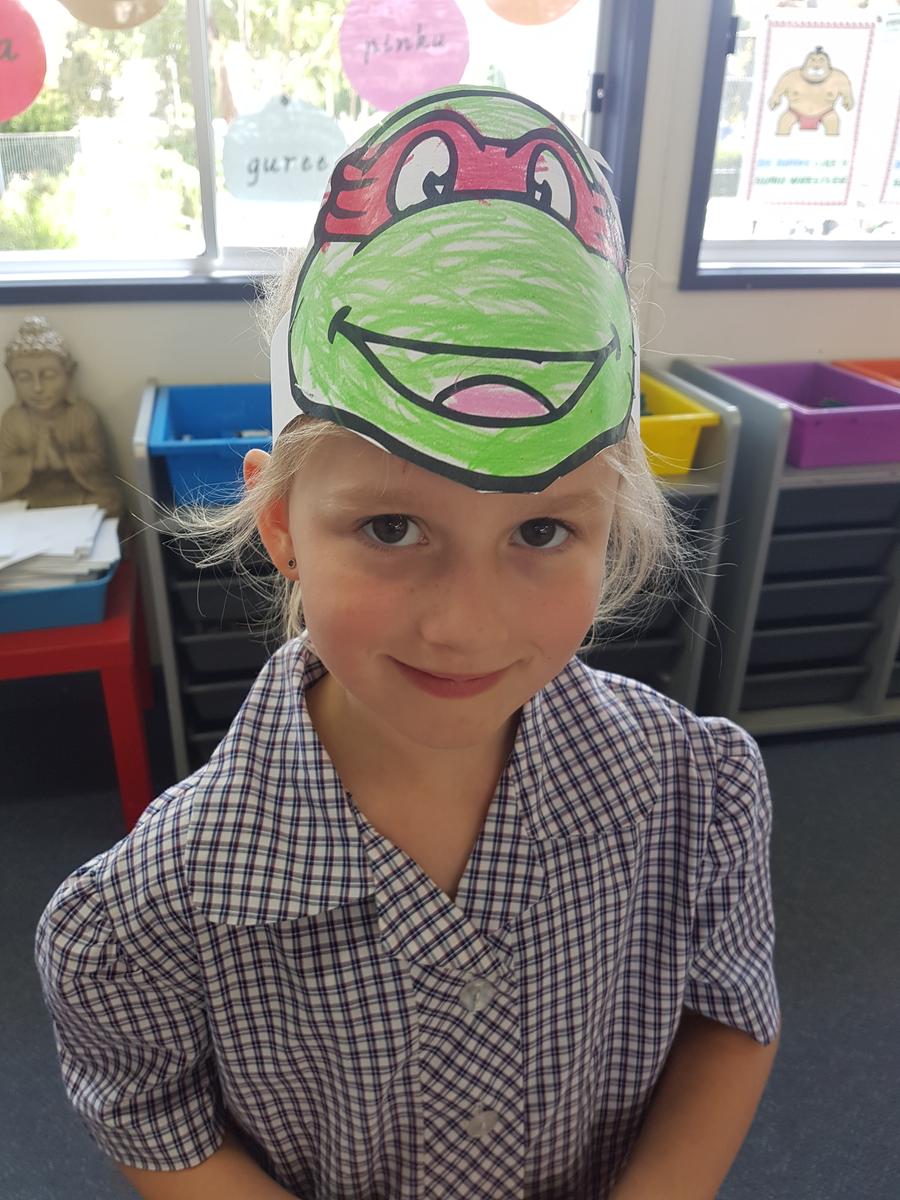
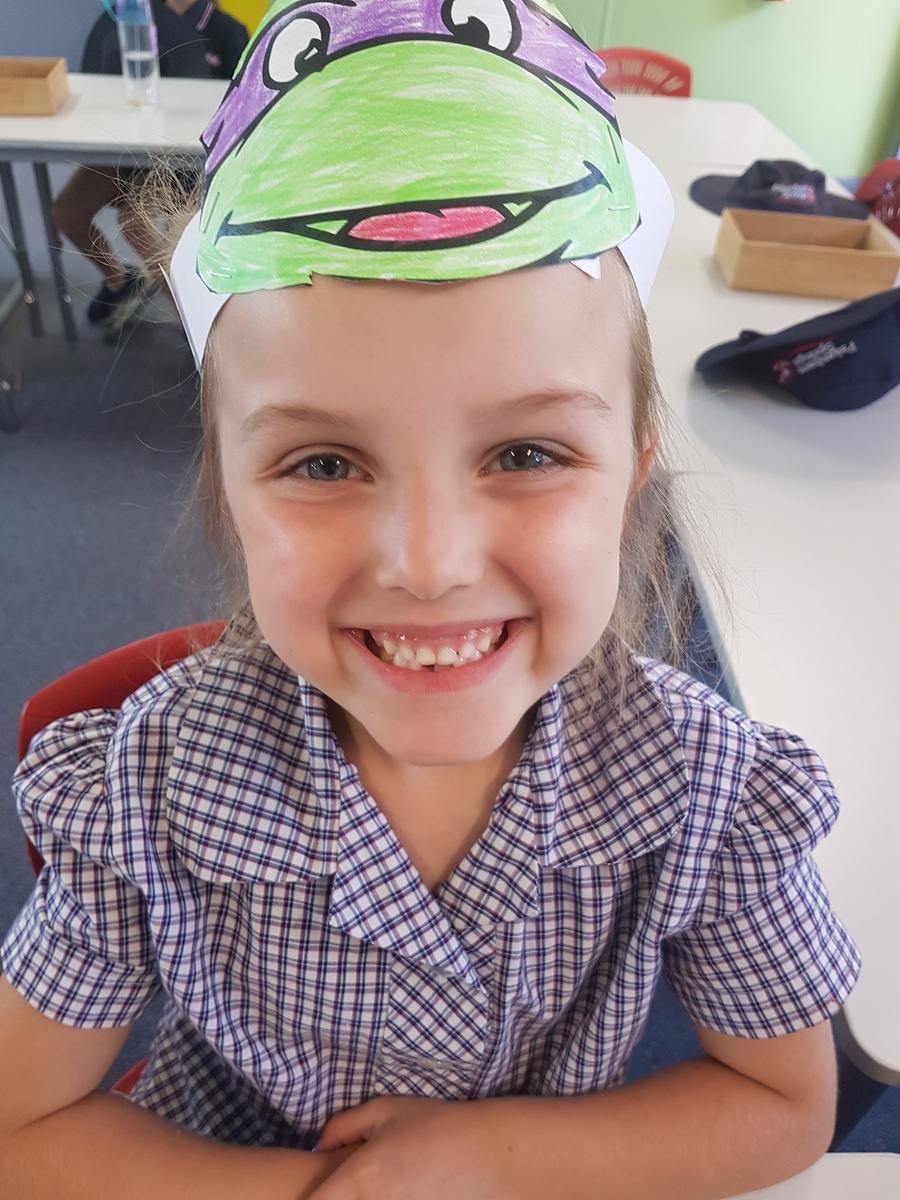
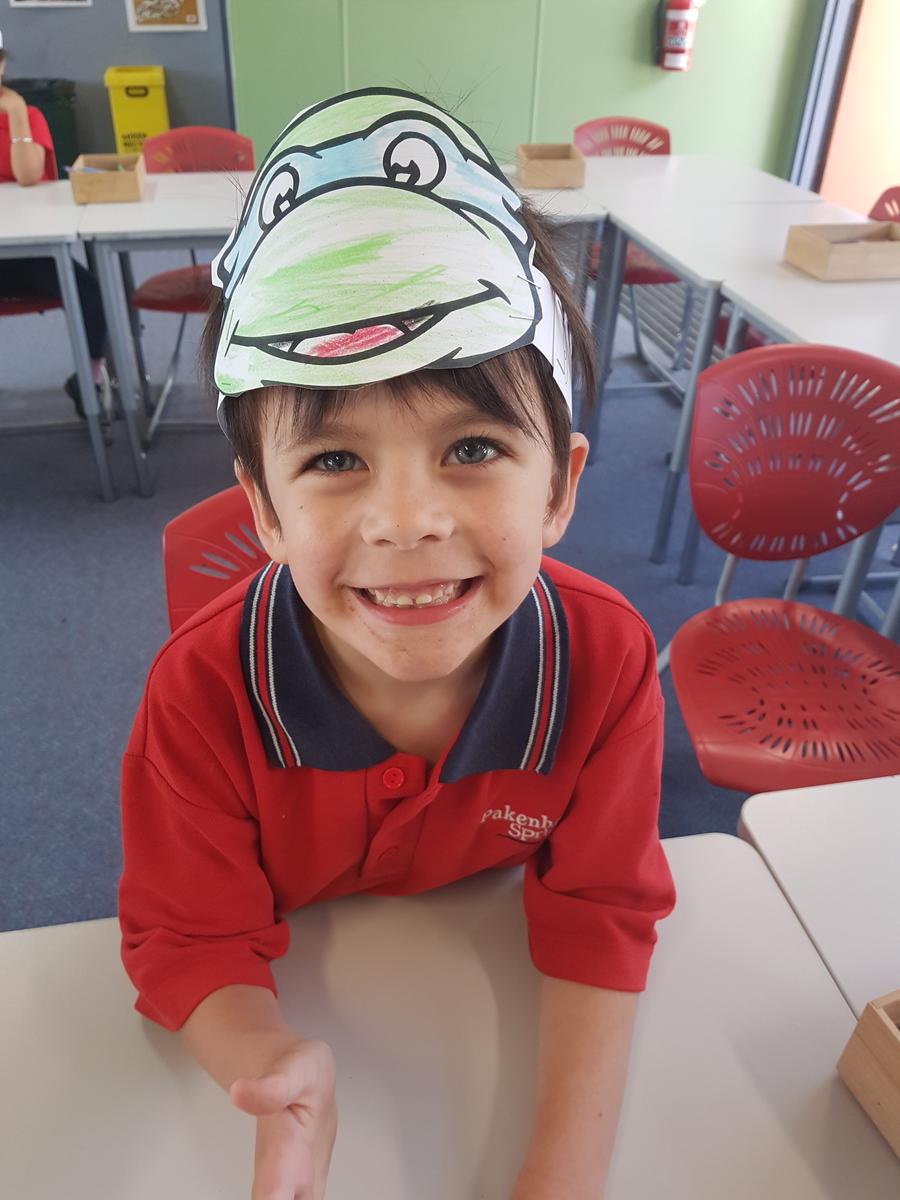
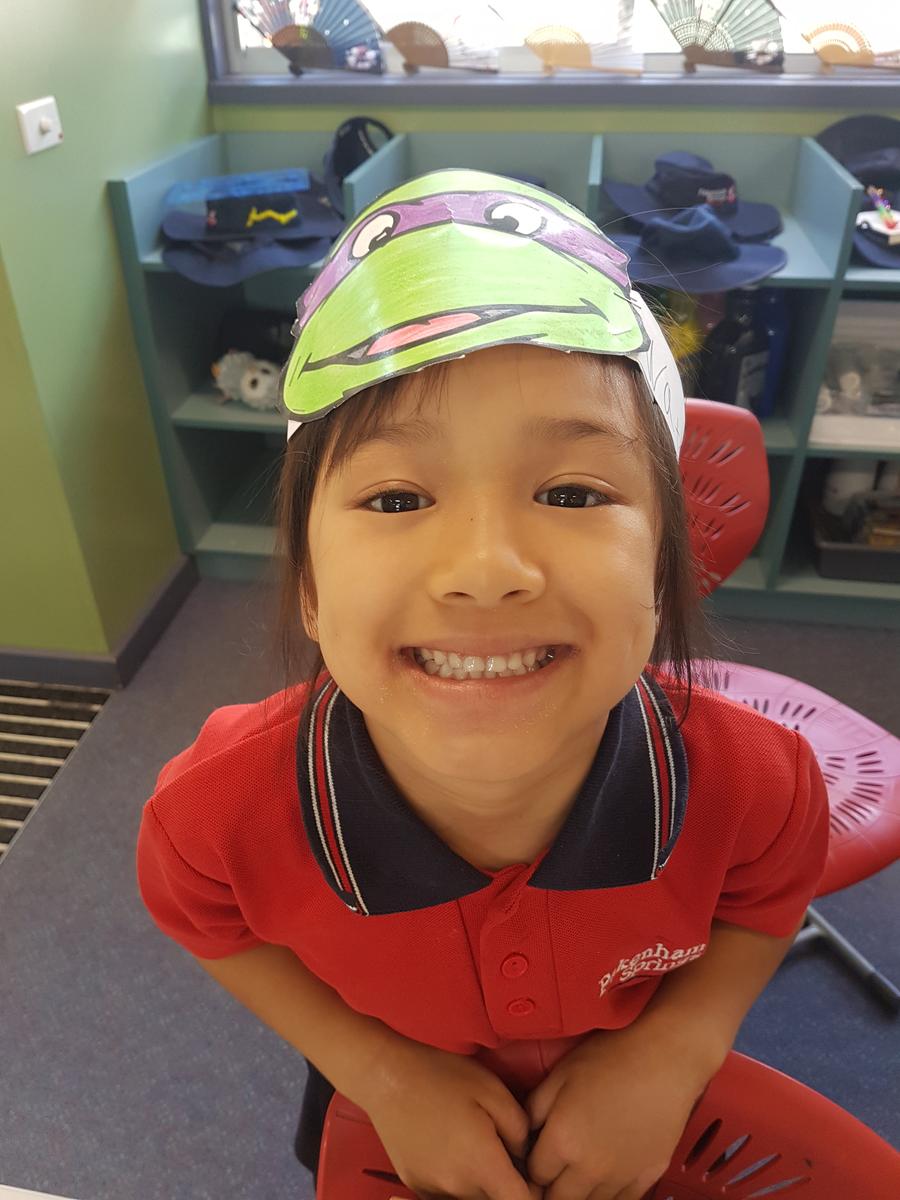
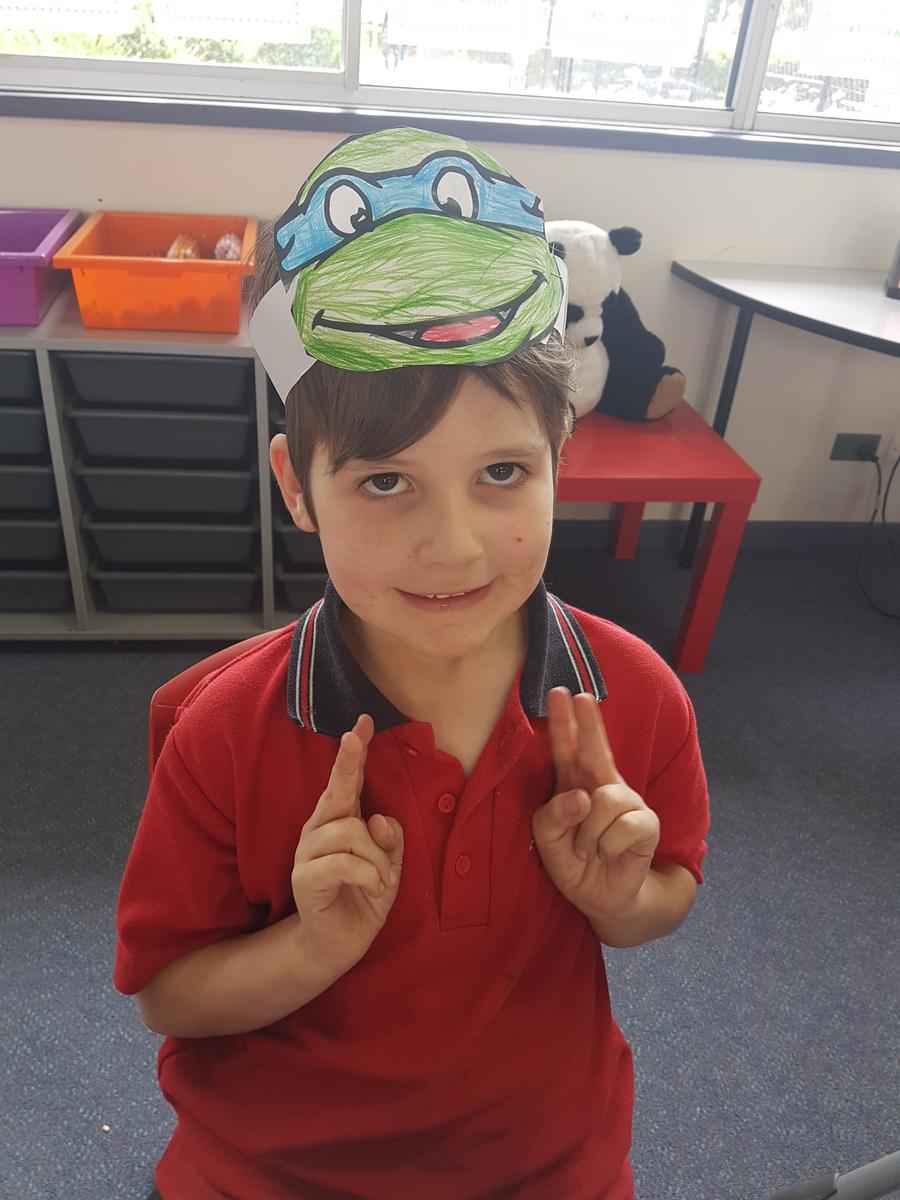
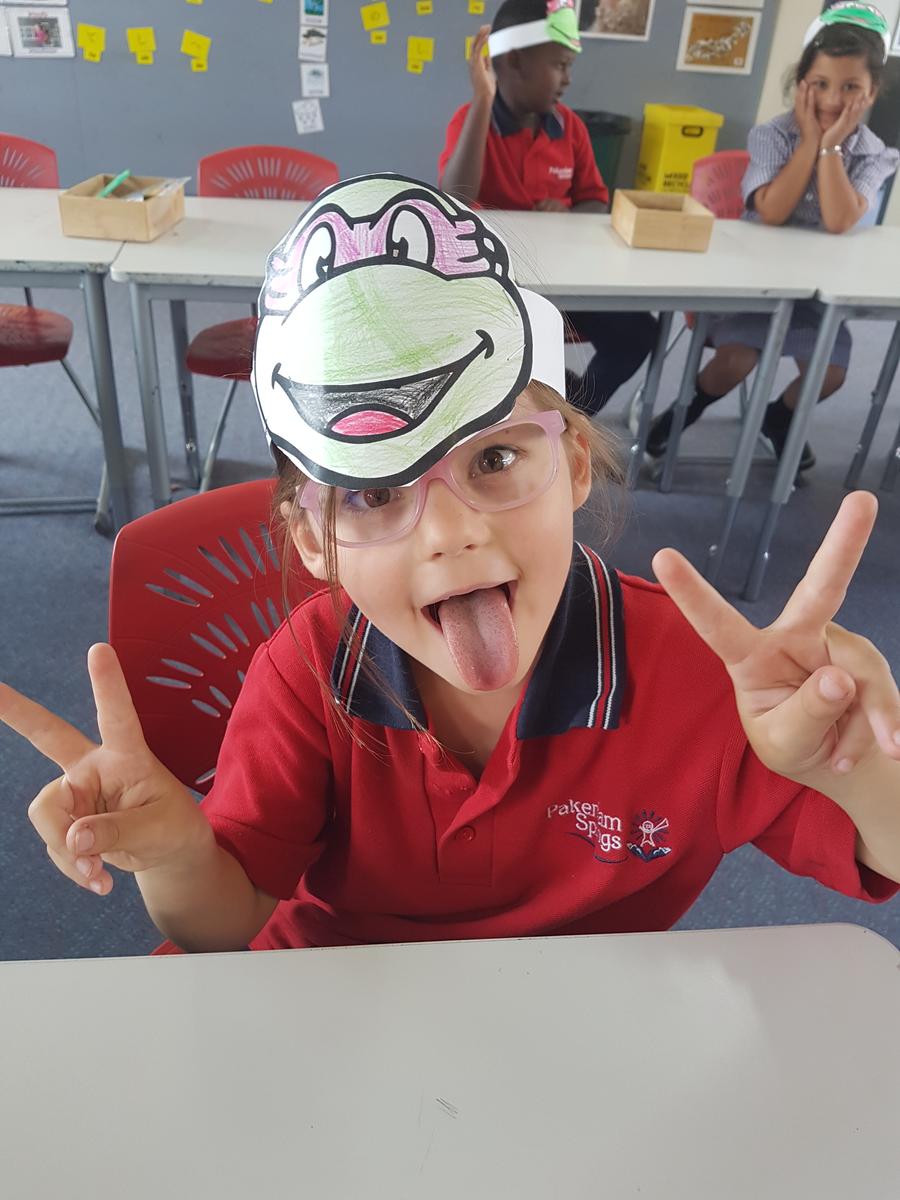
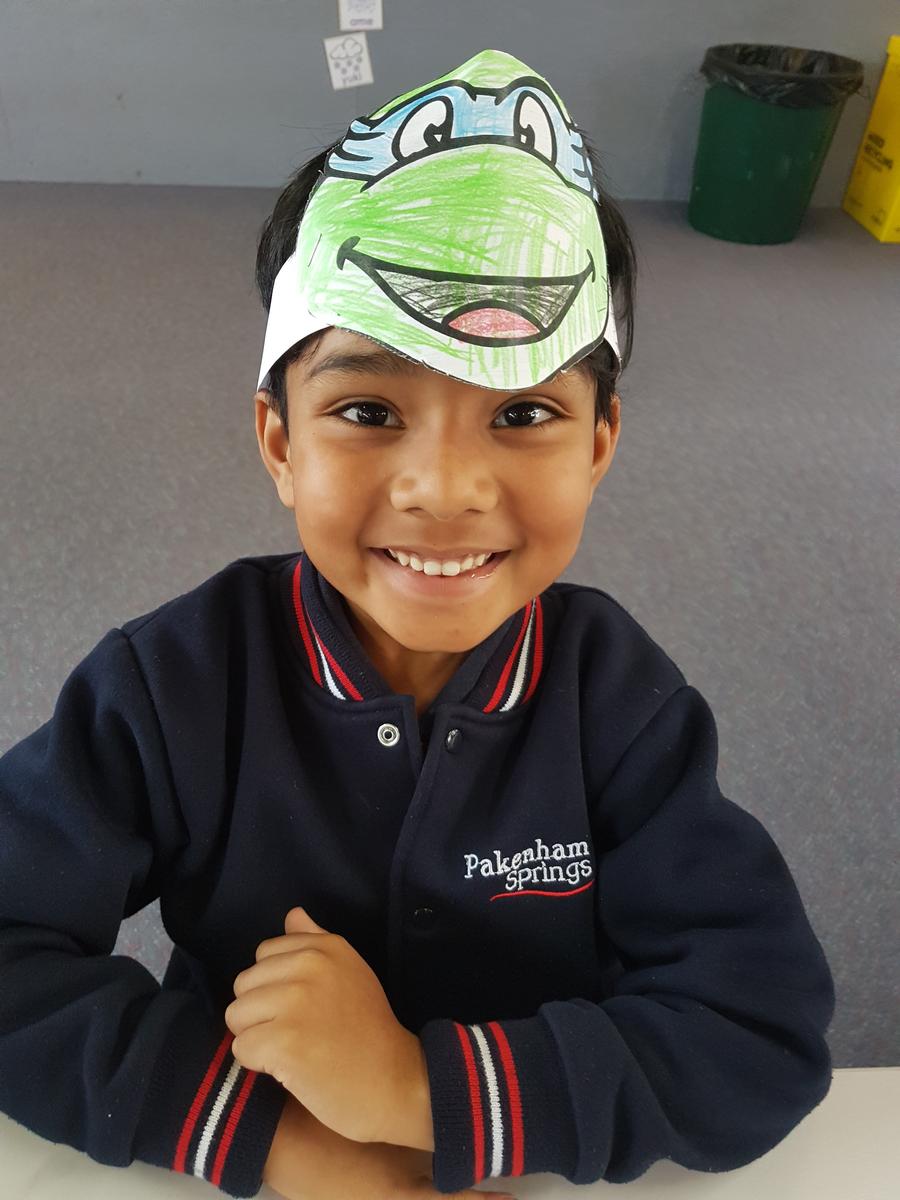
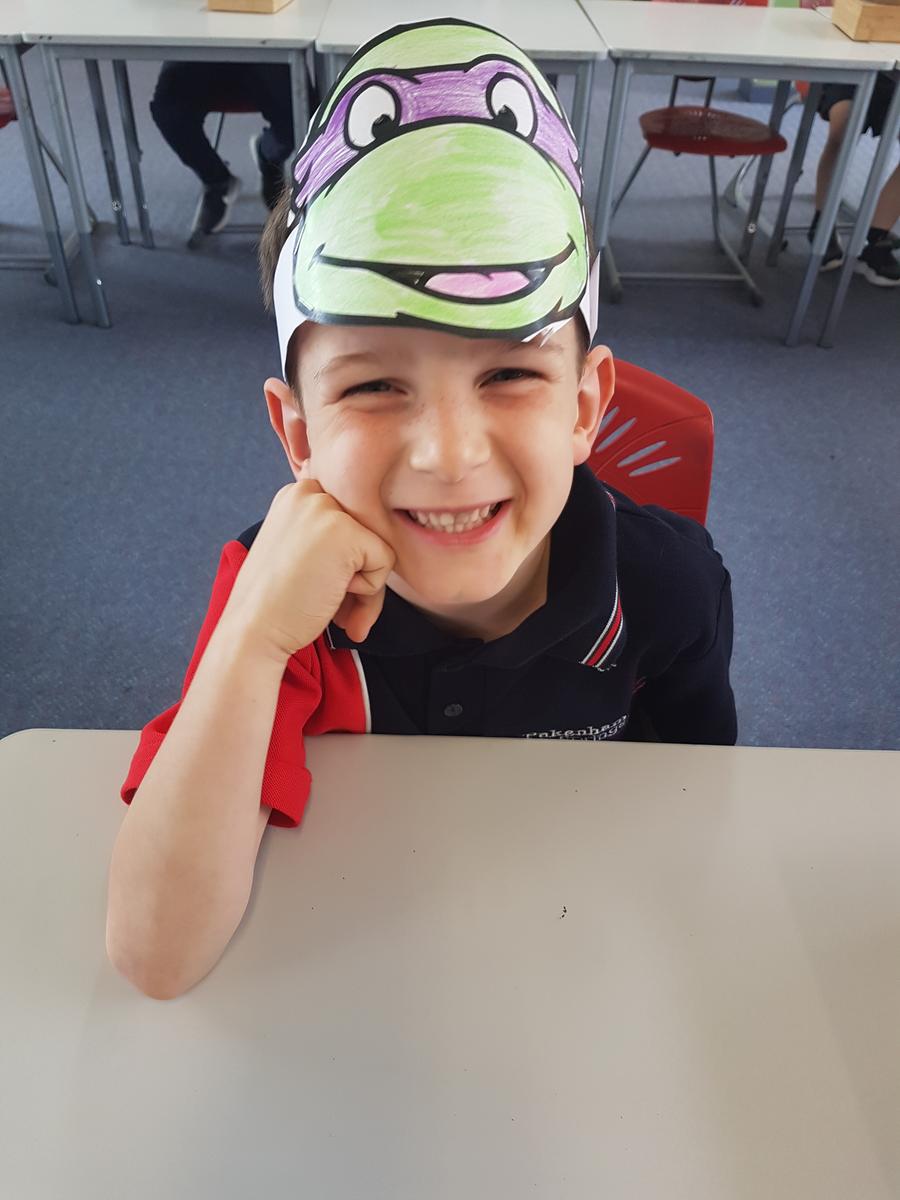
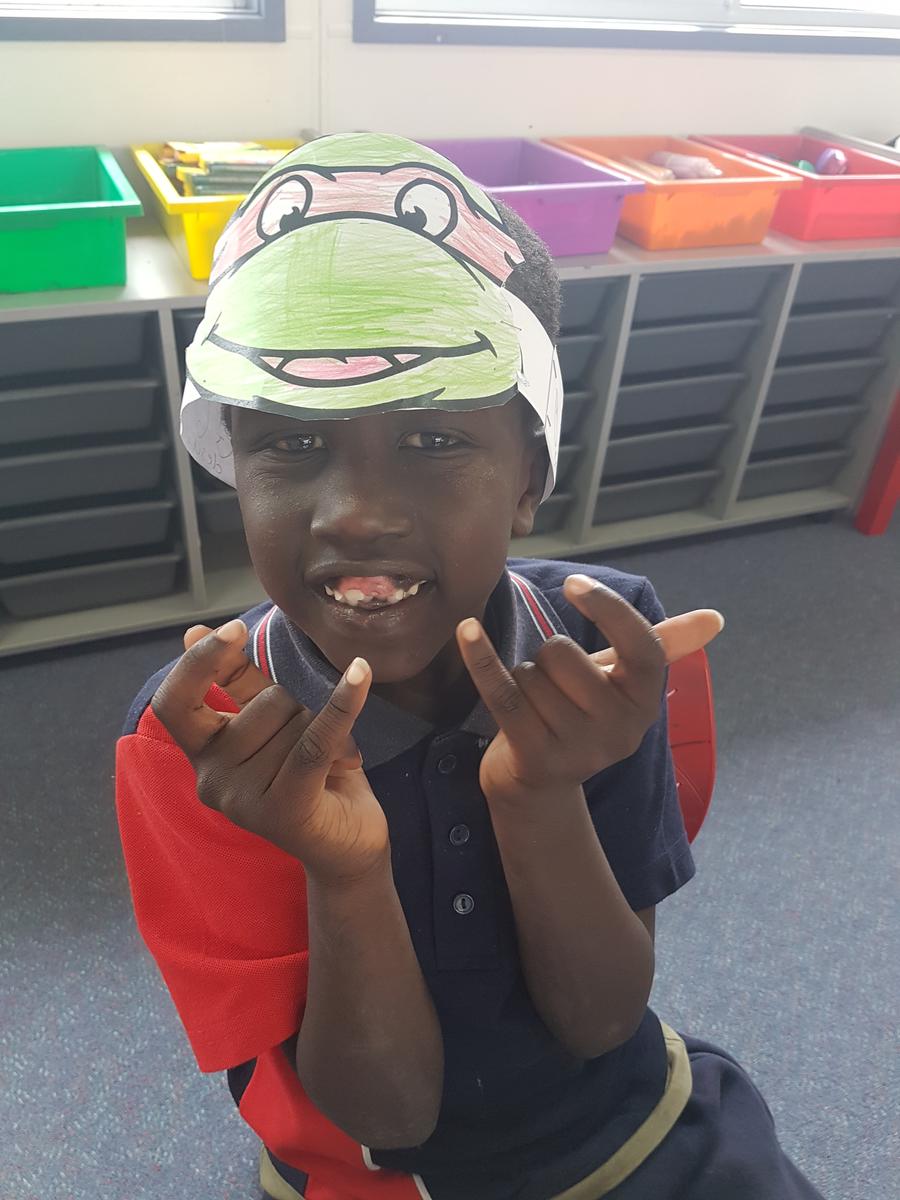
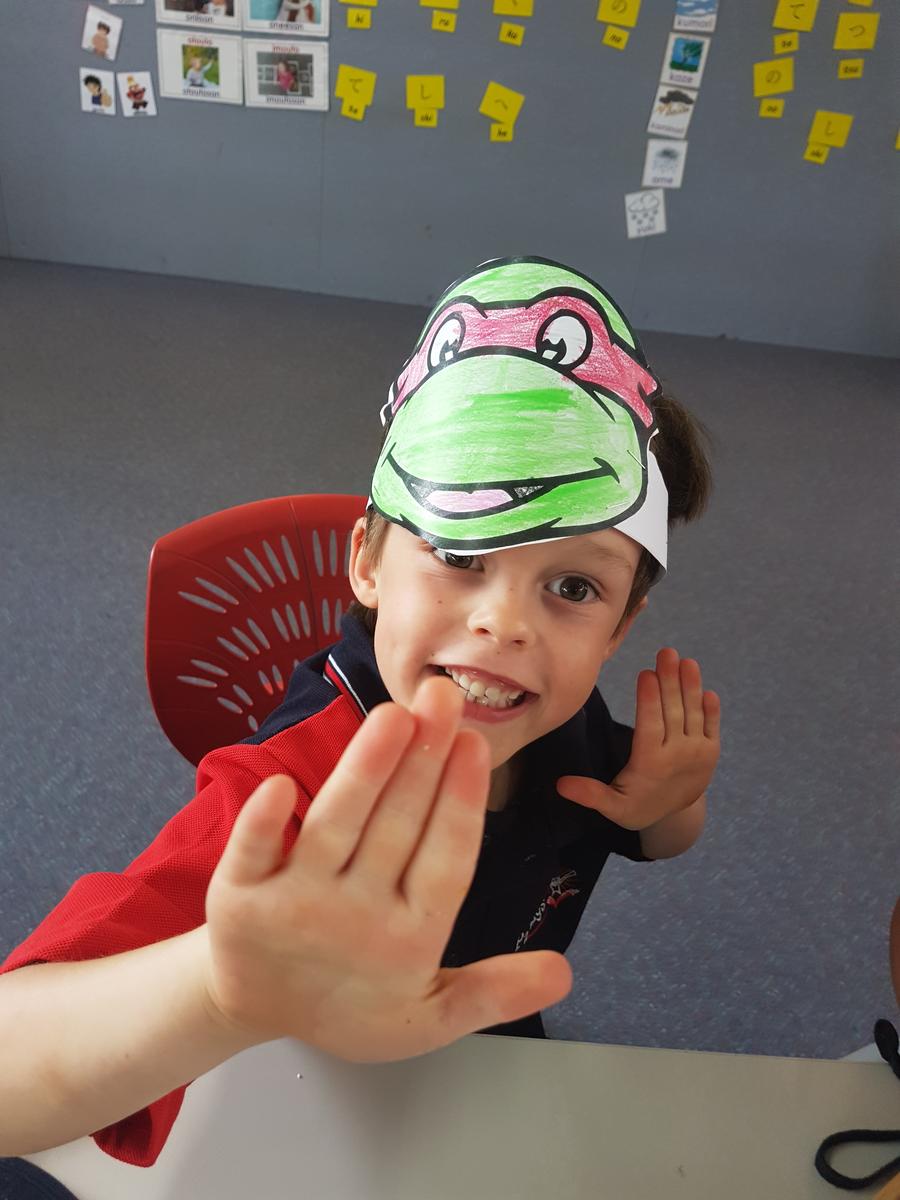
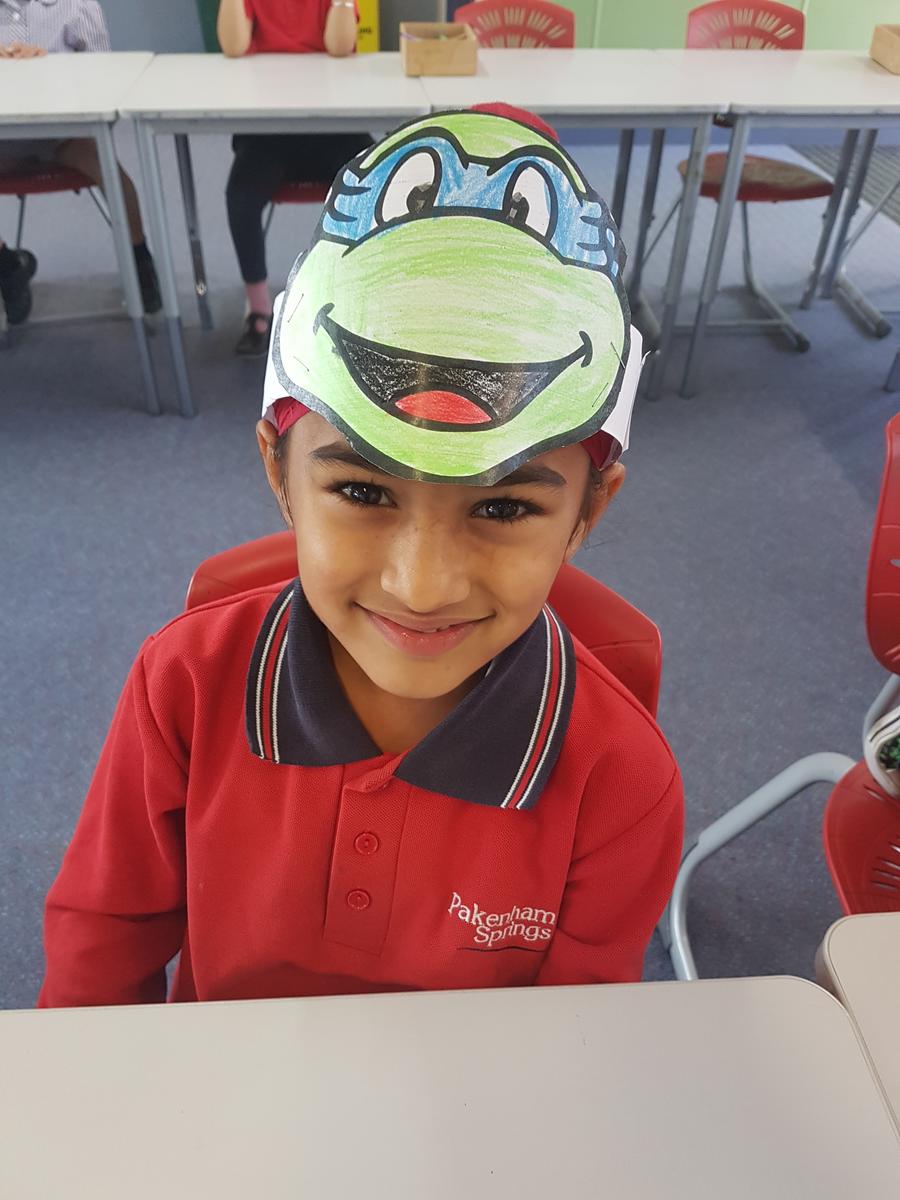



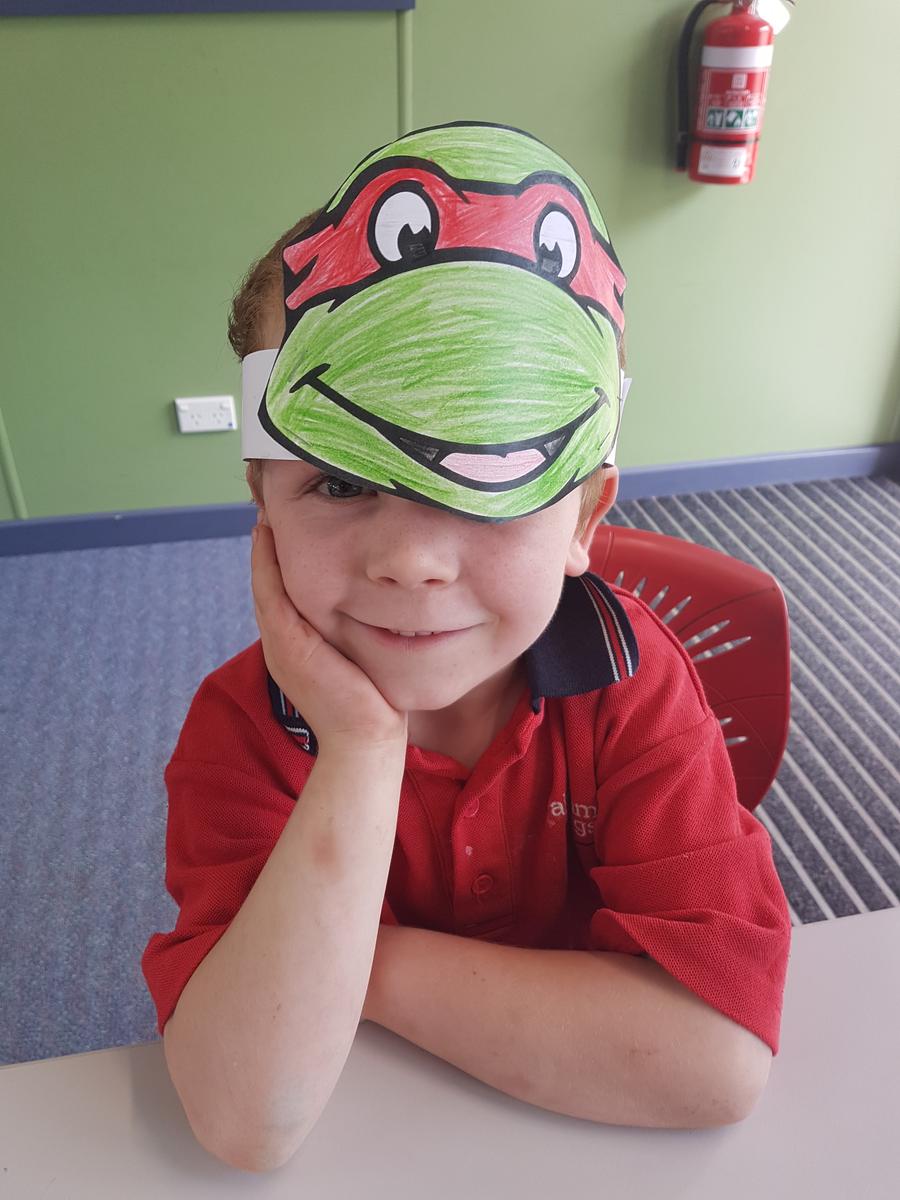
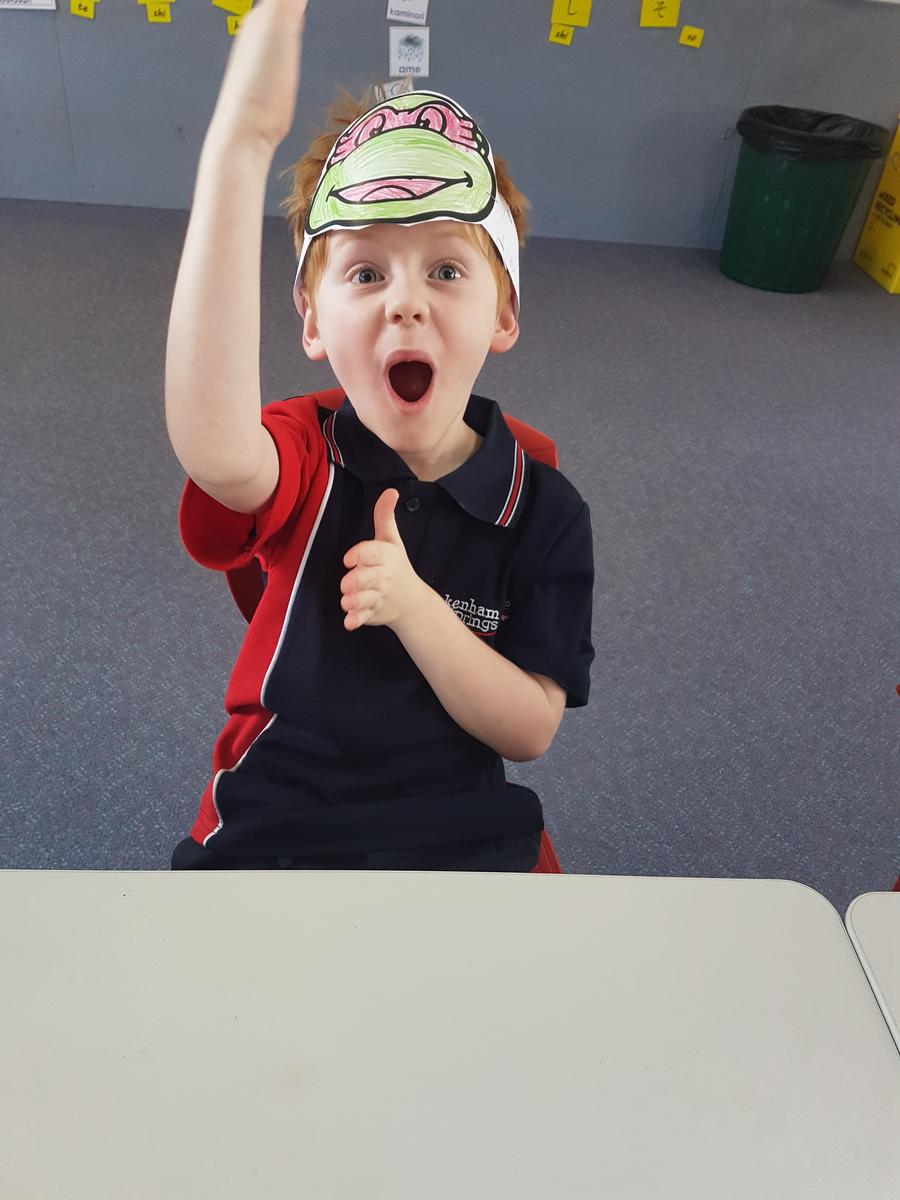
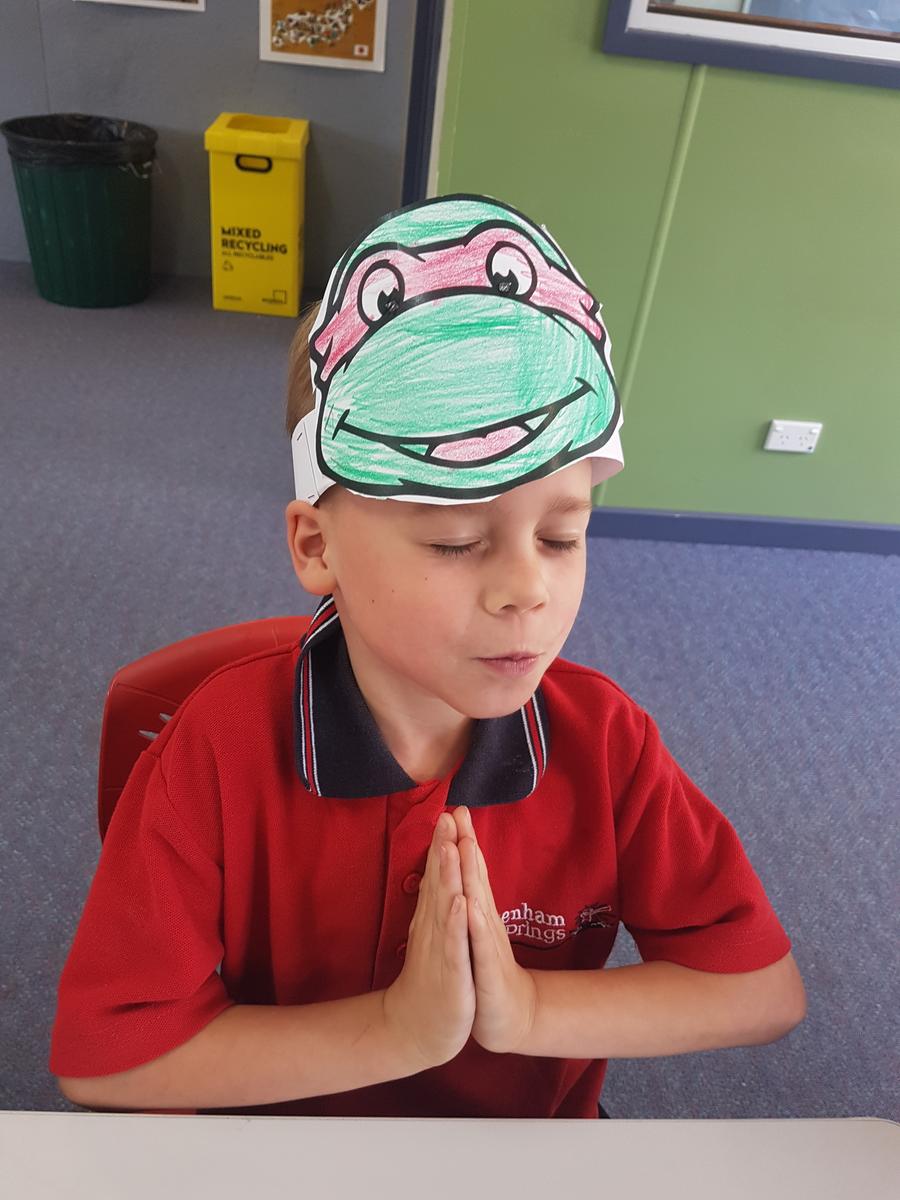
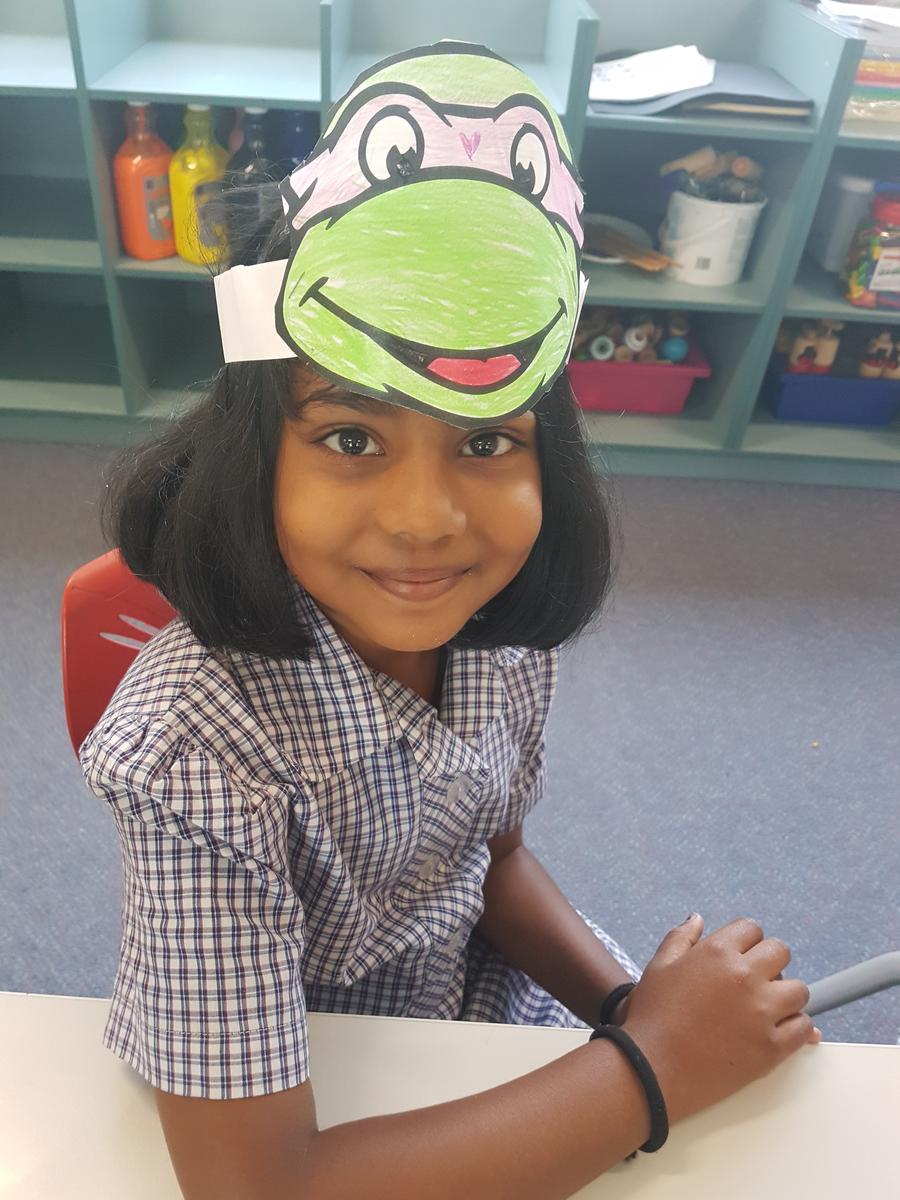
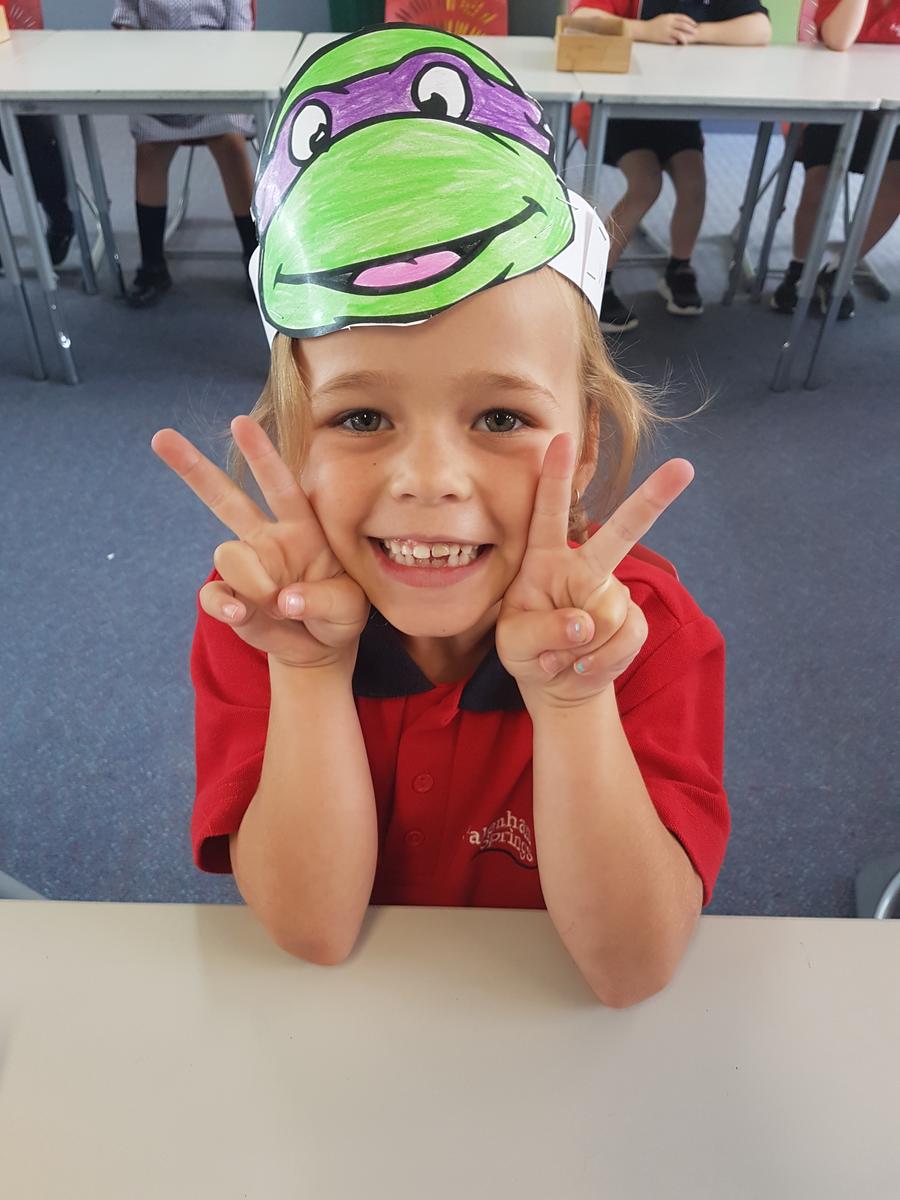
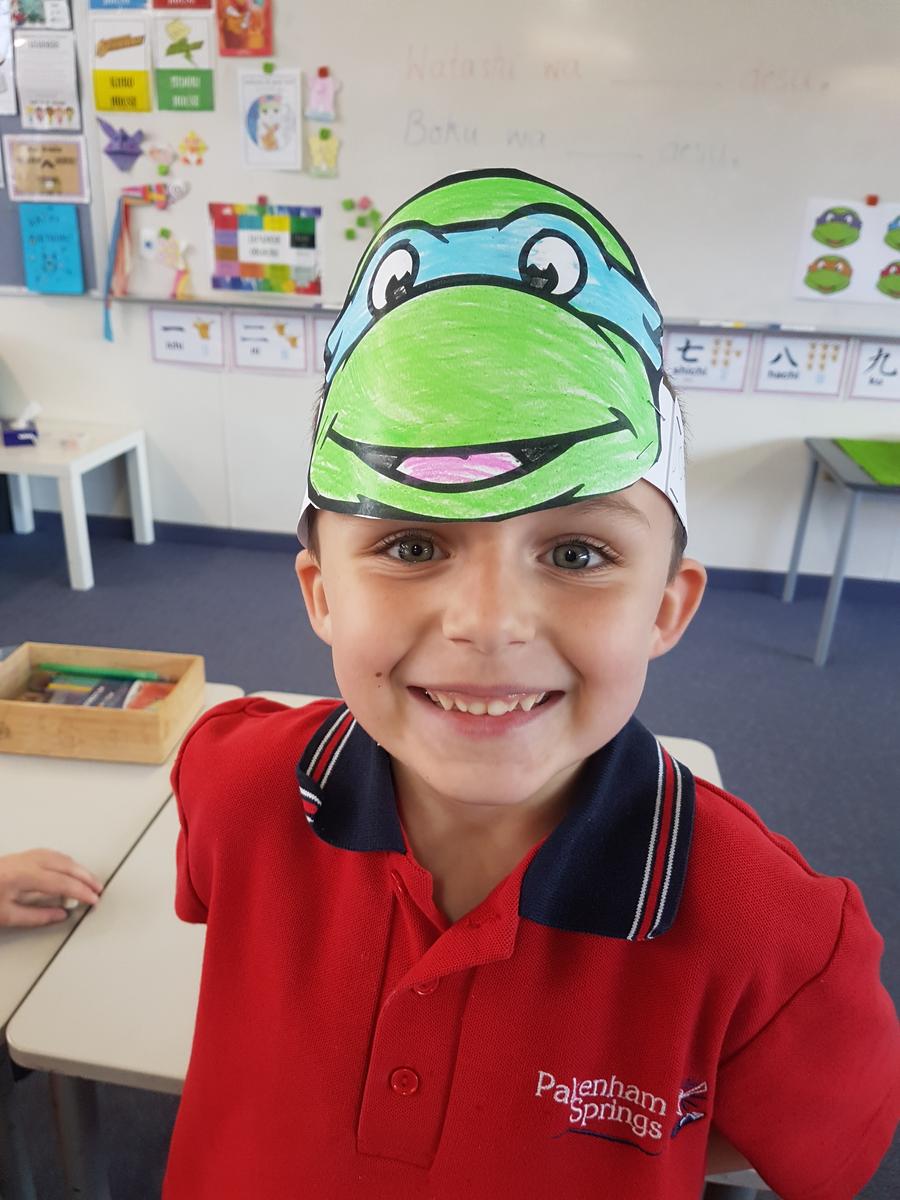
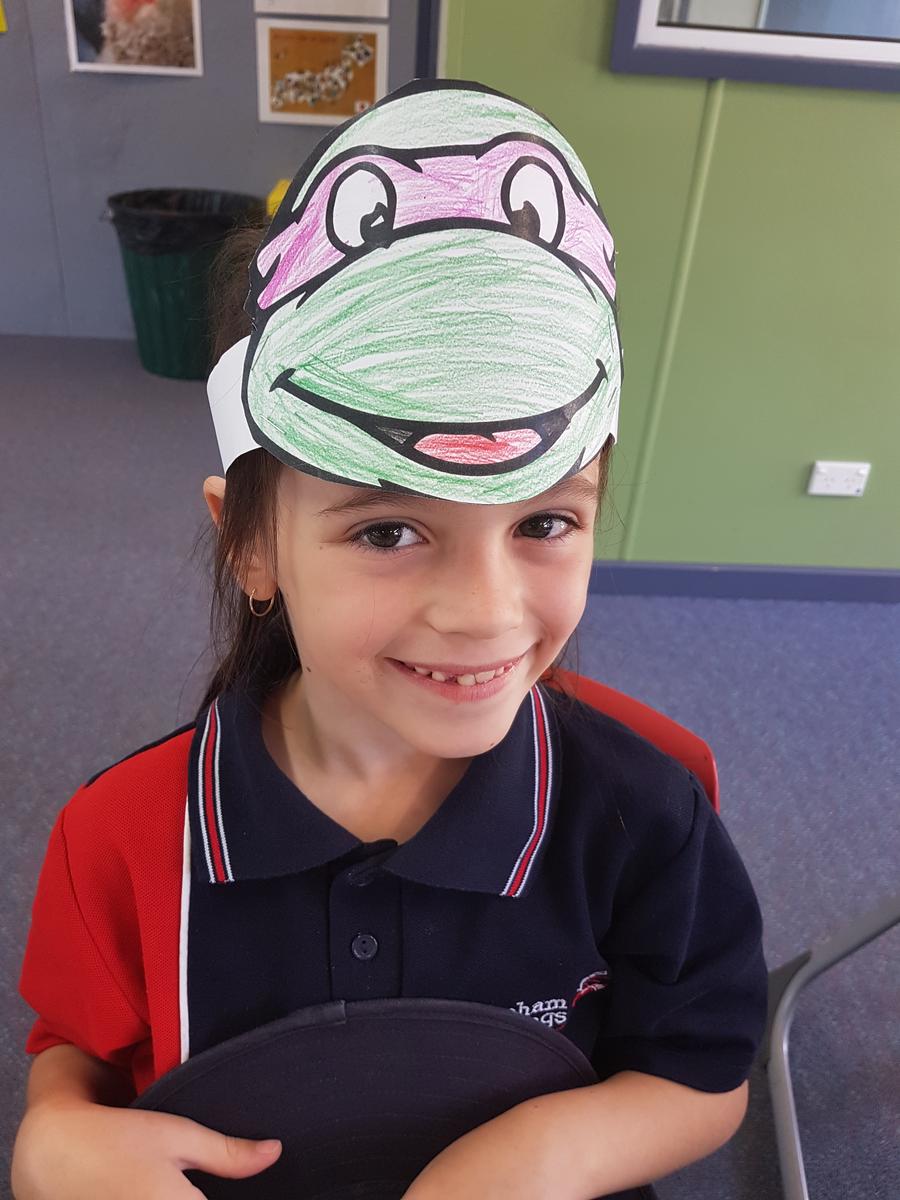
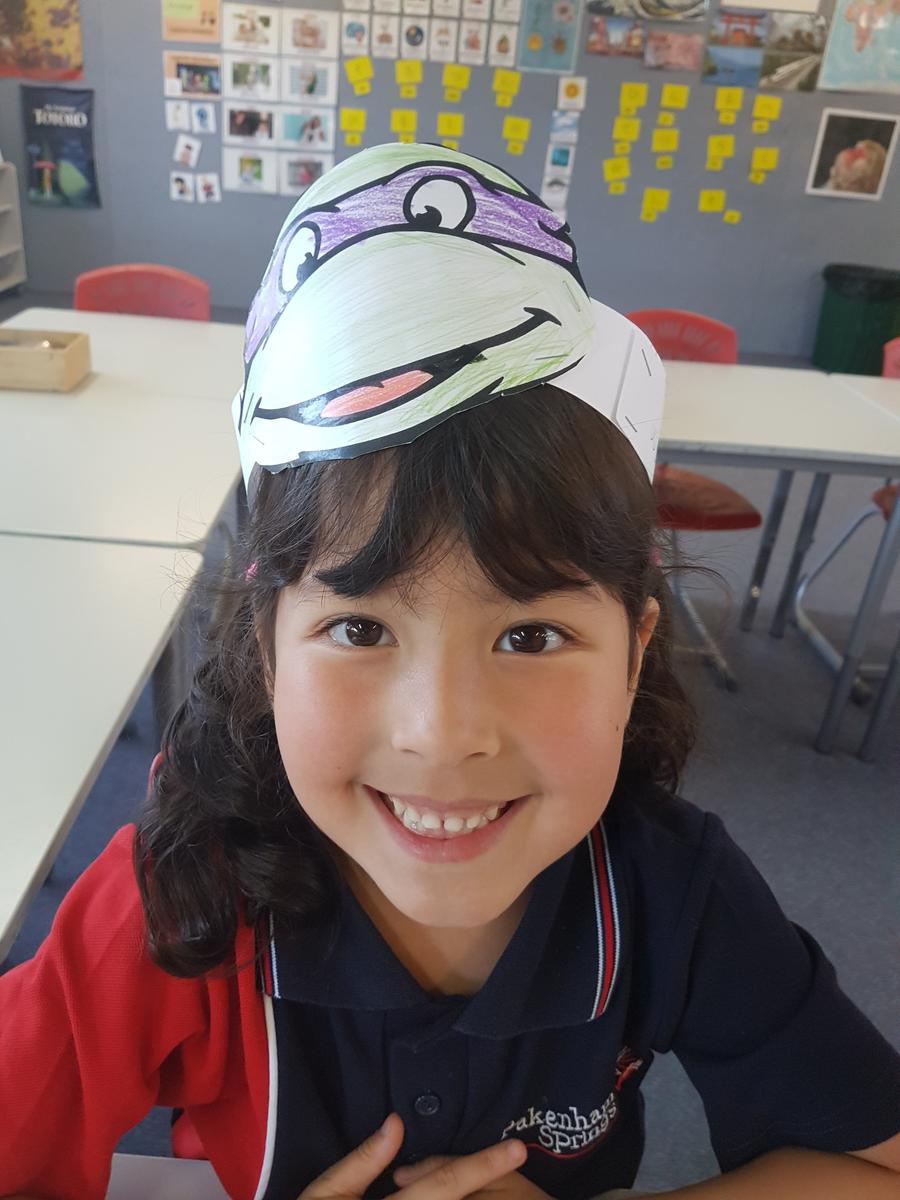
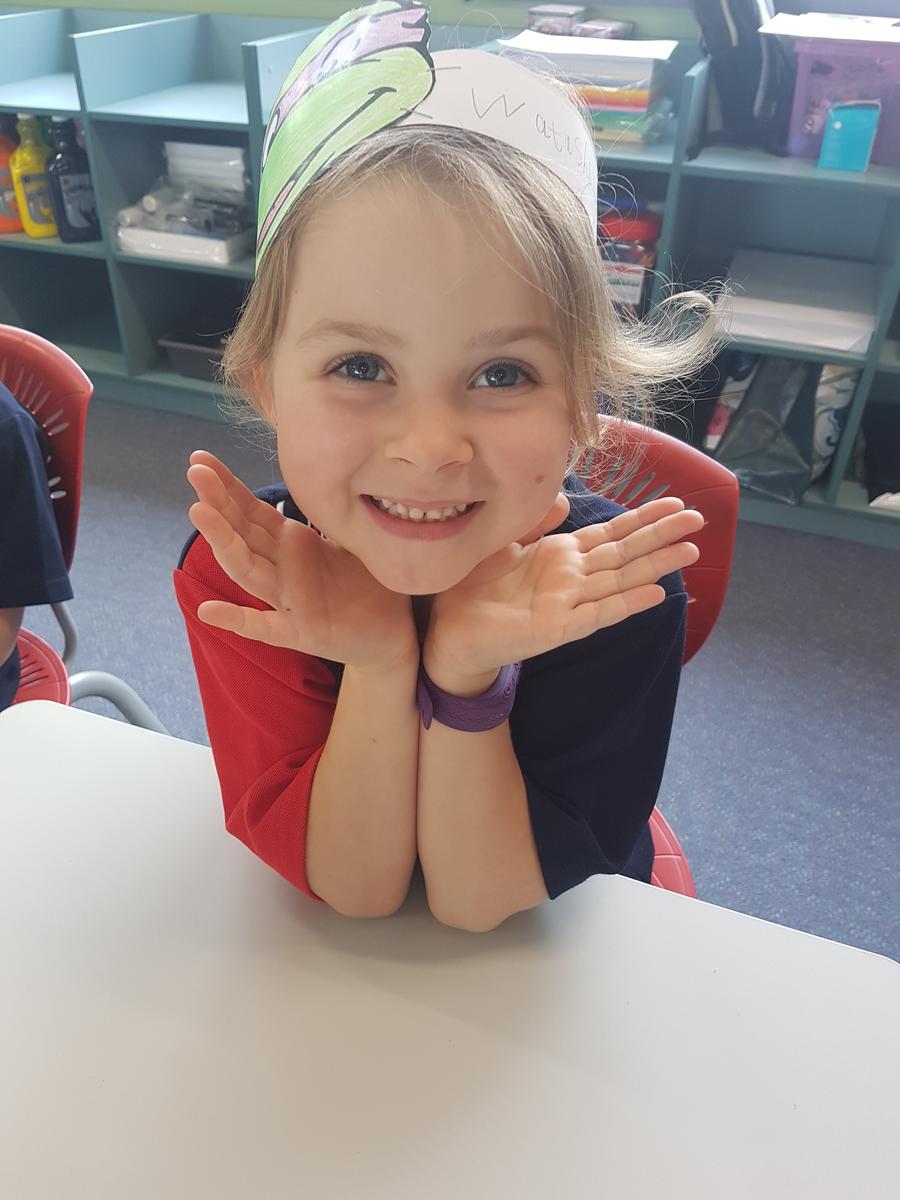
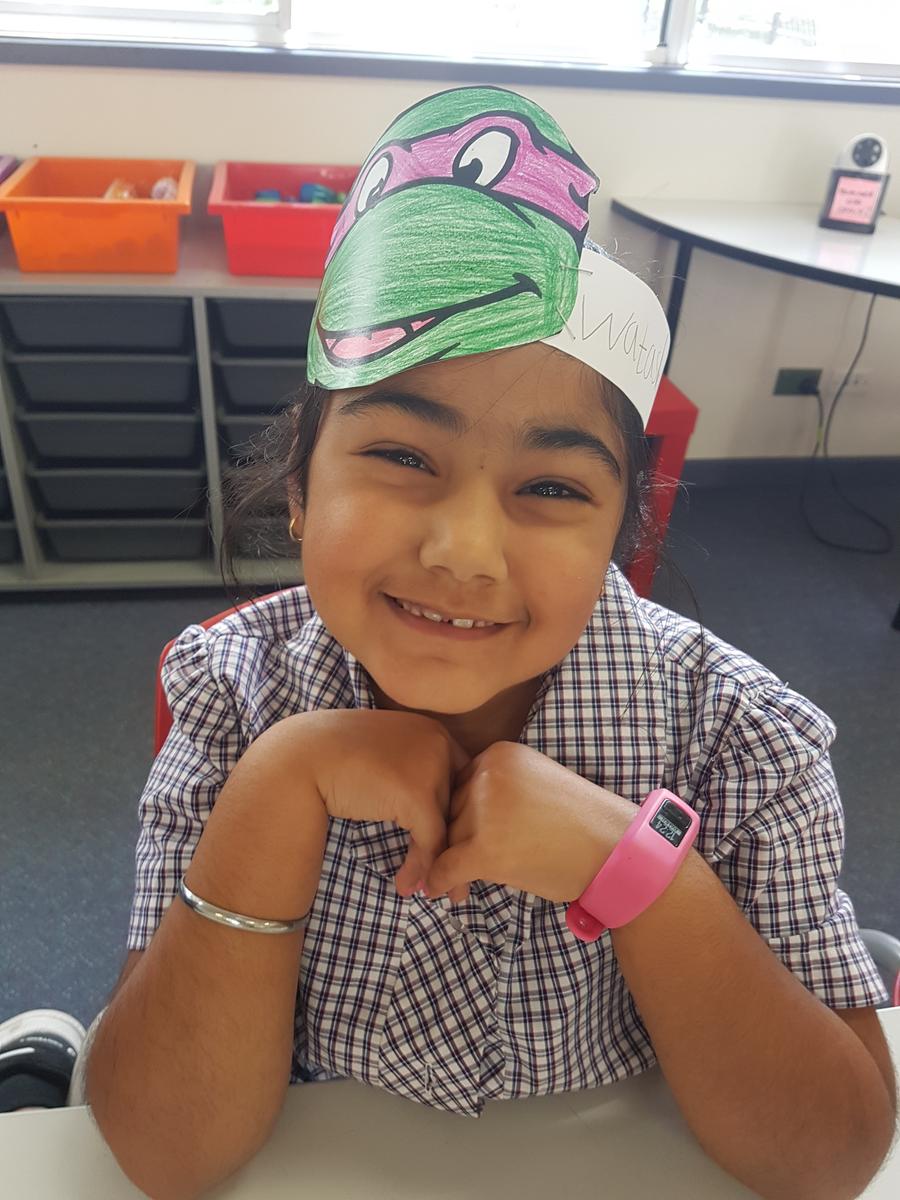
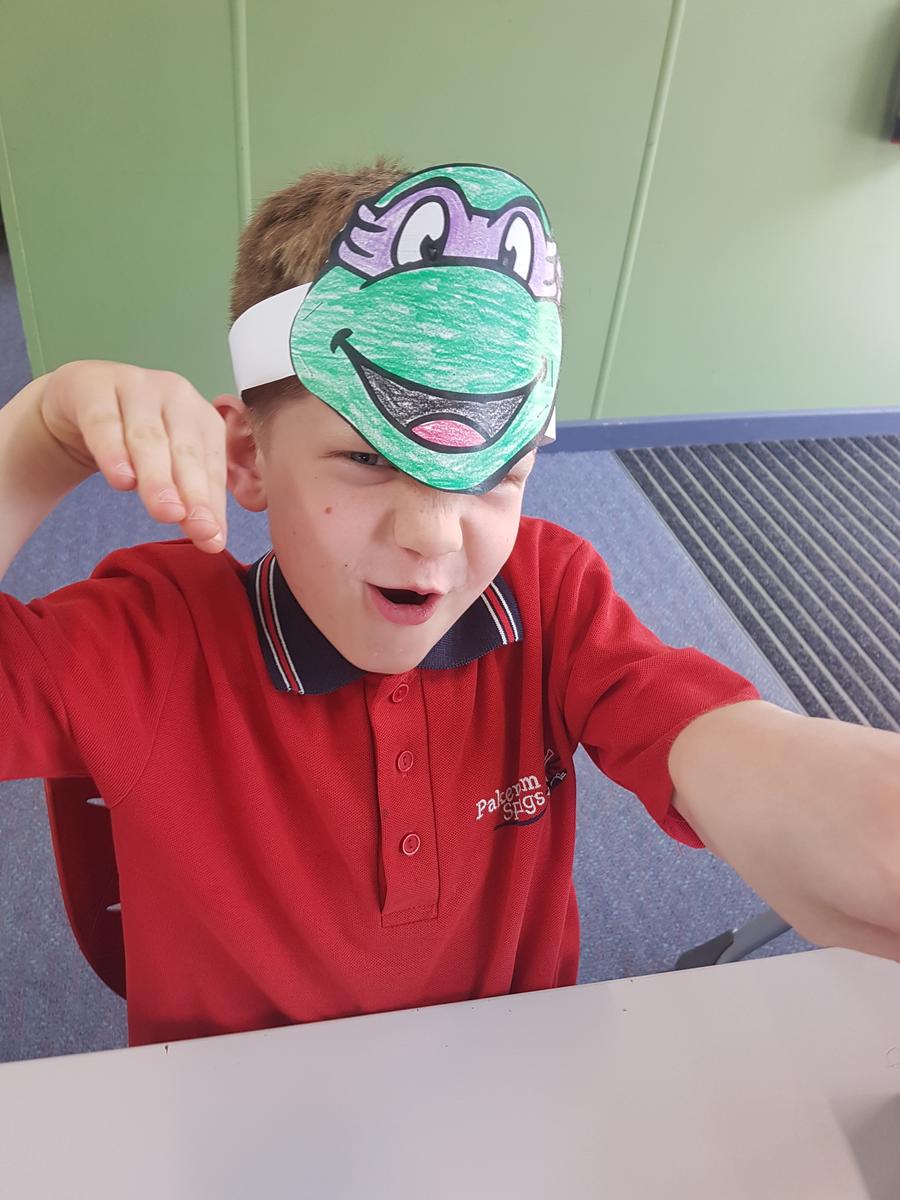
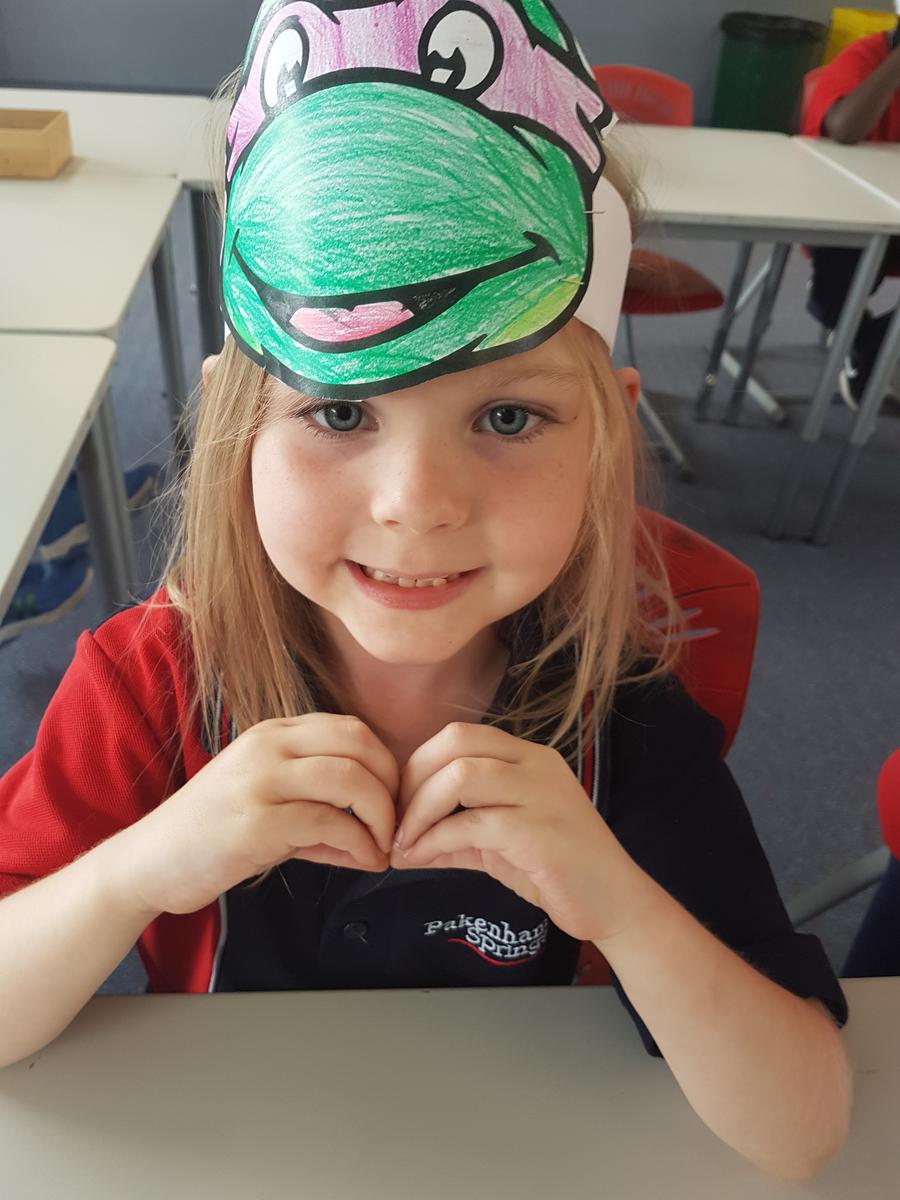
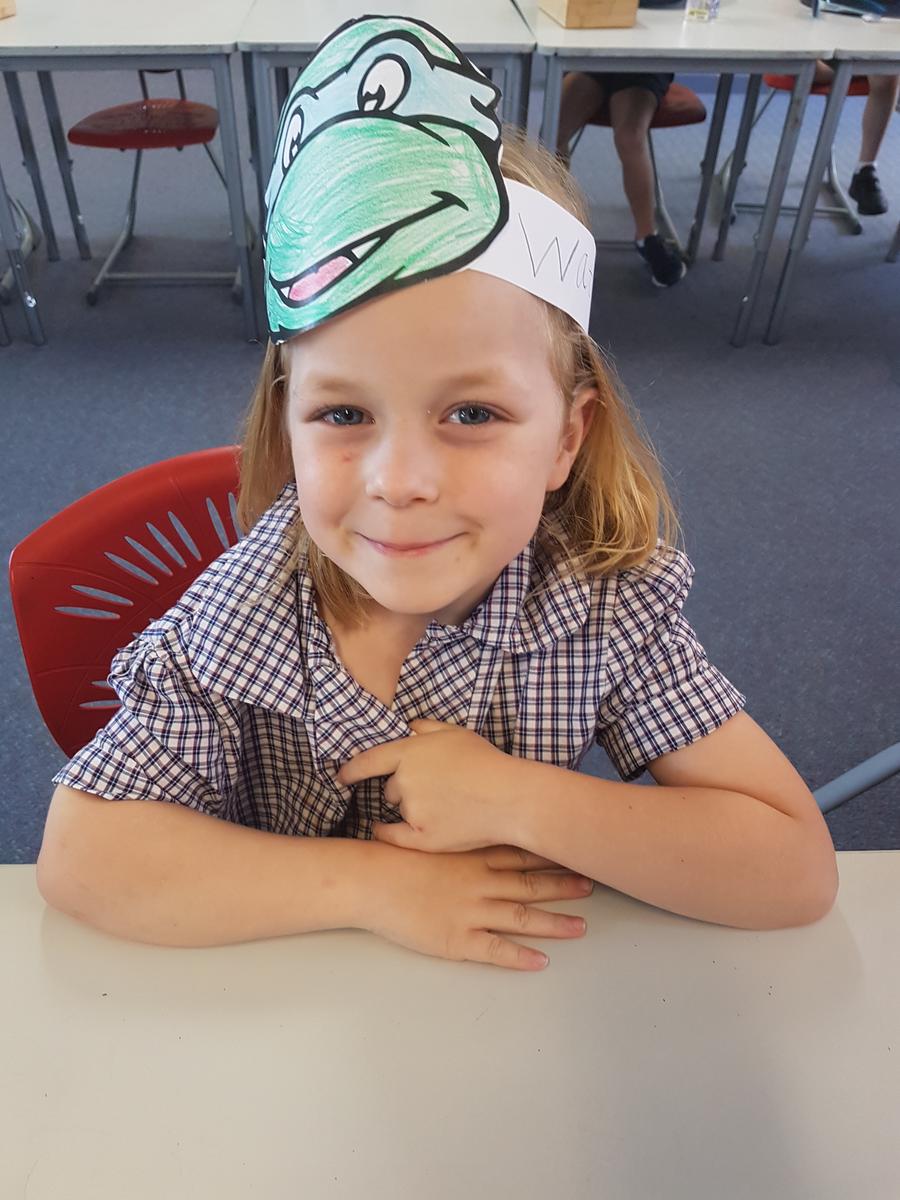
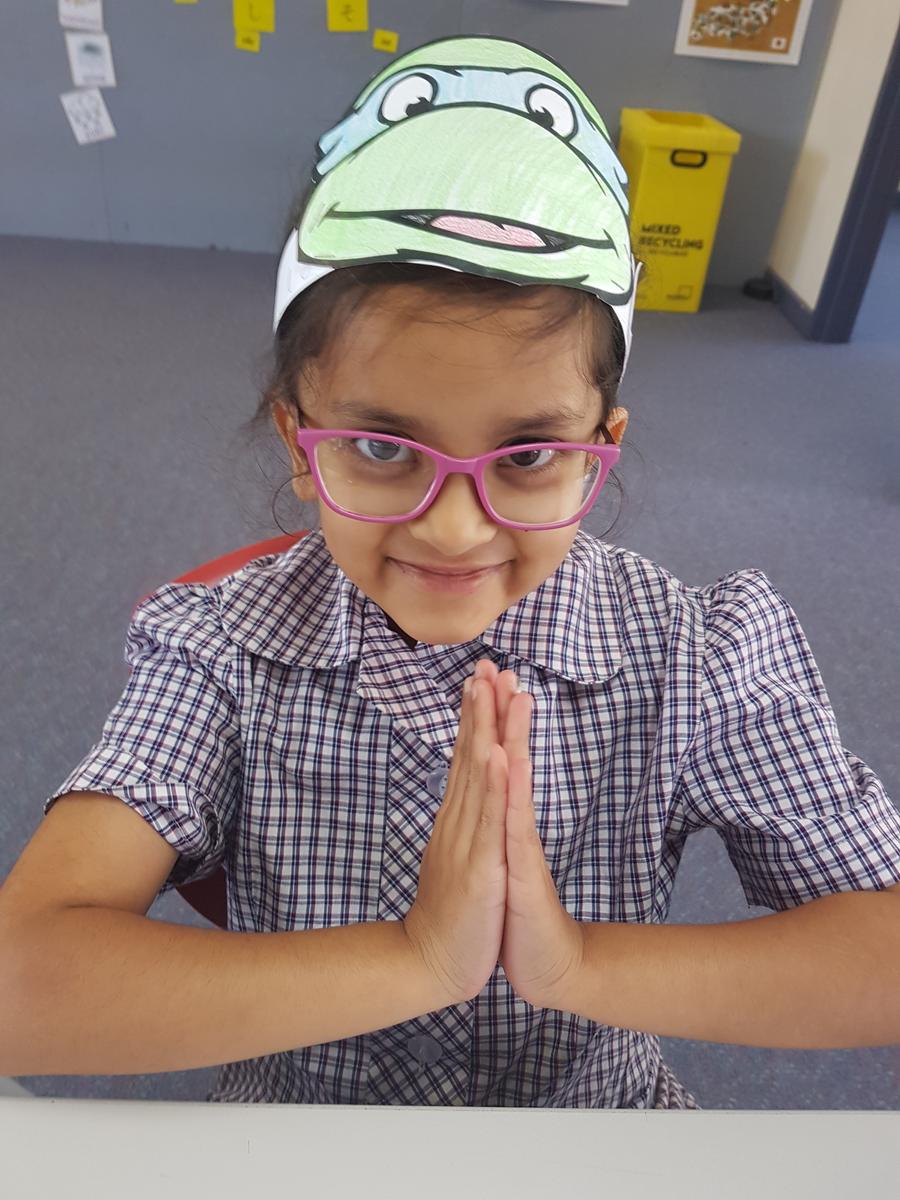
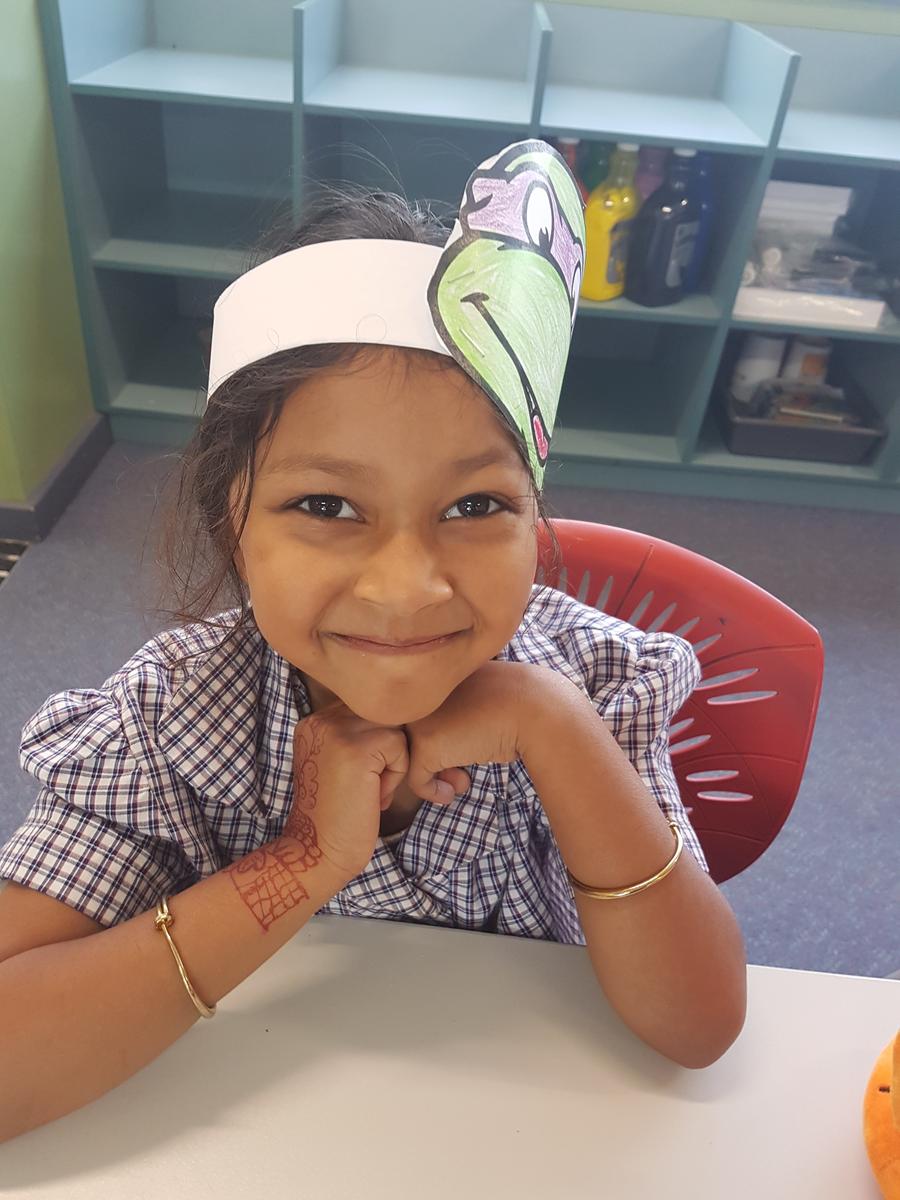
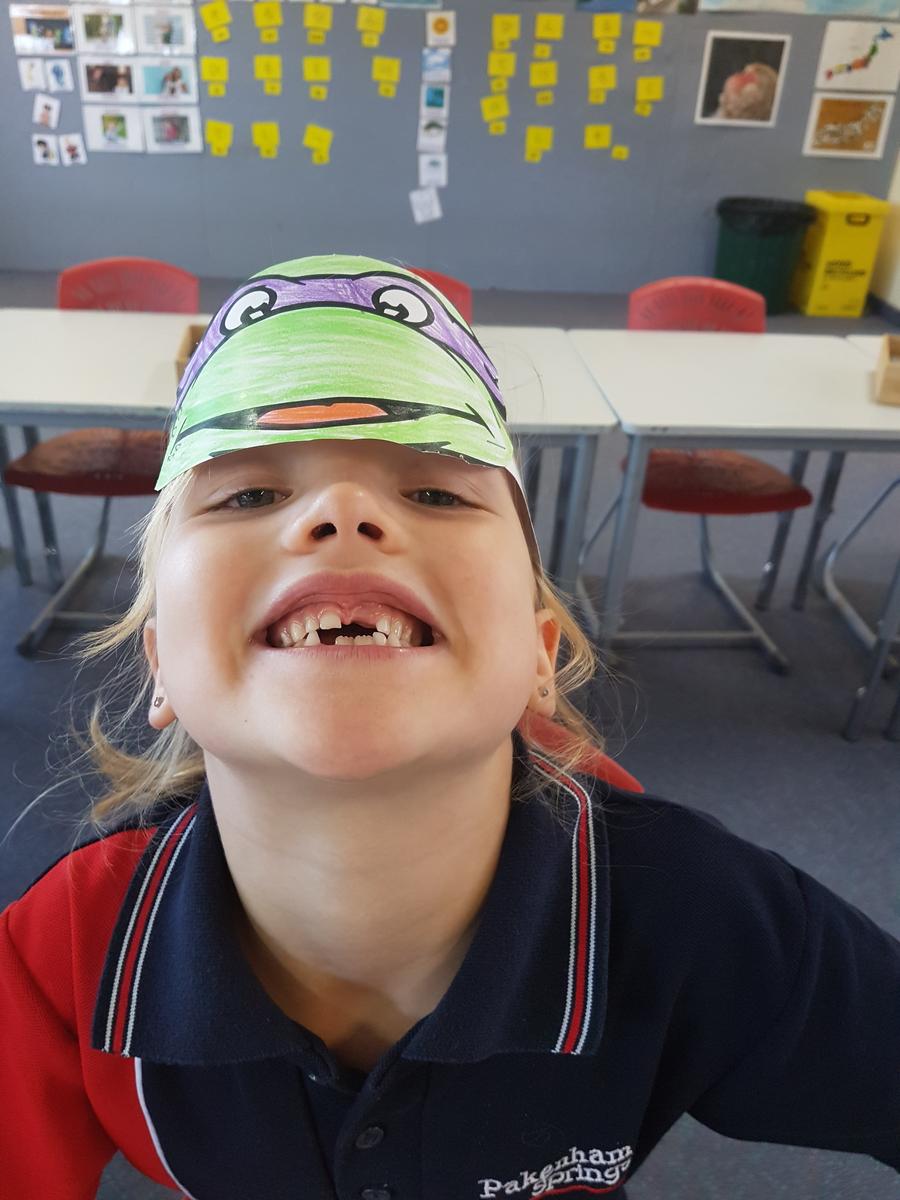
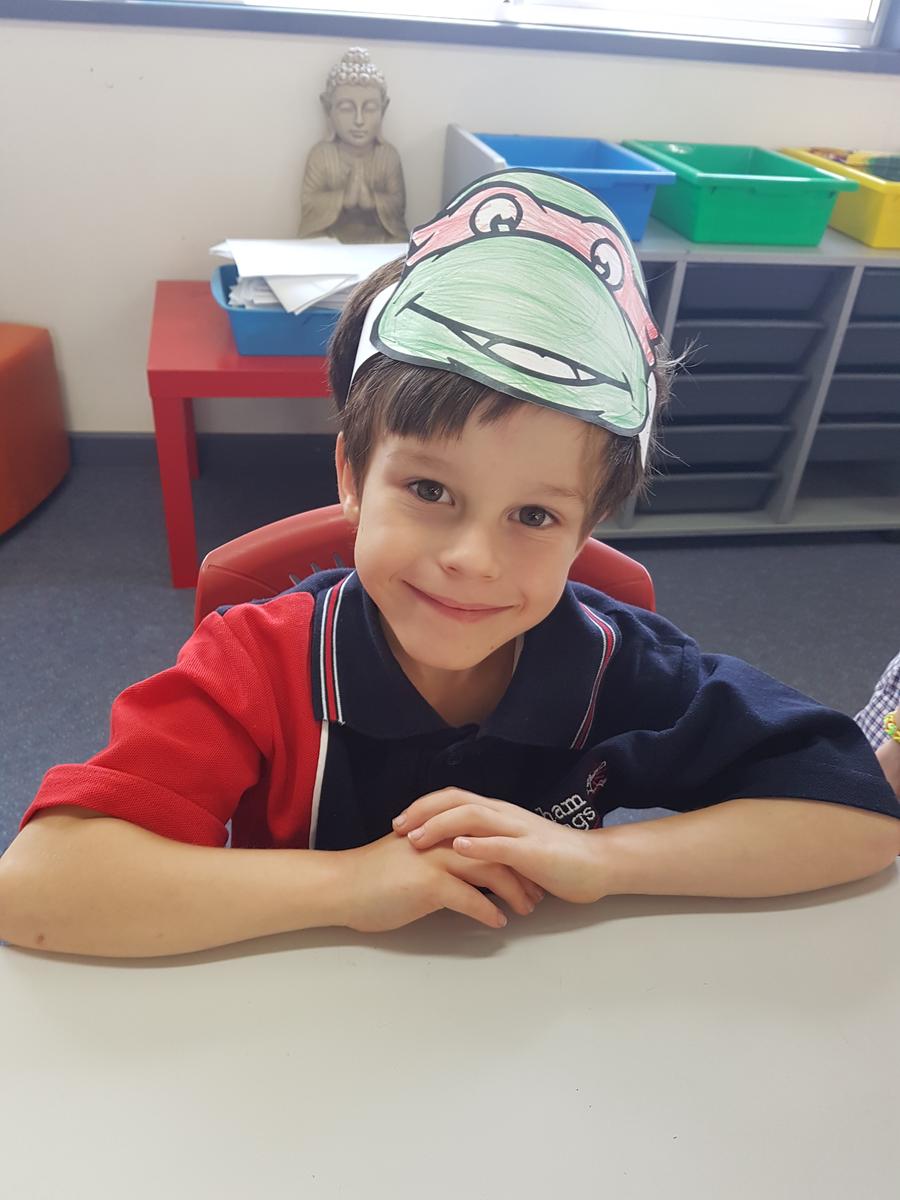
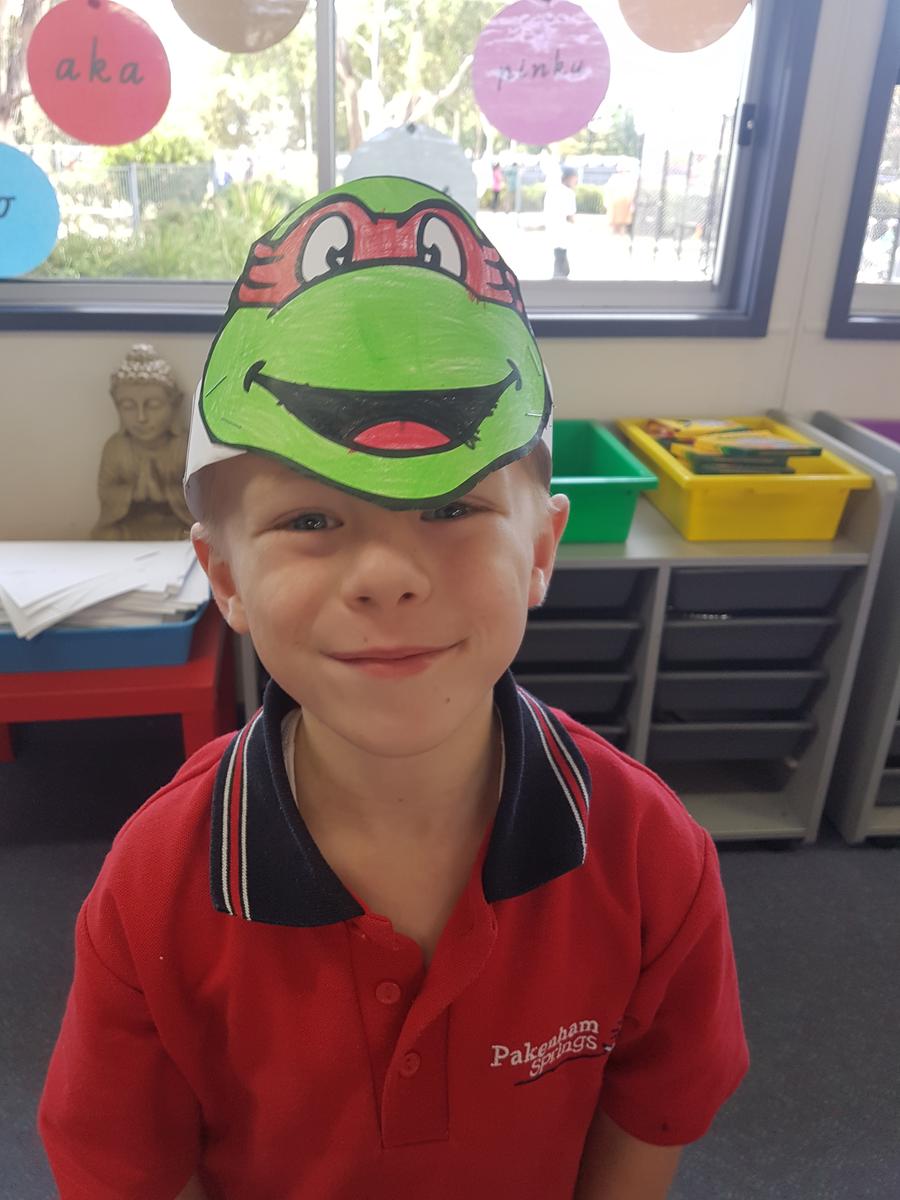
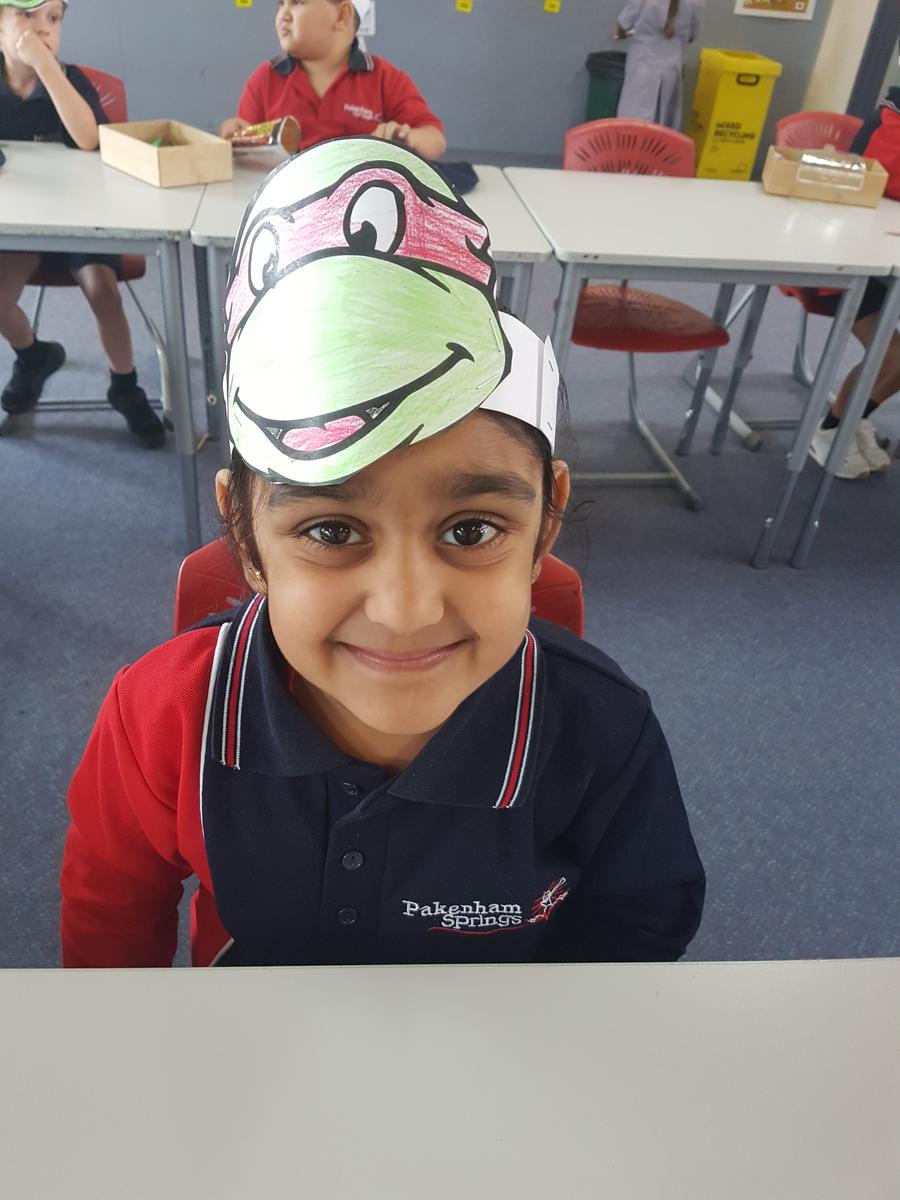
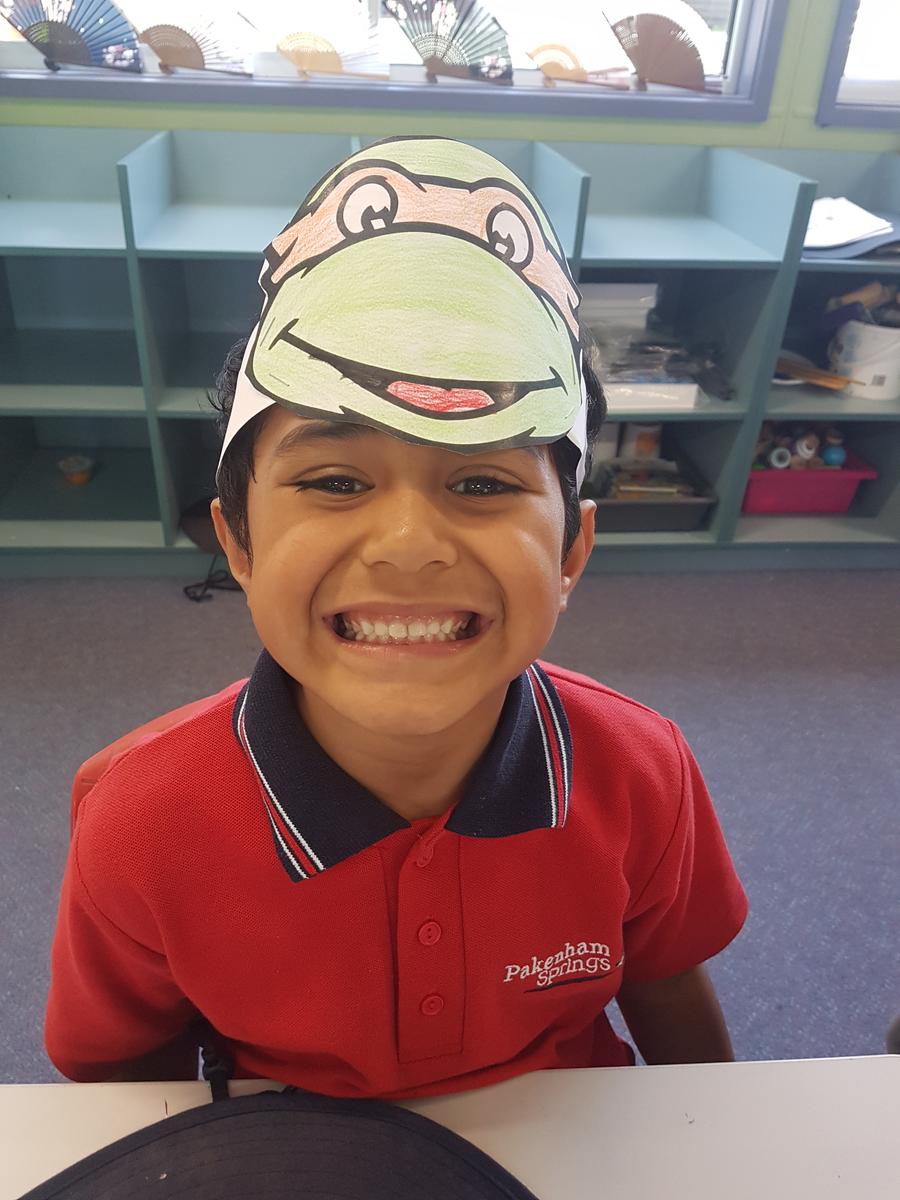




































Students were delighted to make a Teenage Mutant Ninja Turtle headband, which included their name sentence. In addition to working on an individual level, students also considered what it means to be different and celebrated the special qualities of others, along with themes of belonging, when reading the story “Not Quite Narwhal”.
YEAR TWO
Year Two students commenced the year by translating their own name into Katakana text, which is generally used for “borrowed” words that sound similar to English. They compared this text type to Hiragana, which is the traditional Japanese alphabet, as well as Kanji, which are symbols used to represent meaning. Students engaged in role plays when meeting new people and exchanged phrases, such as “What is your name?” and “How are you?”. With guidance, they were able to respond with a range of possessive sentences and Kimochis (feeling words). For example, “Watashi no namae wa Penny desu” (My name is Penny) and “Watashi wa ureshii desu” (I am happy). Students explored a map of Japan in more detail, focusing on major cities and tourist attractions, such as Tokyo. During these lessons, they asked the question “Doko desuka?” (Where are they?) and learnt how to use the verb “imasu” to say someone exists in or at that place.
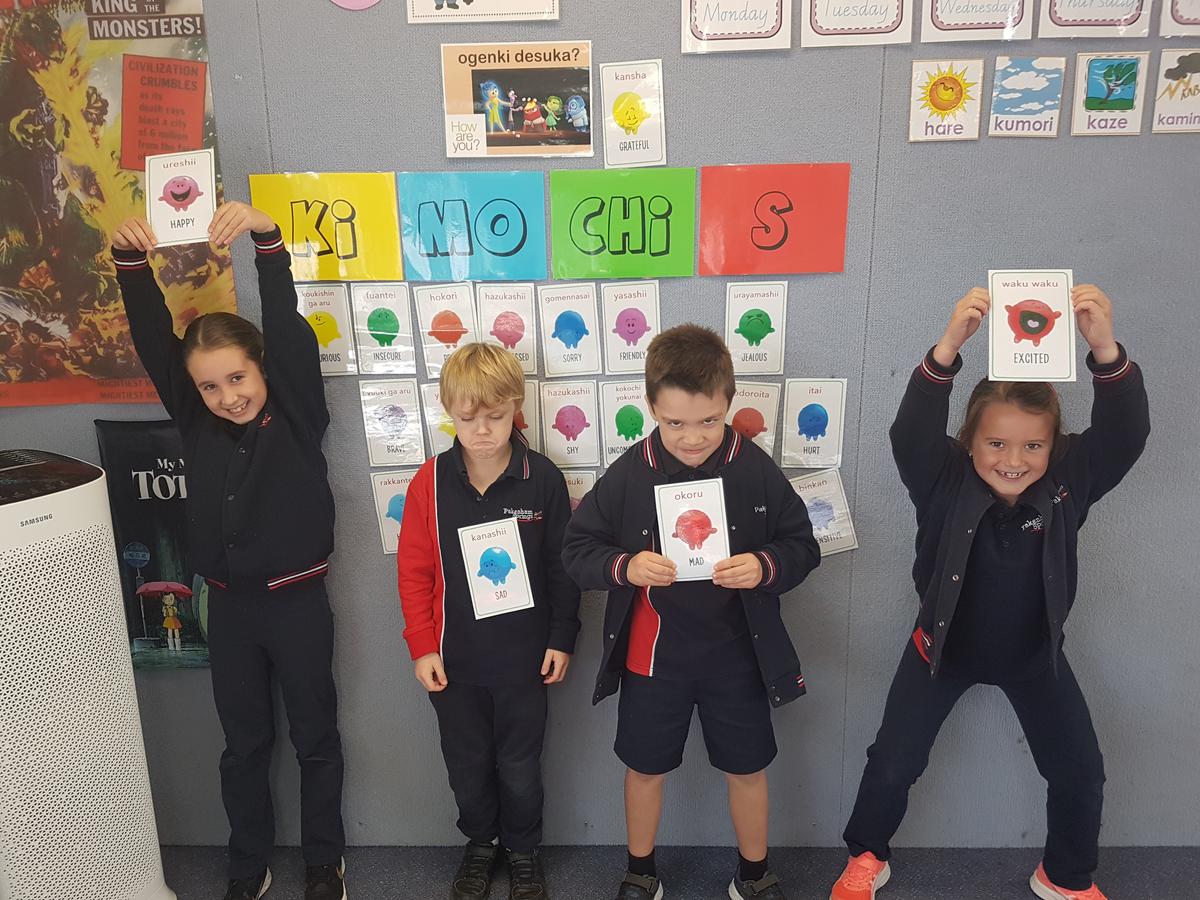

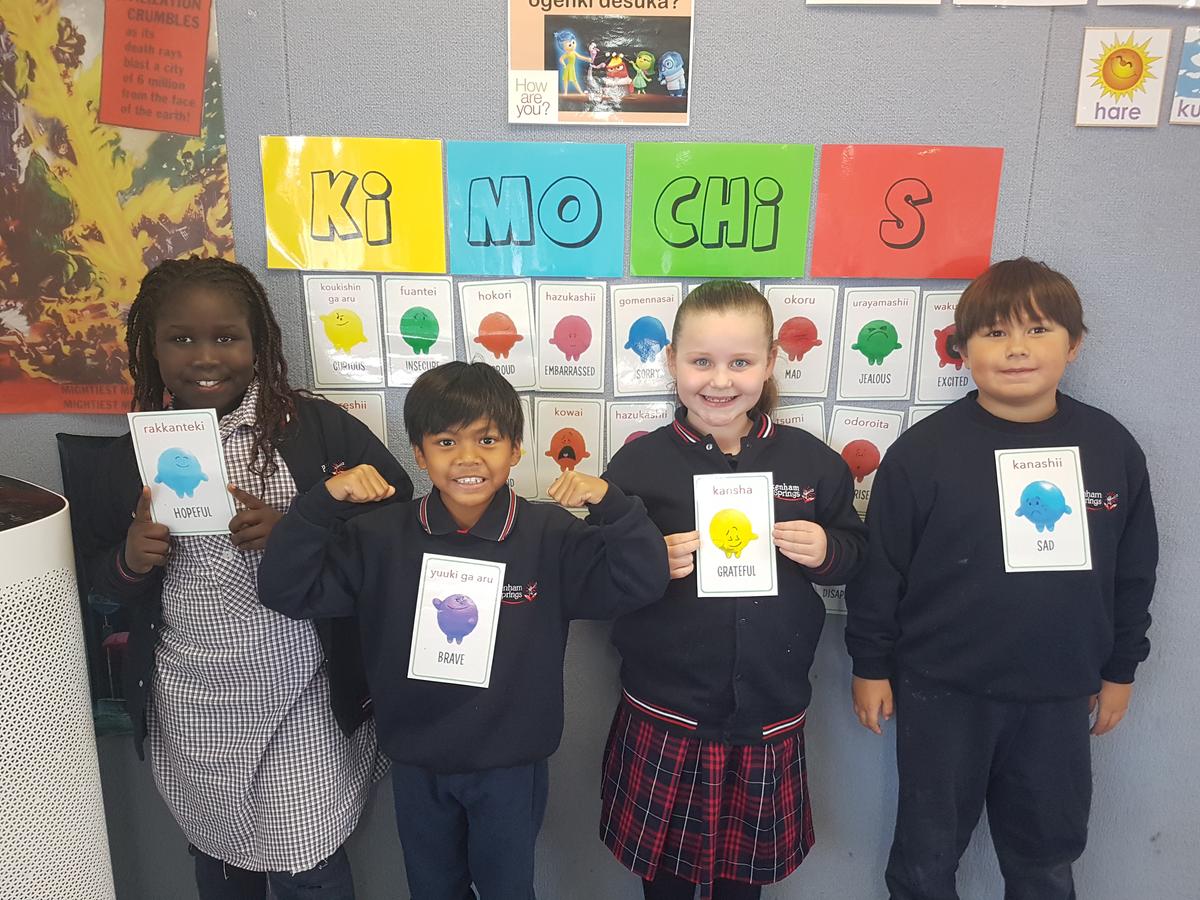



Students reviewed the basic colour words, but this time in Hiragana or Katakana text instead of Romaji (English letters). They also added some new colour words to their vocabulary and had a go at singing the familiar song “I Can Sing A Rainbow” in Japanese. During Diversity Week, Year Twos celebrated being yourself and discussed some important related themes via picture book “Red: A Crayon’s Story”. They acknowledged Easter, by making an origami rabbit and putting it into a celebratory triorama. This term, students began to revise the Kanji numbers to 20, enjoying several self-made games of Bingo. They also built on these Numeracy skills as they started to form 2-digit numbers up to 99. Similarly, they reviewed the one-stroke Hiragana alphabet in a variety of fun ways, including a Hiragana Hunt around the school, and will continue to add new kana (letters) throughout the year.
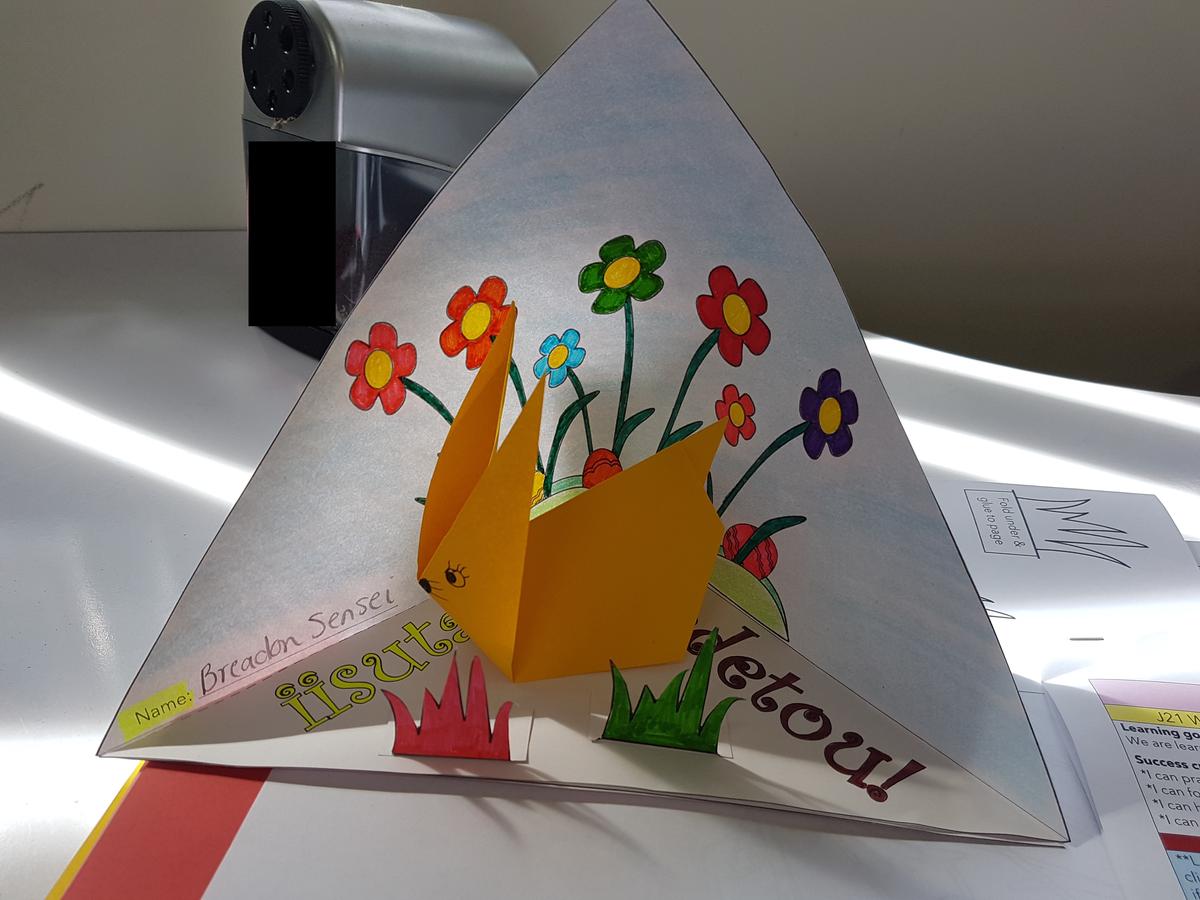
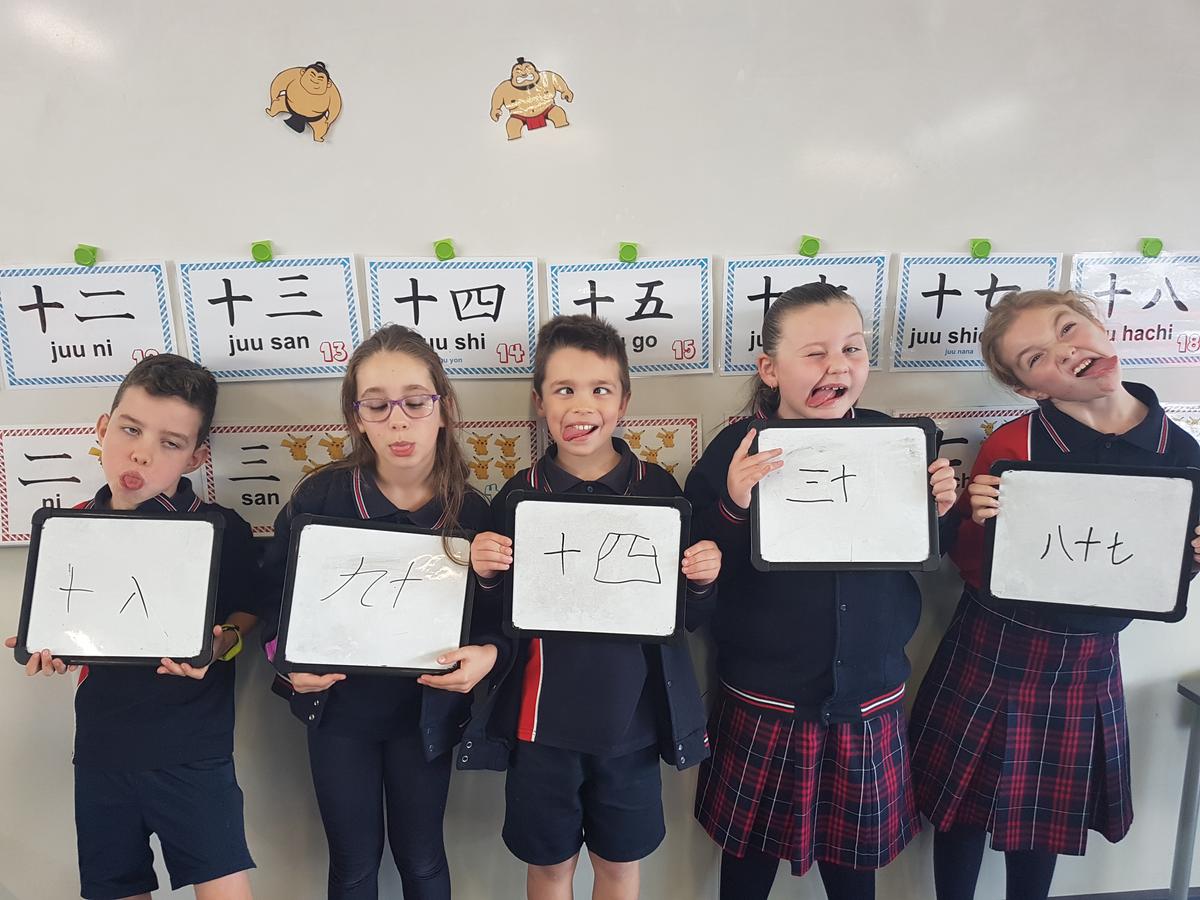
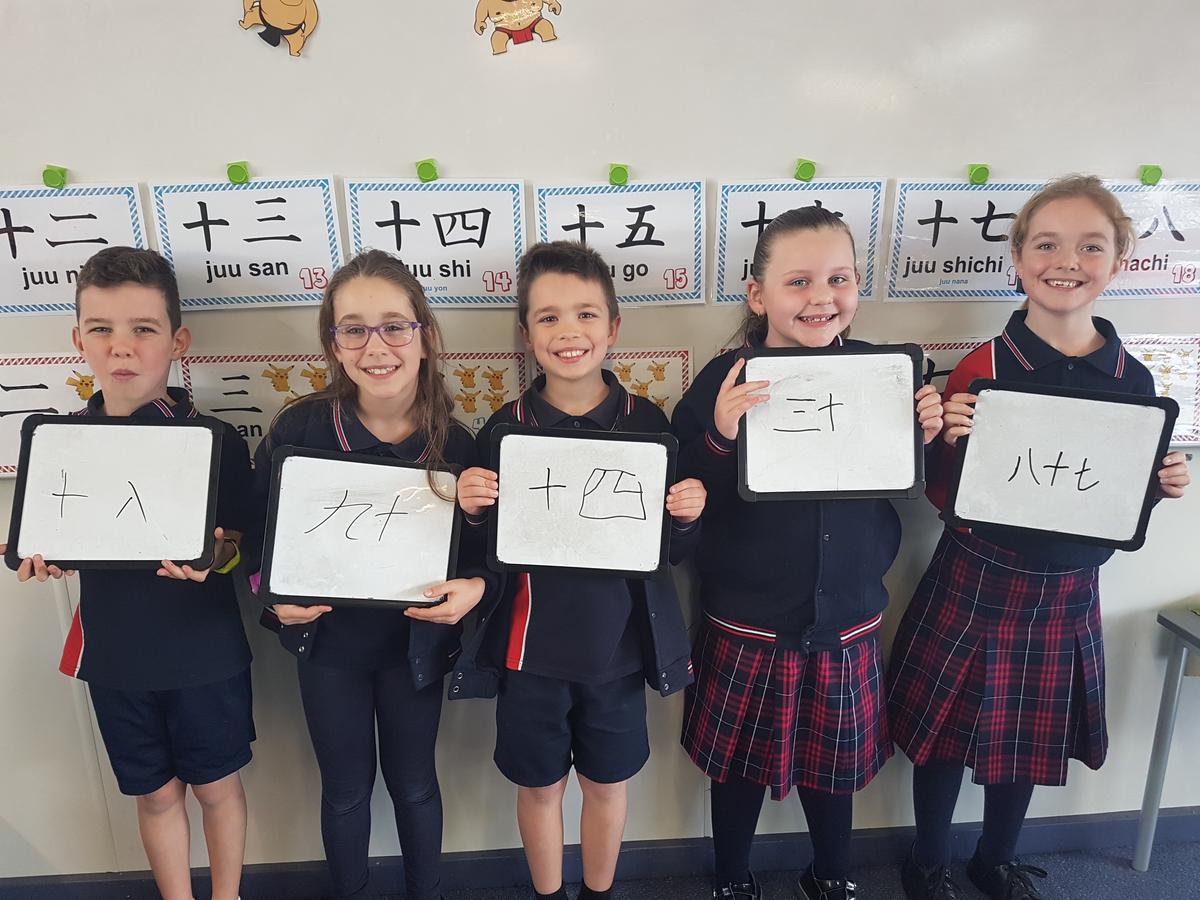
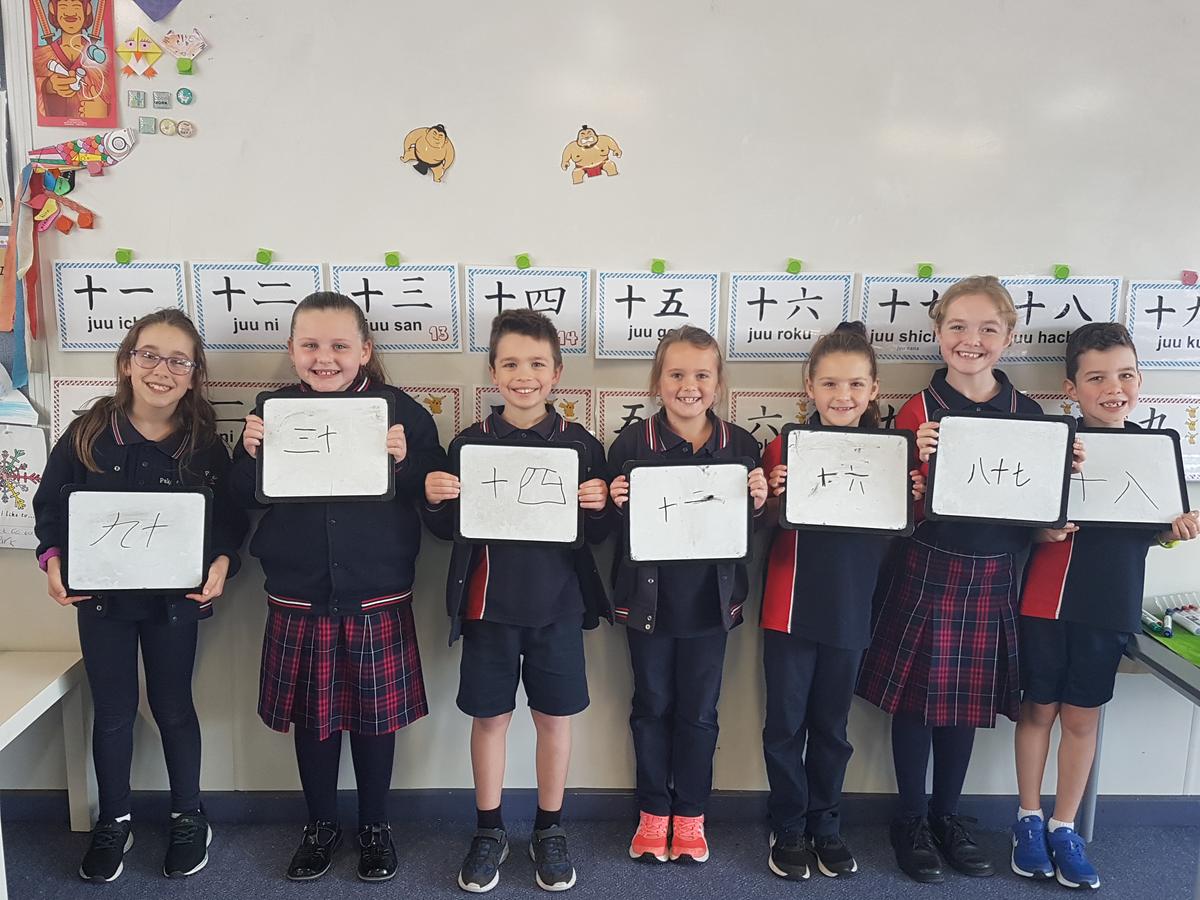
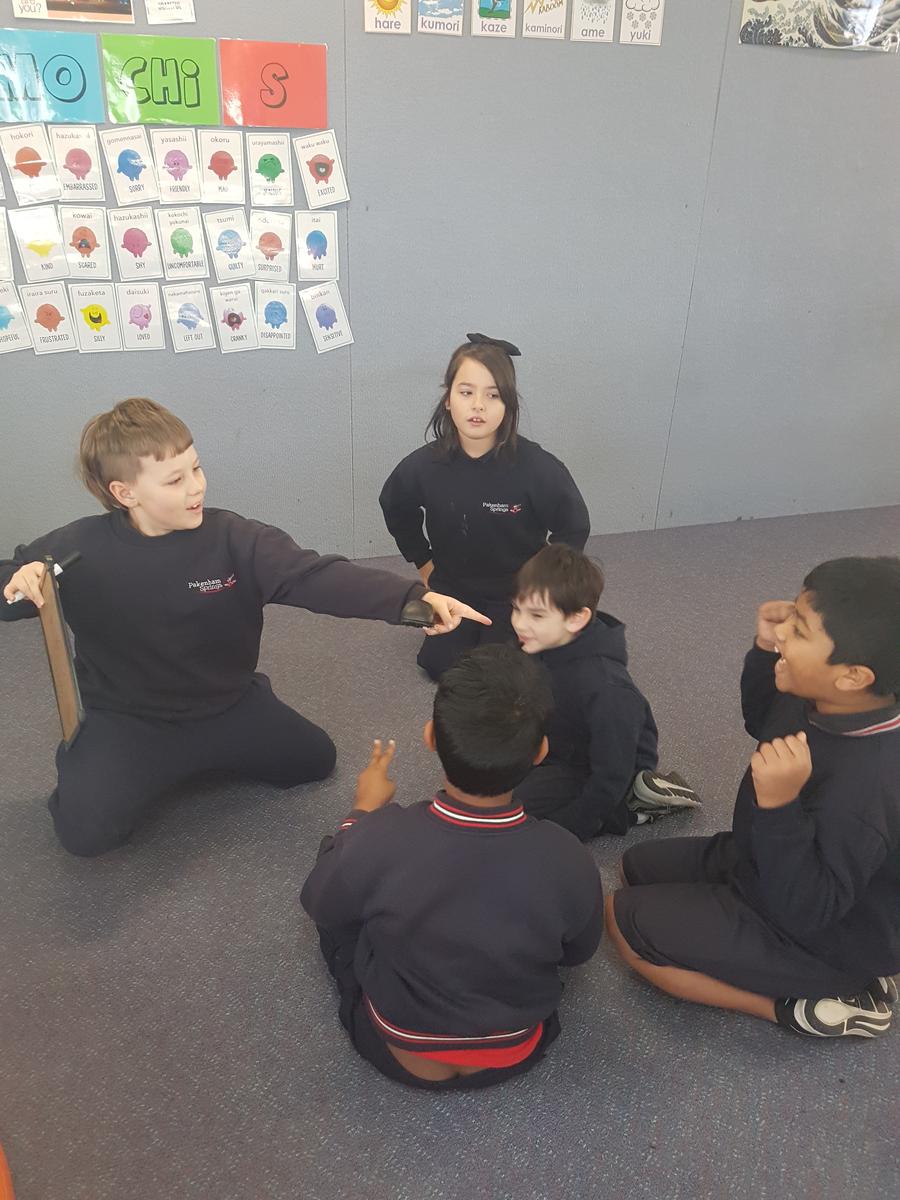
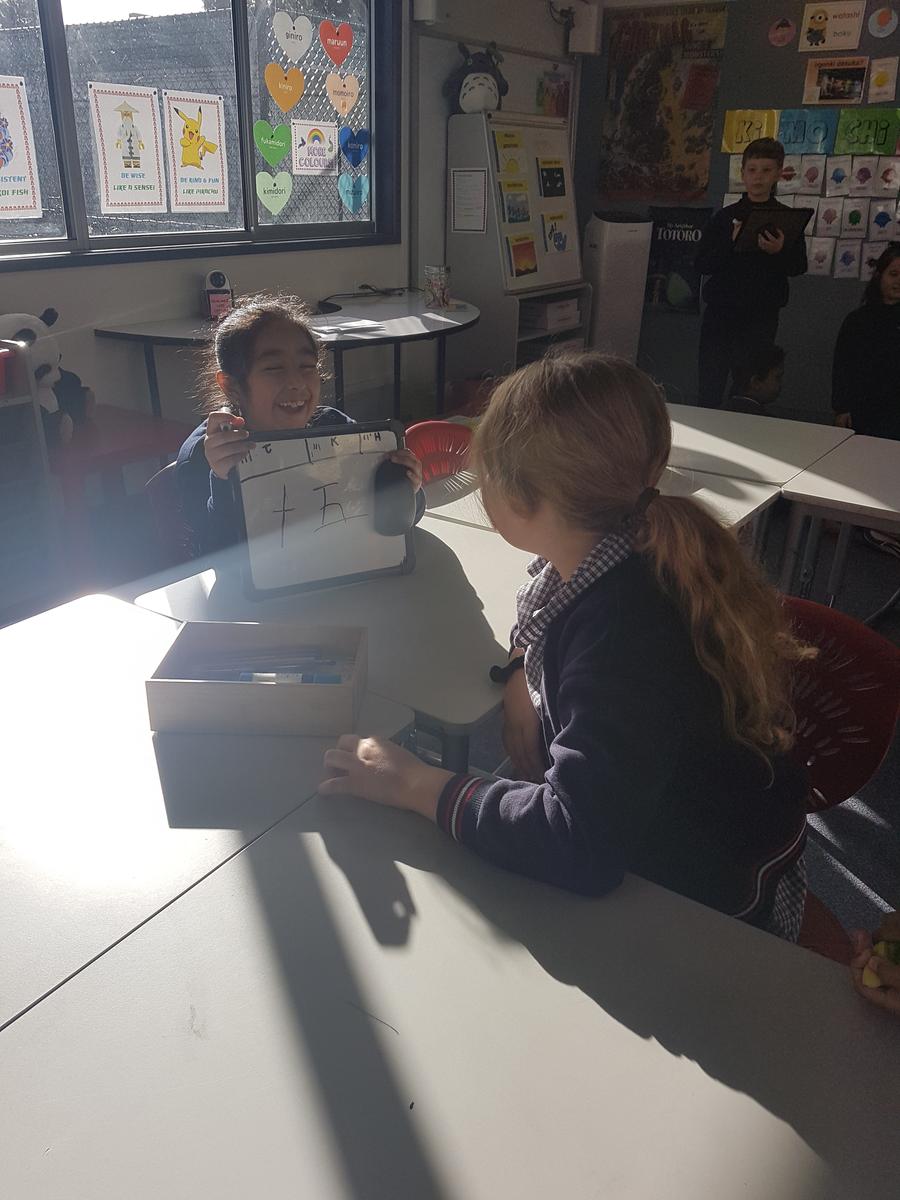
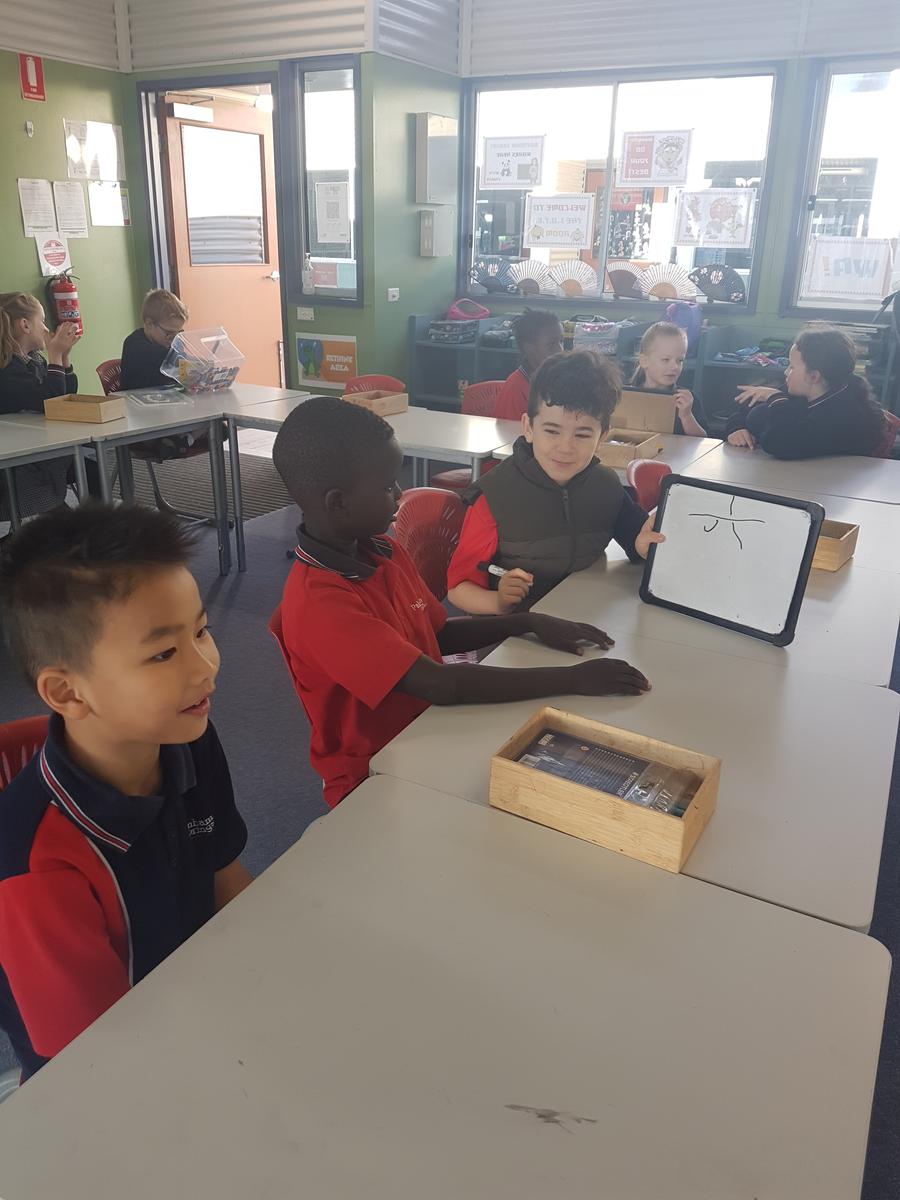
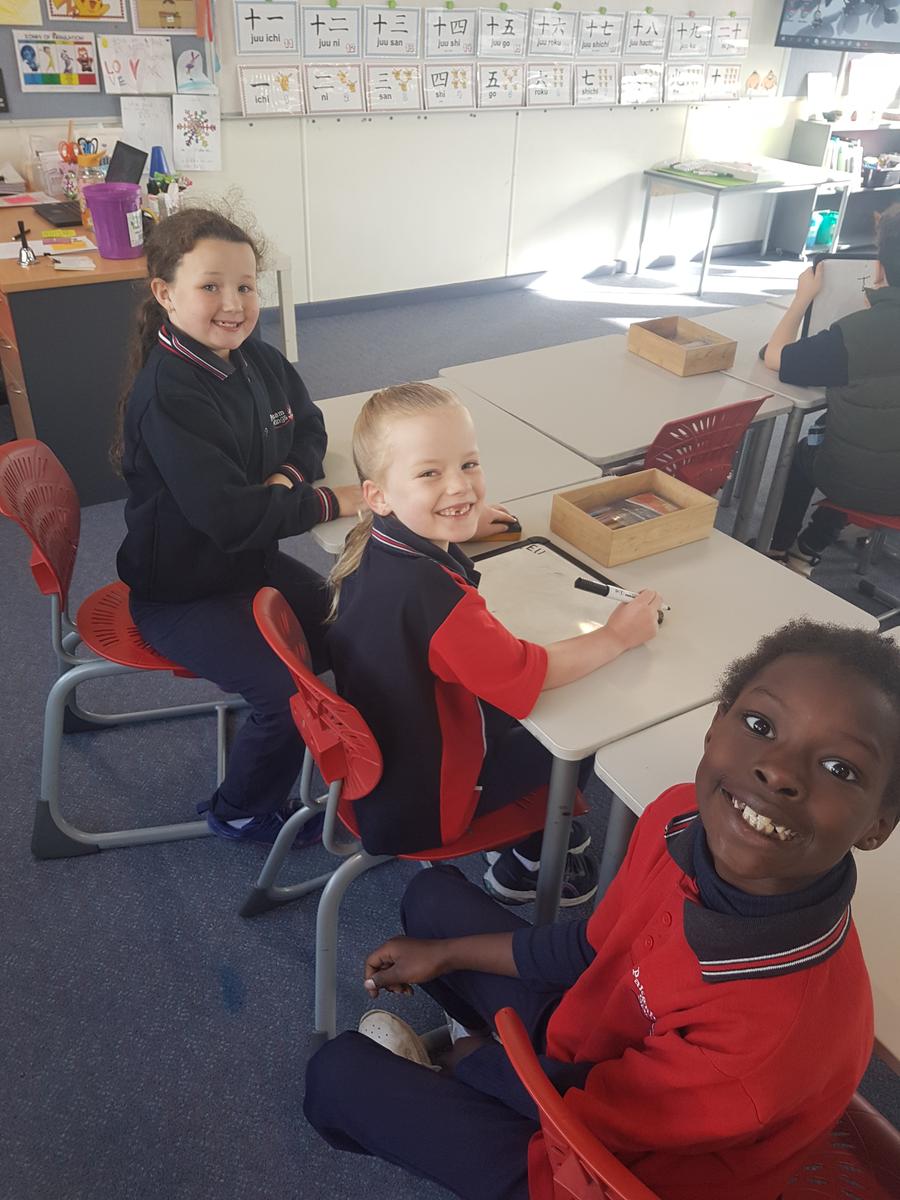








In Term 2, we welcomed Ms Rachel Tierney as our Monday L.O.T.E. teacher for the remainder of 2022, with myself continuing to teach Tuesday to Thursday classes.
We are both looking forward to an exciting and productive Semester Two.
Matane!
'Breadon Sensei'
LOTE Japanese Teacher